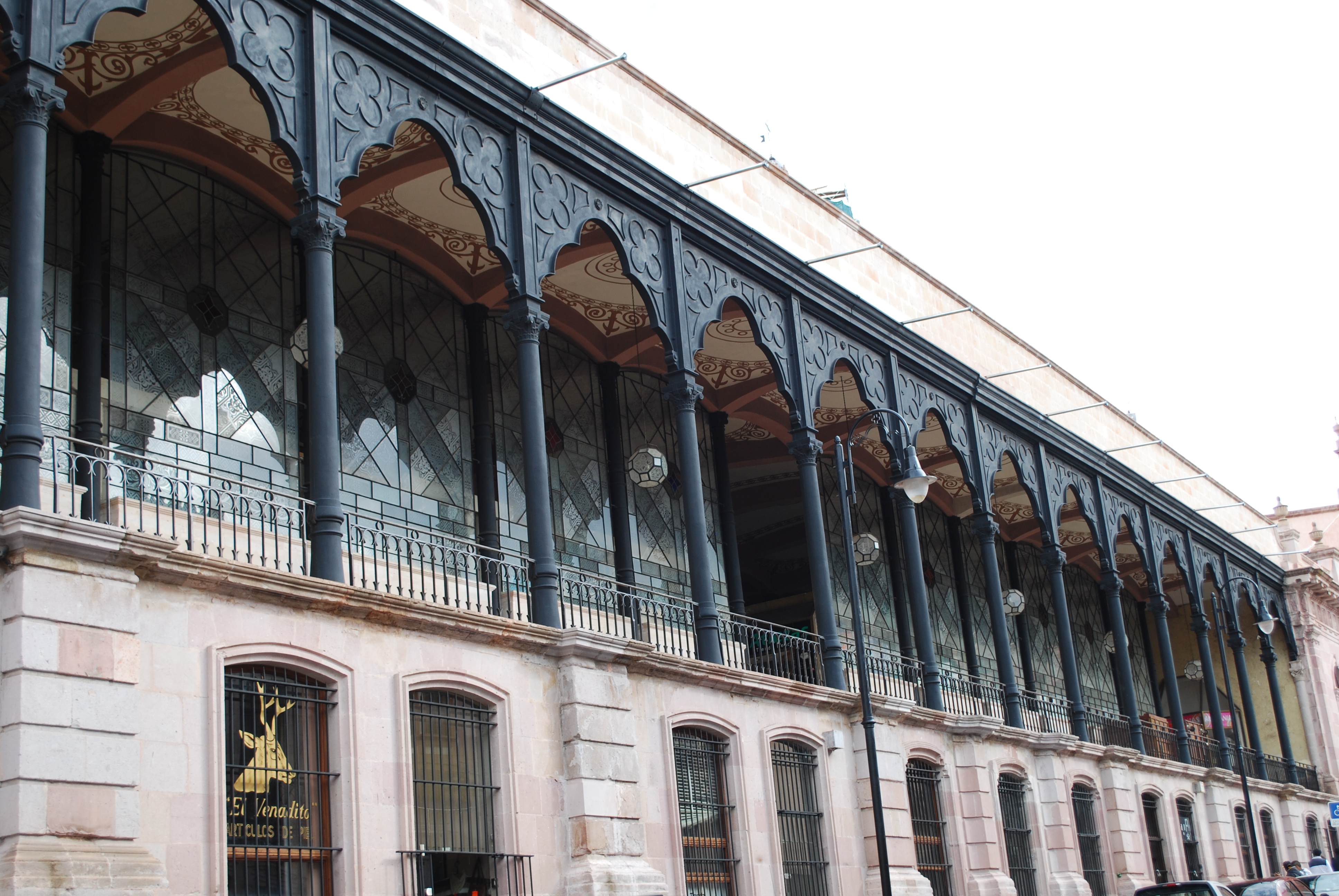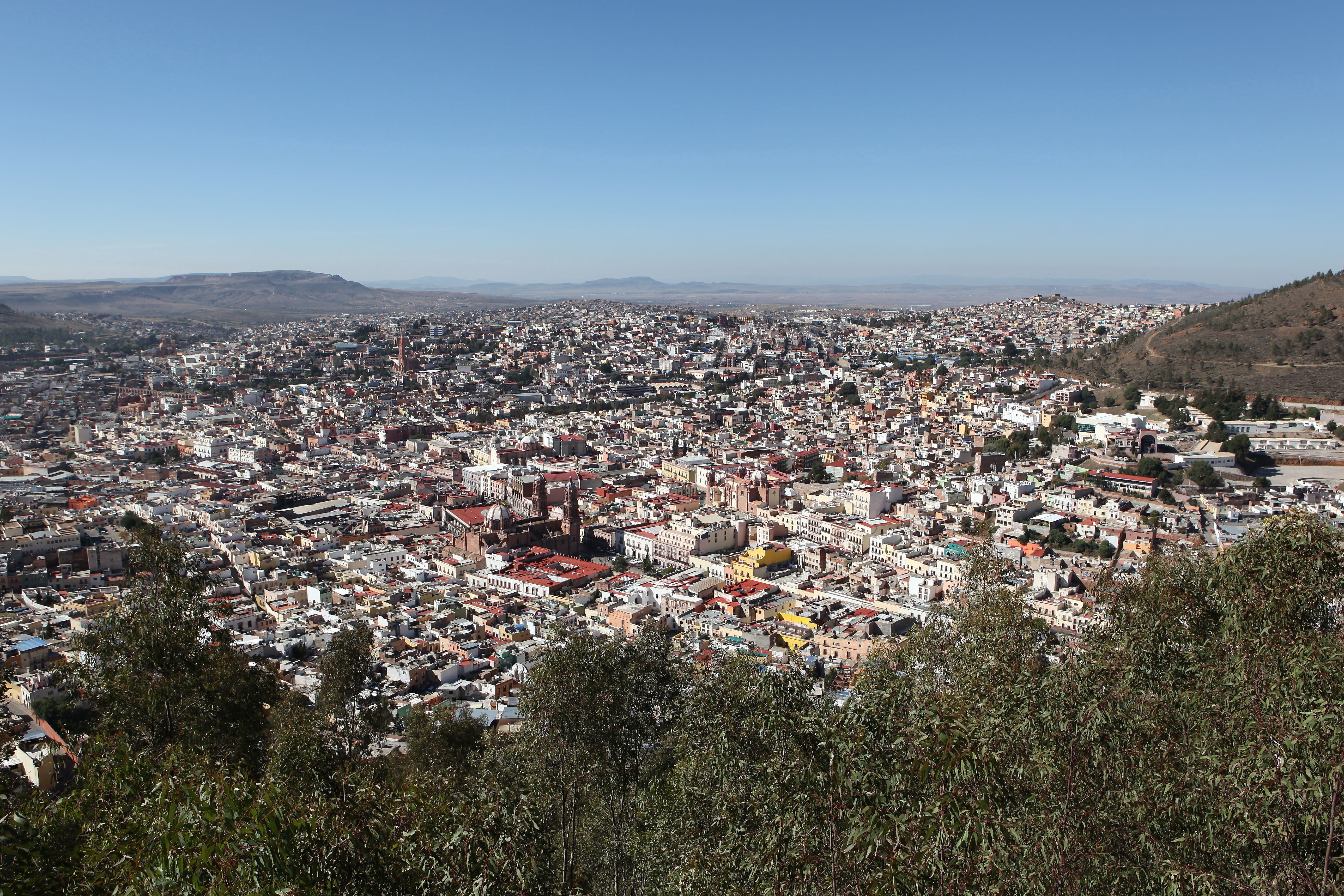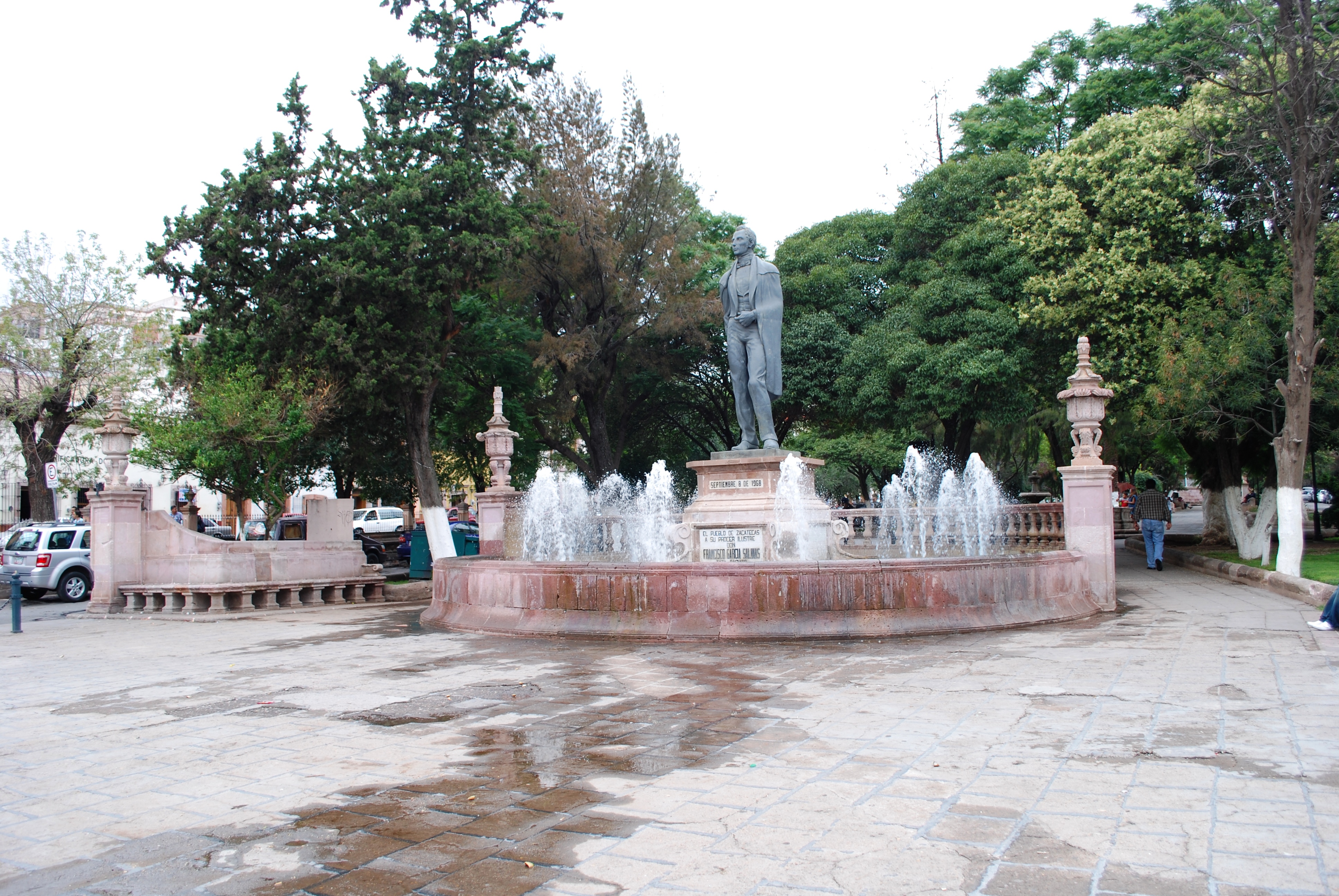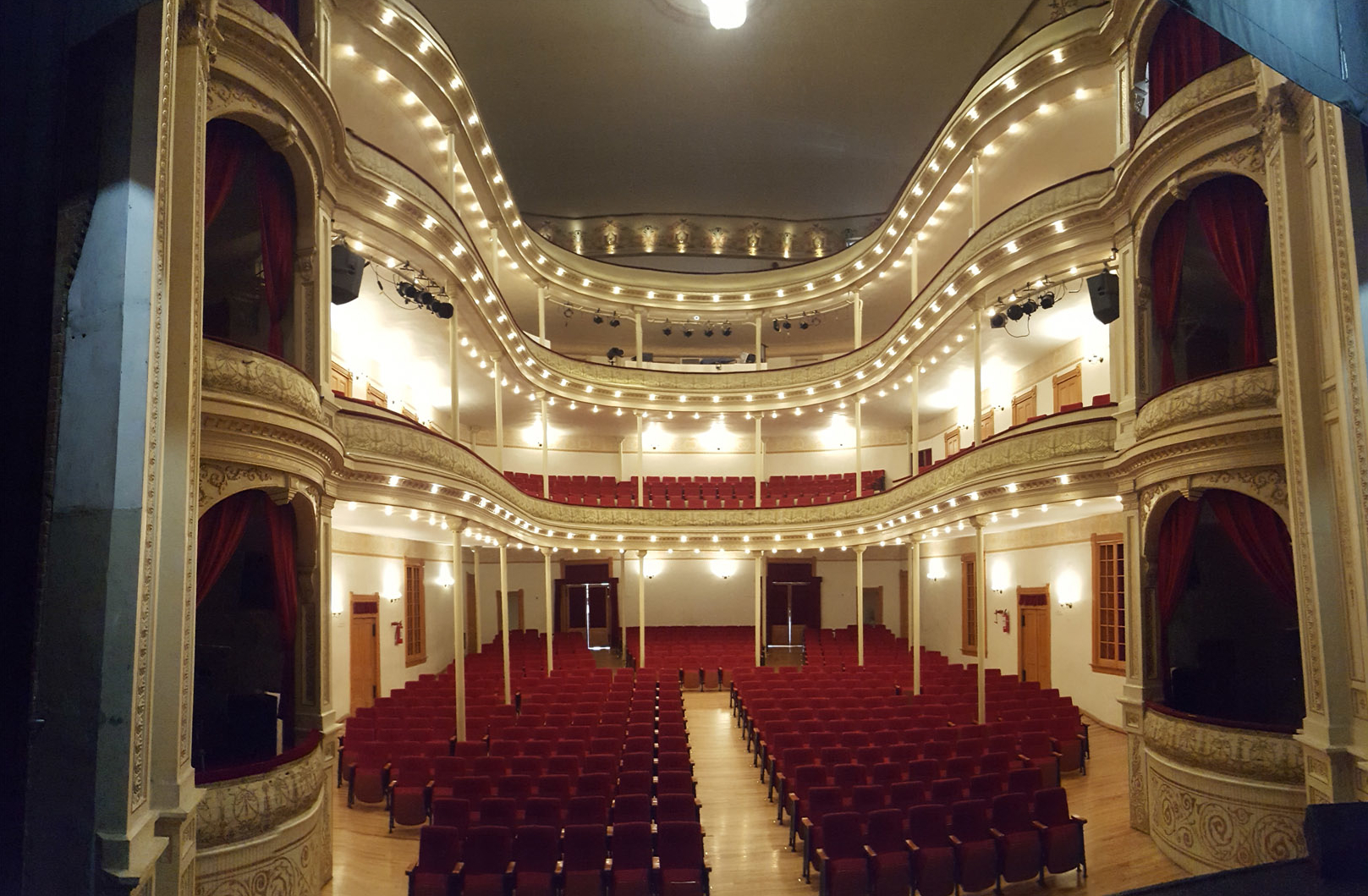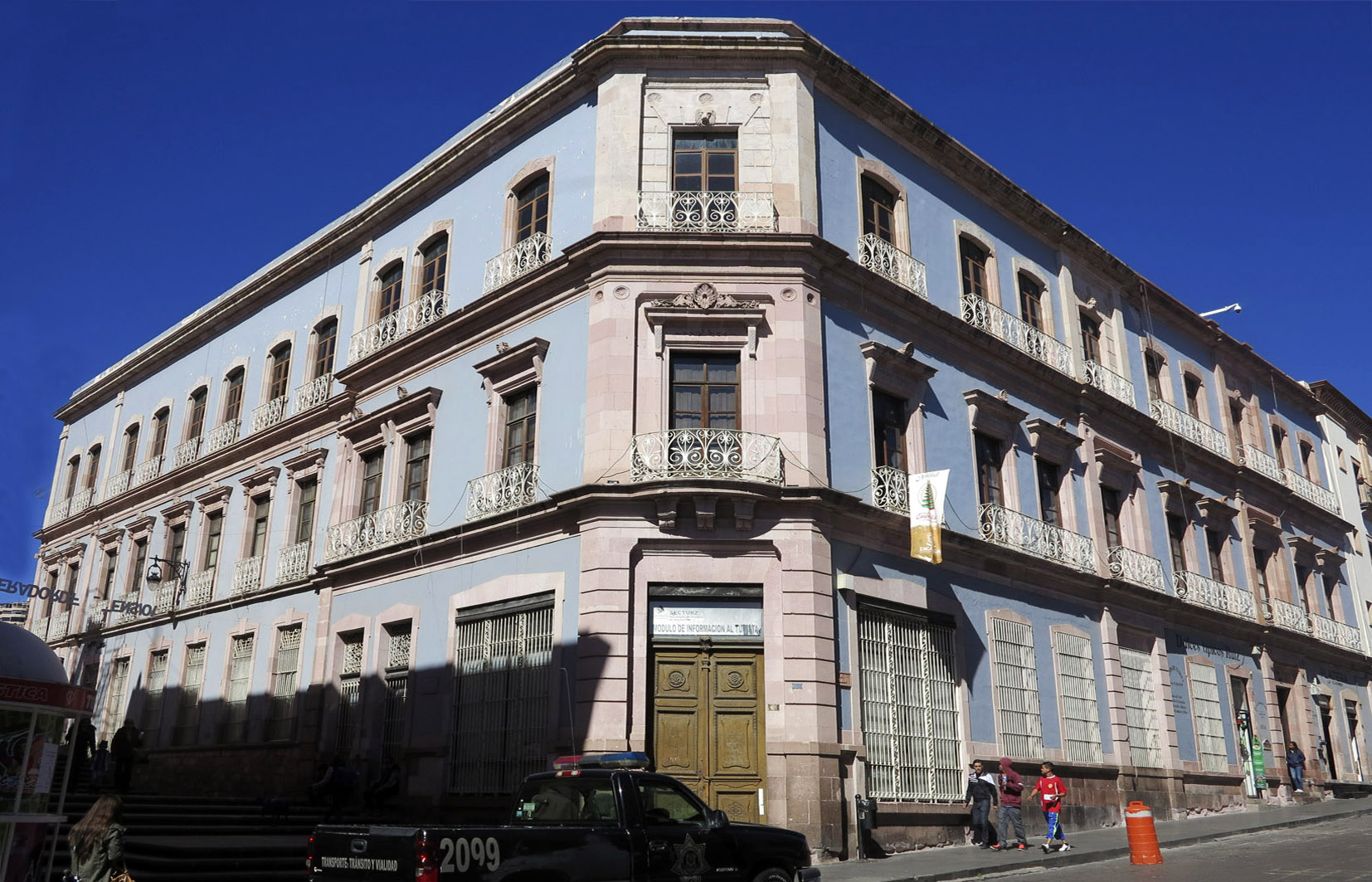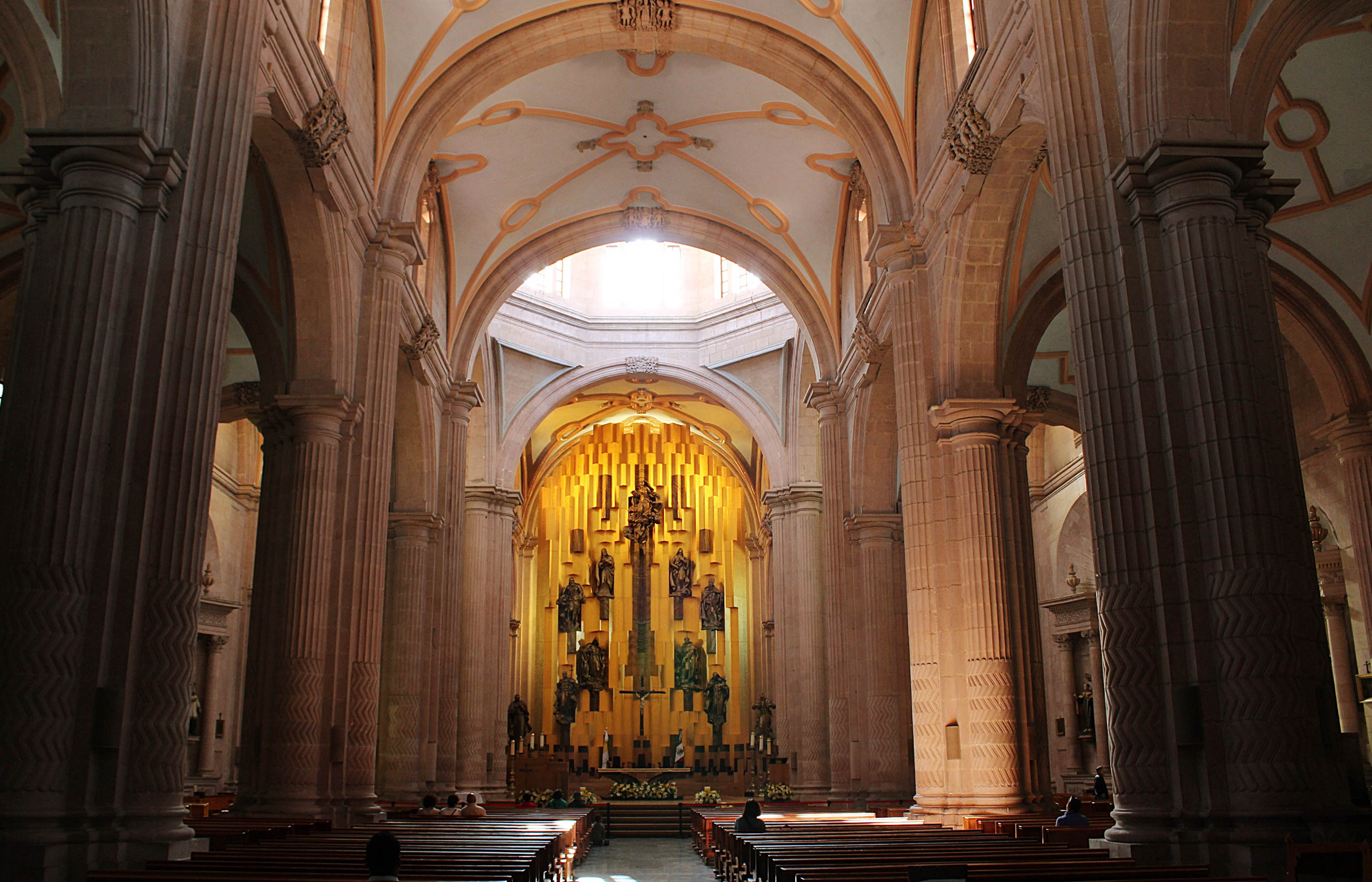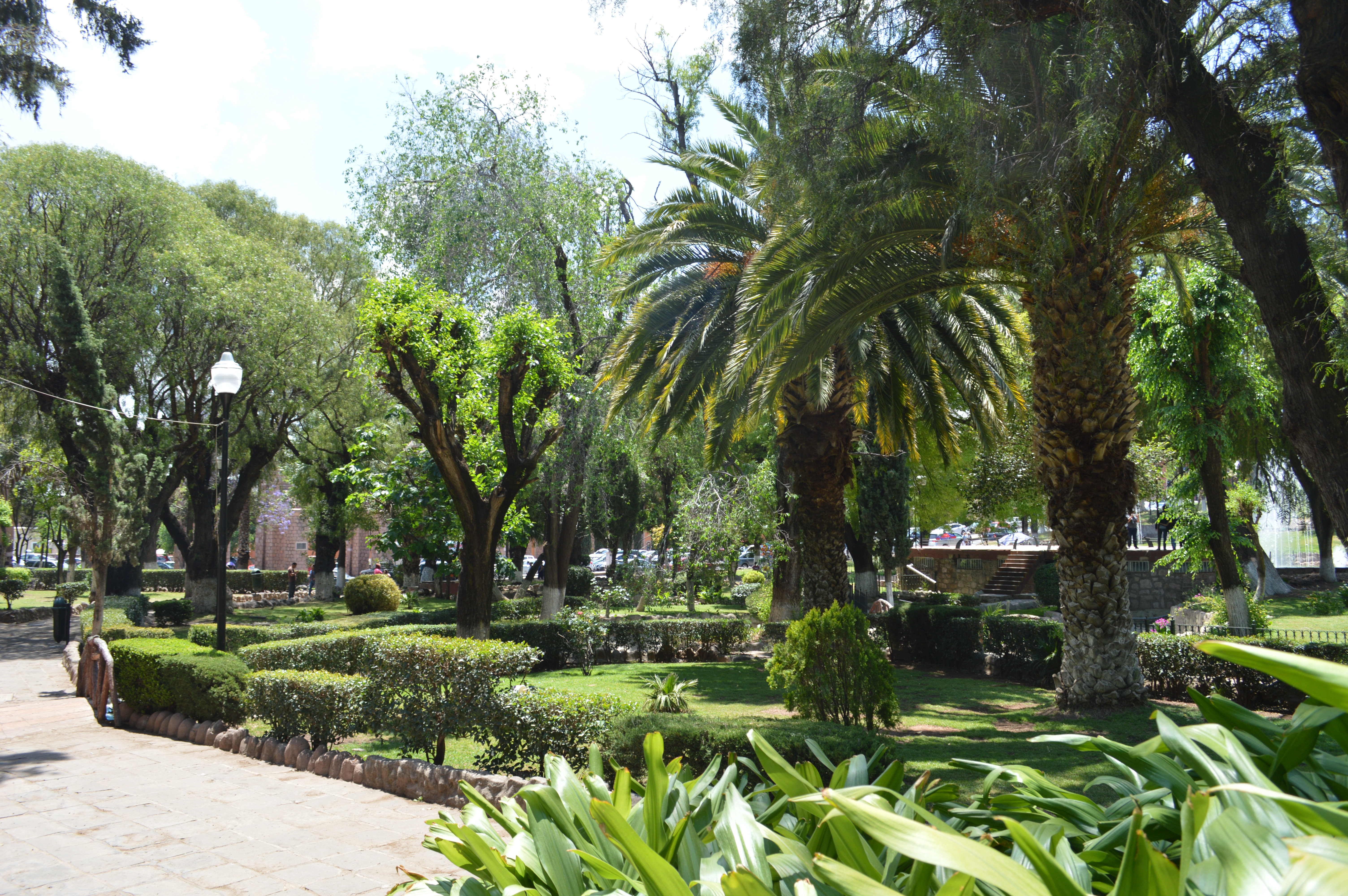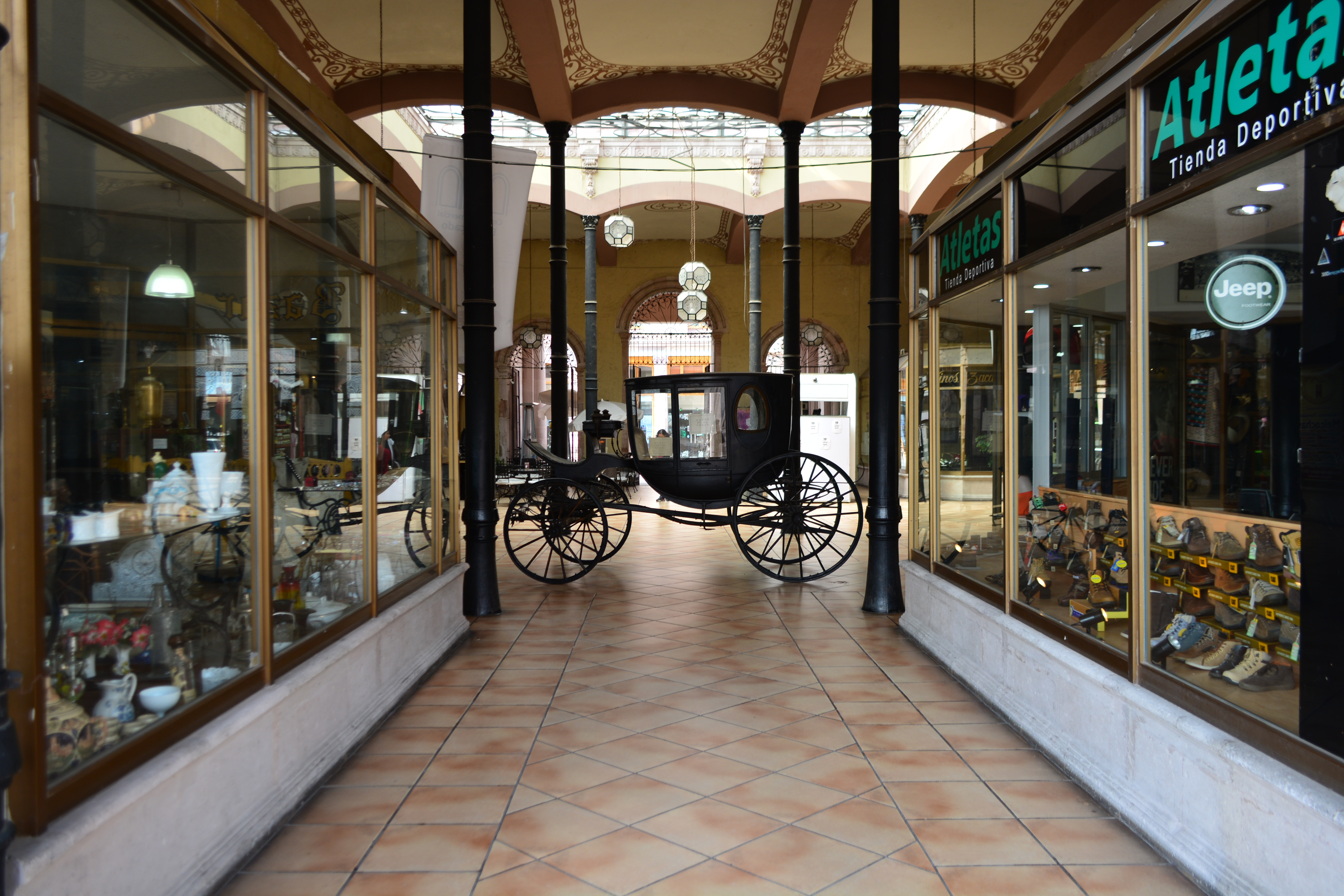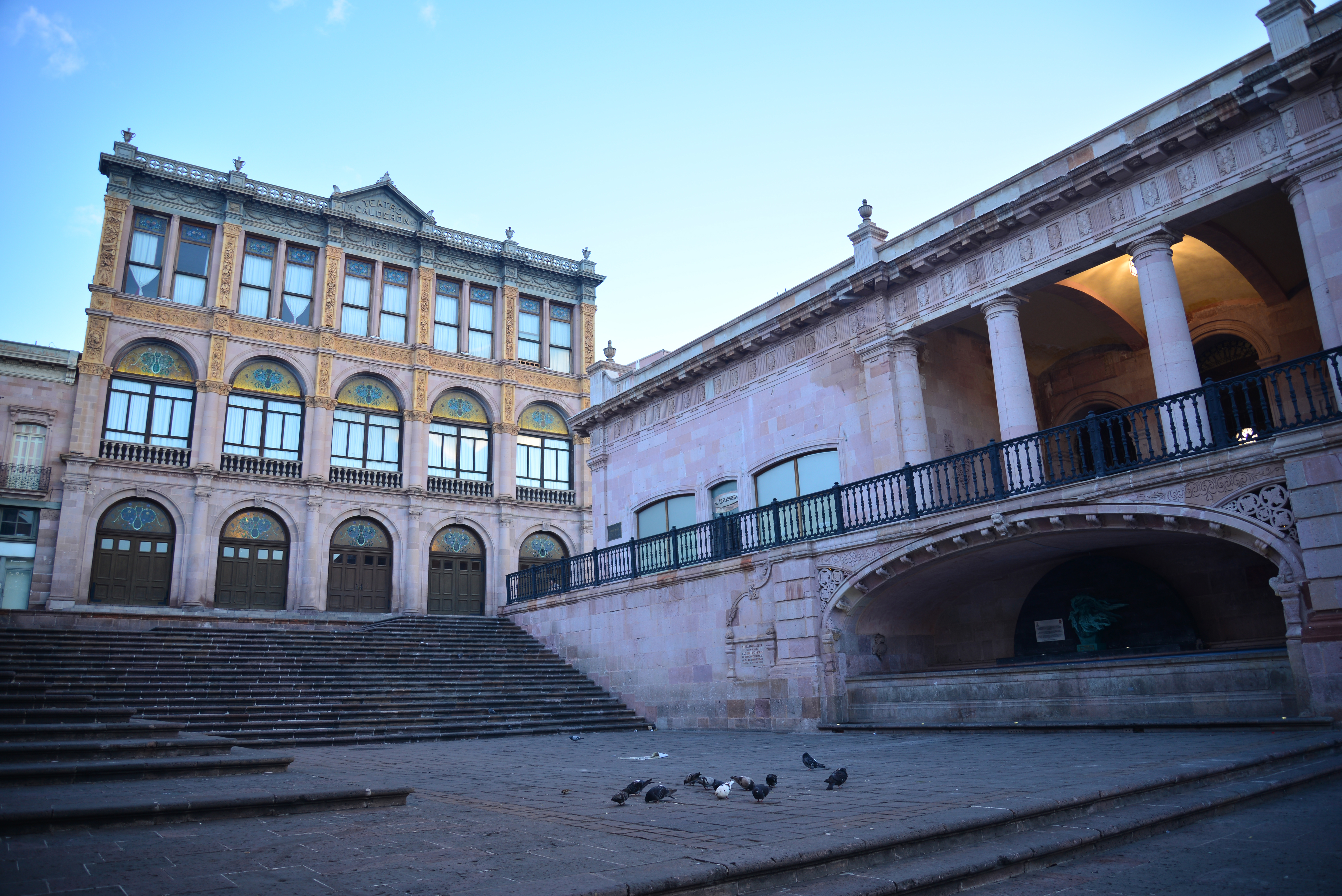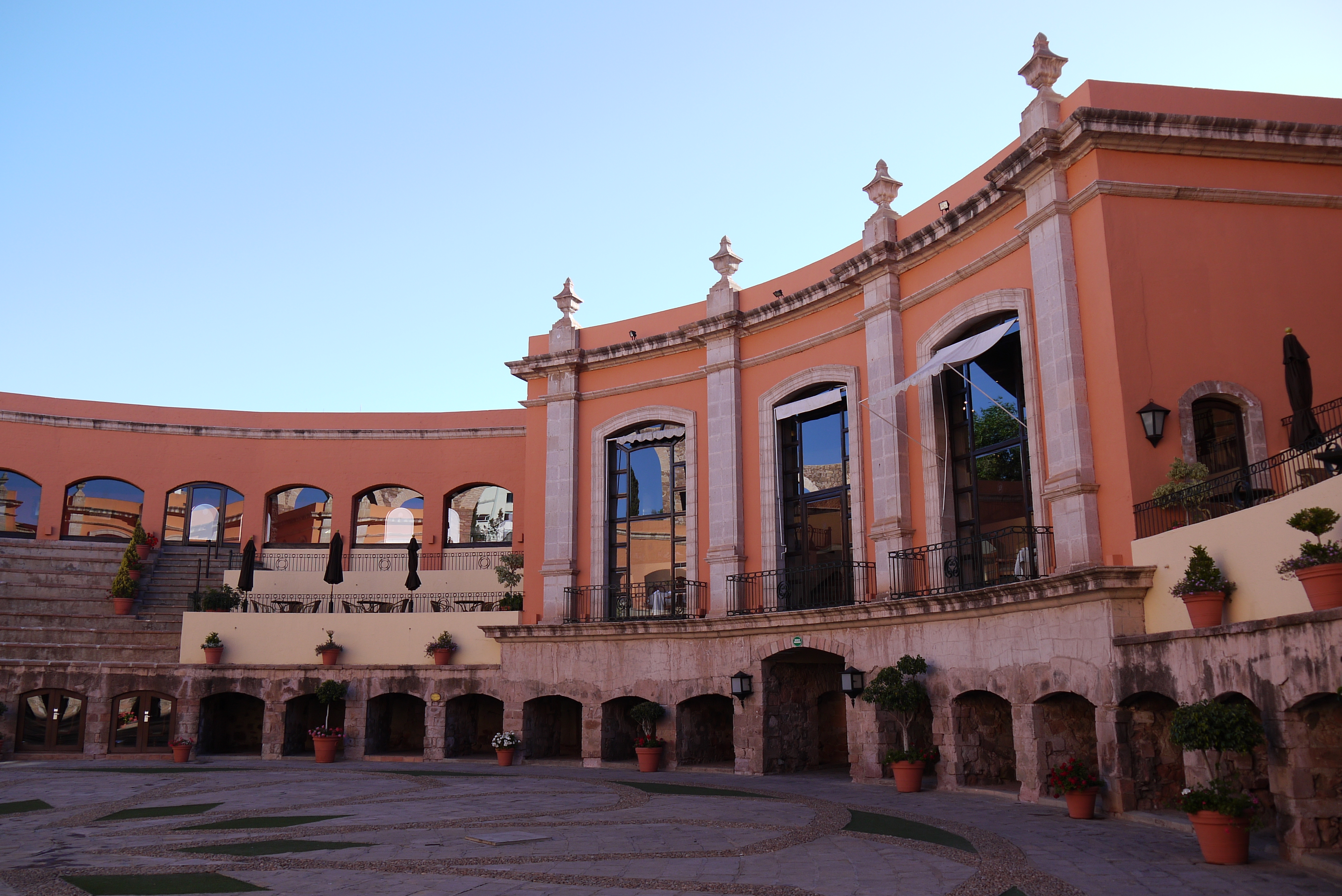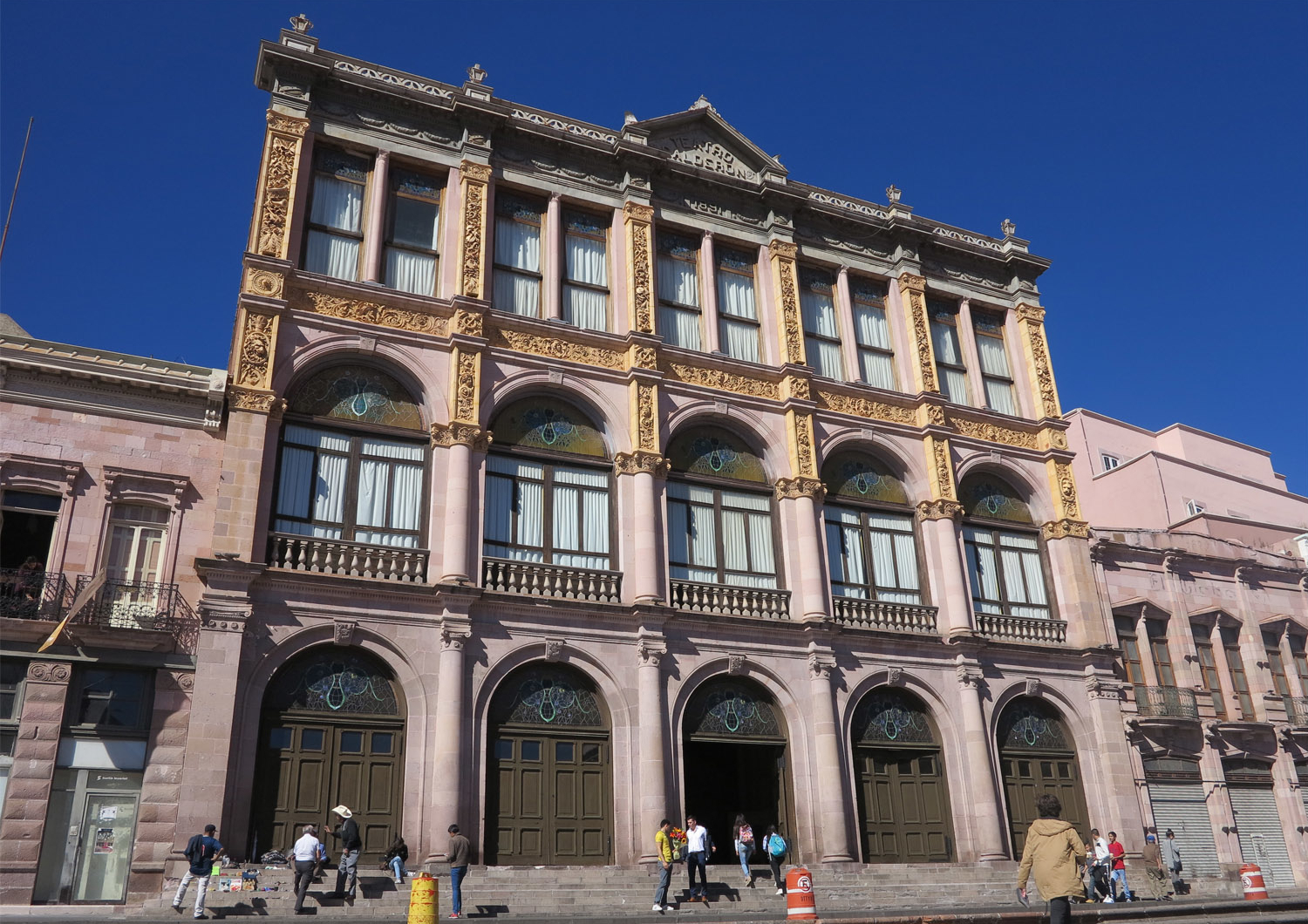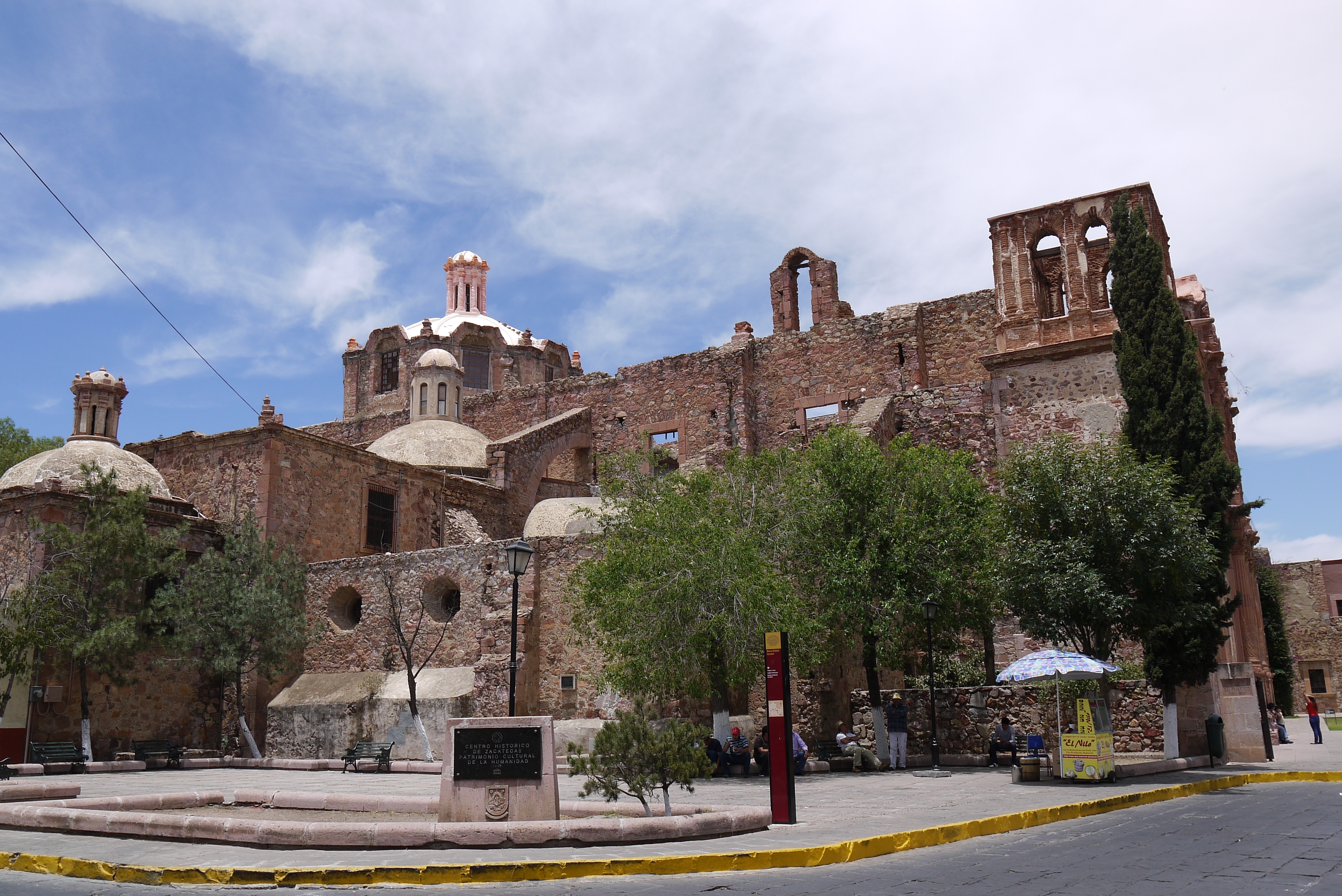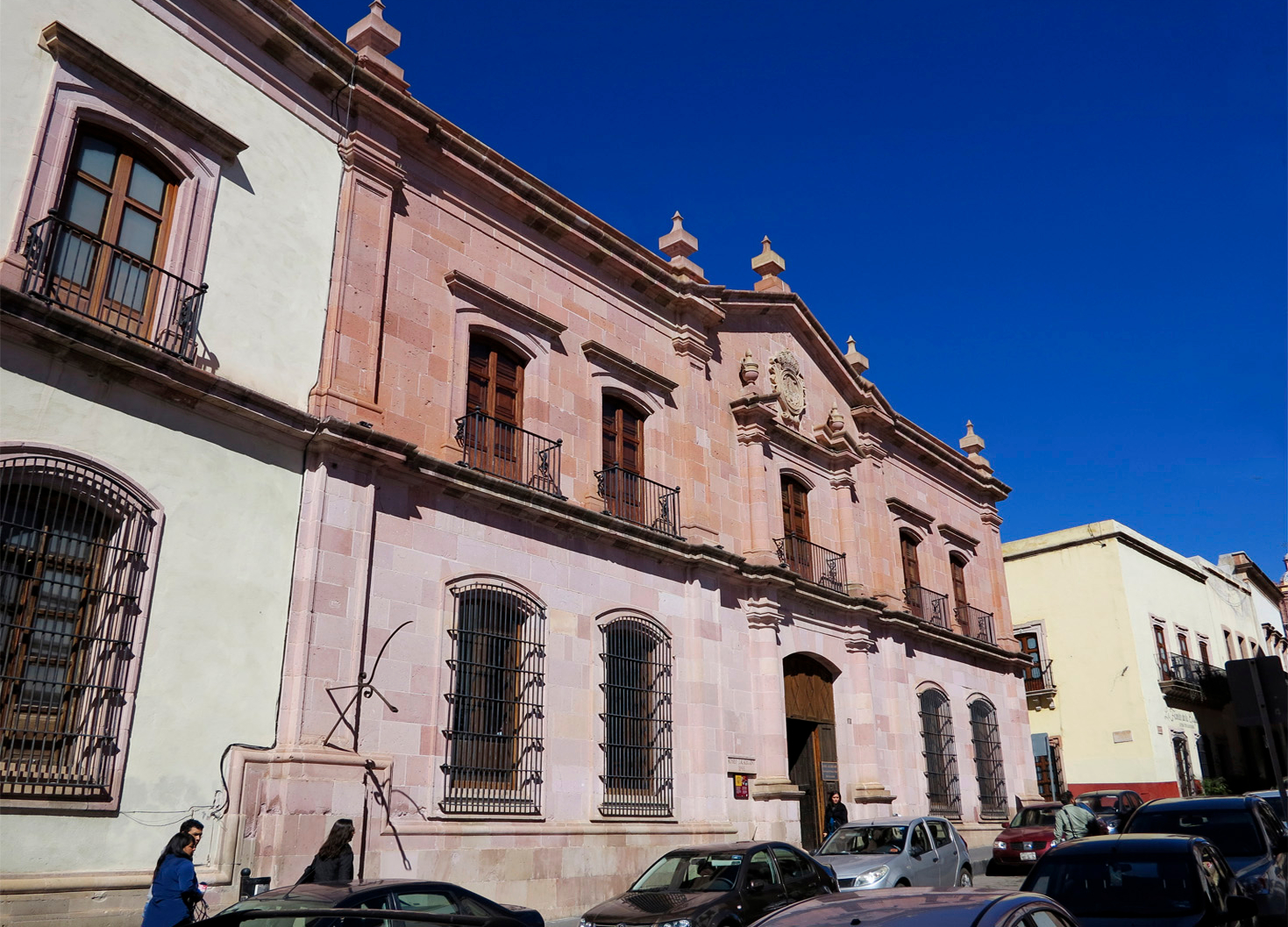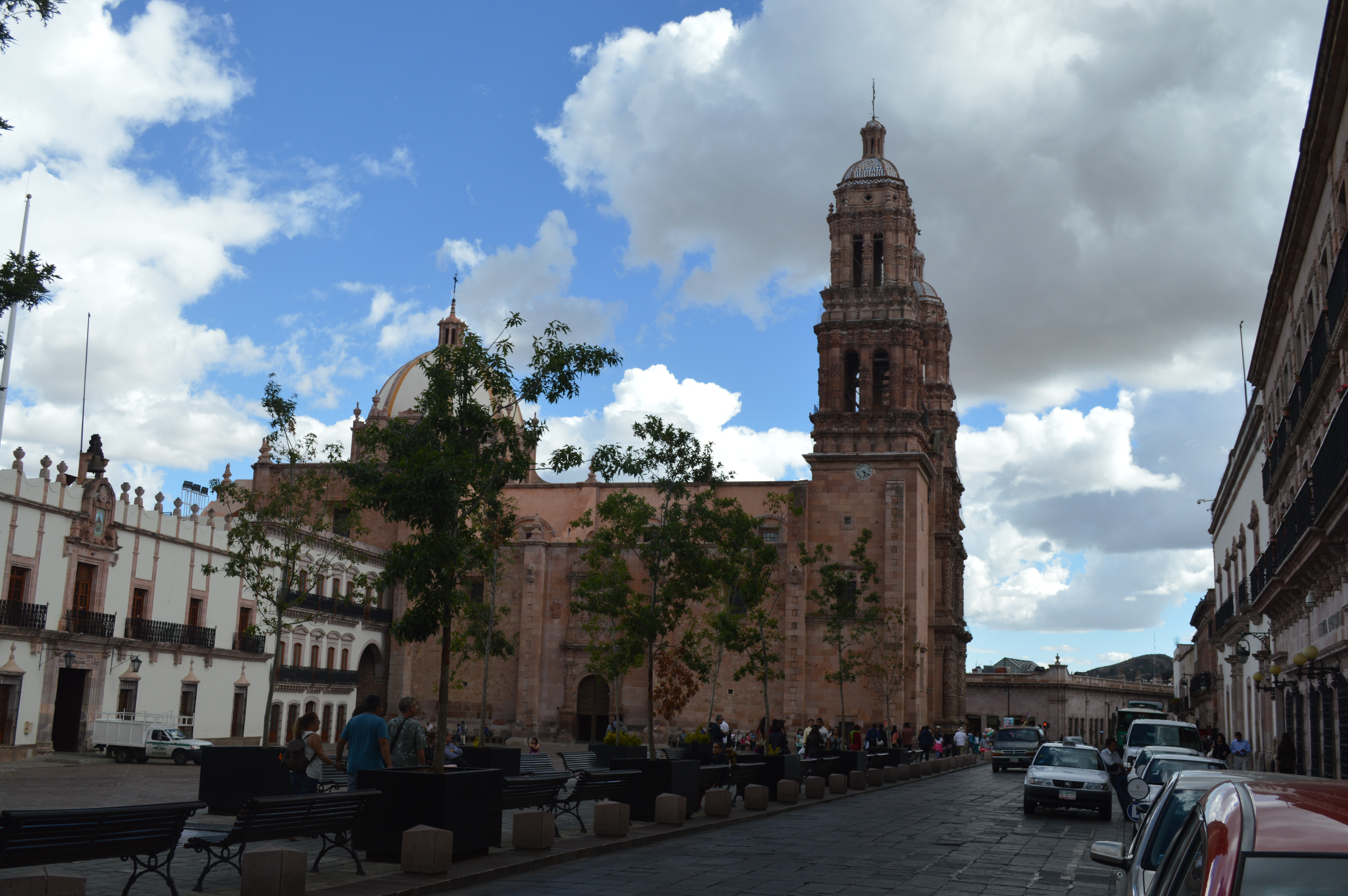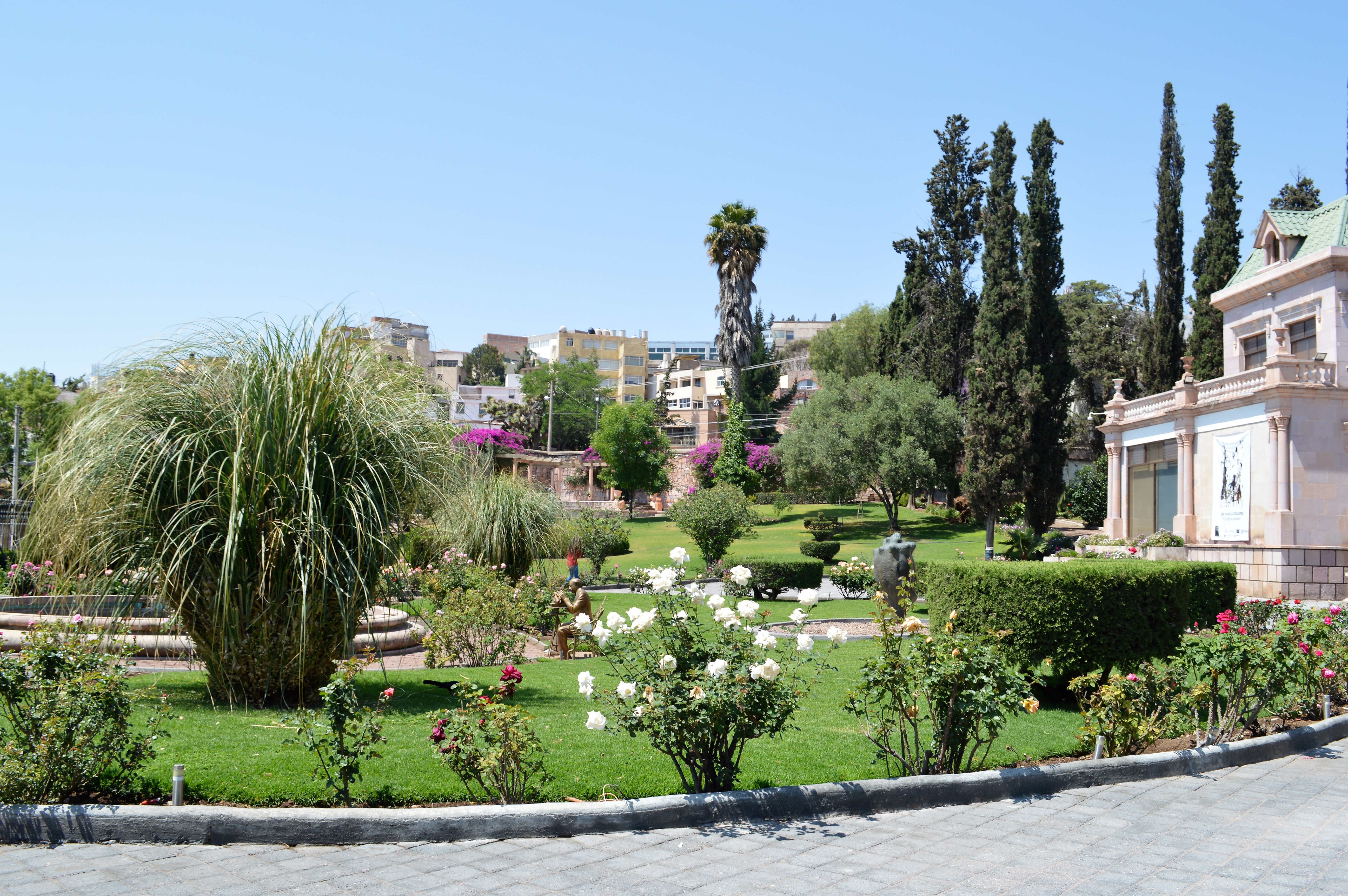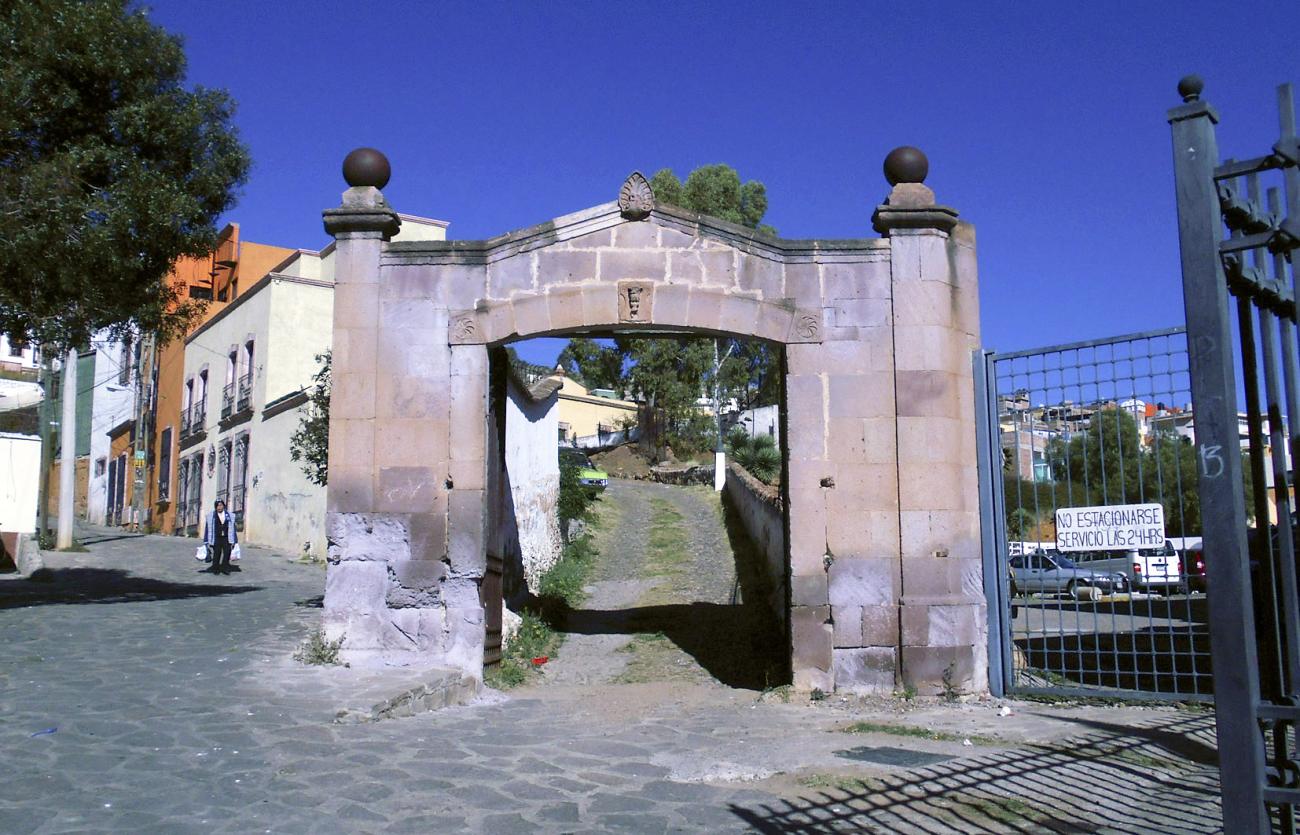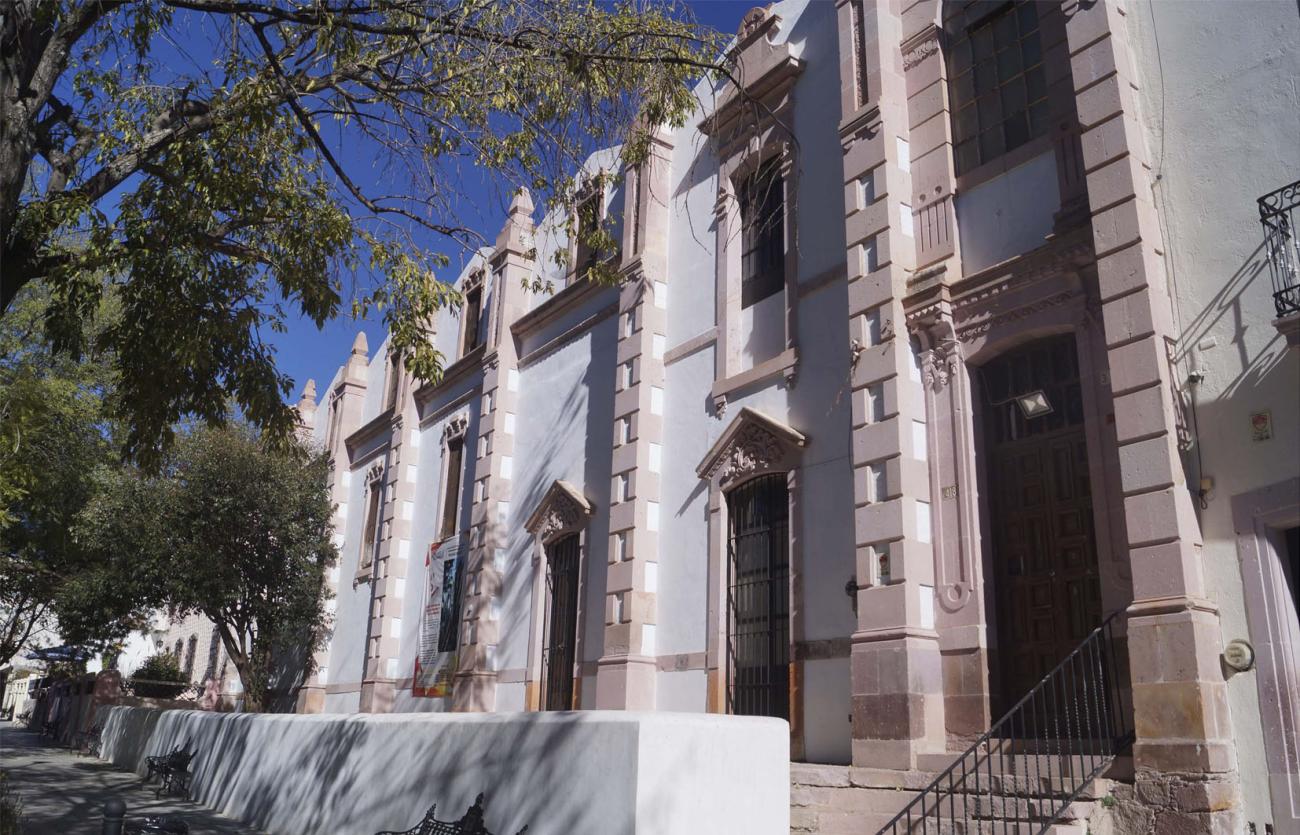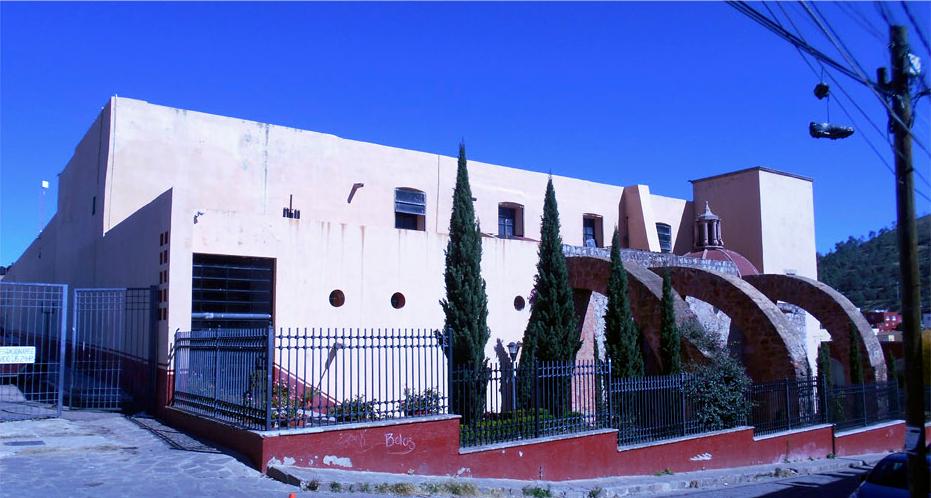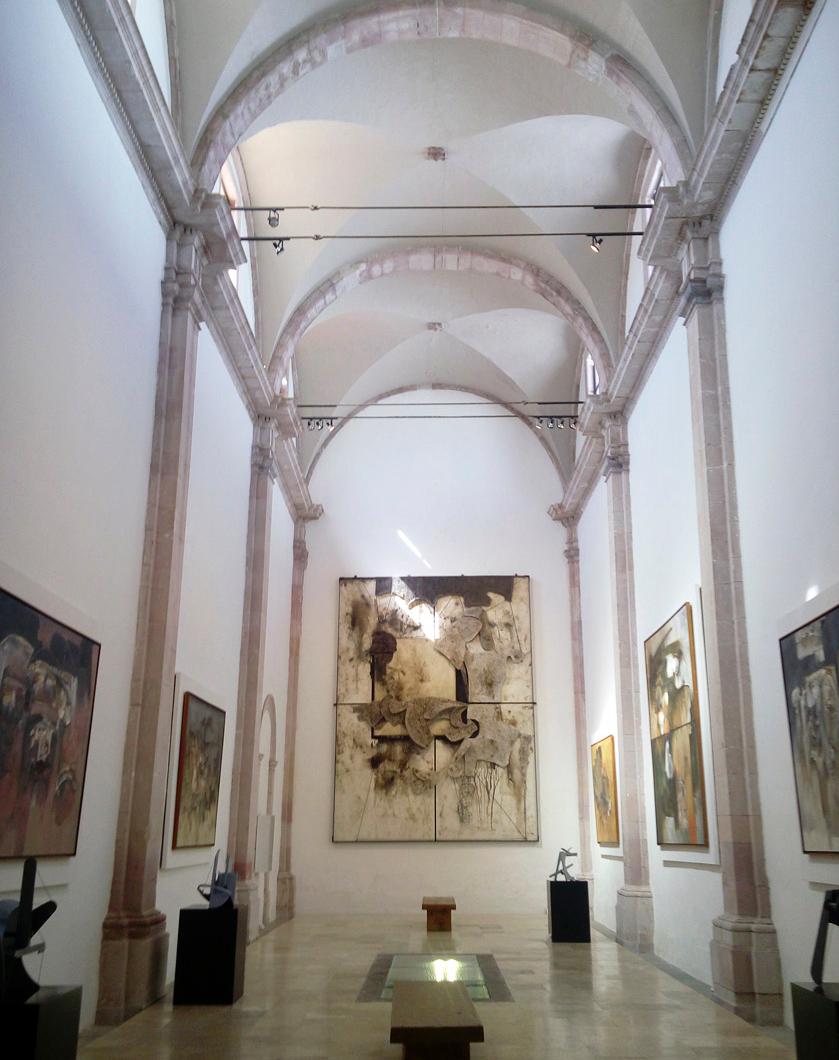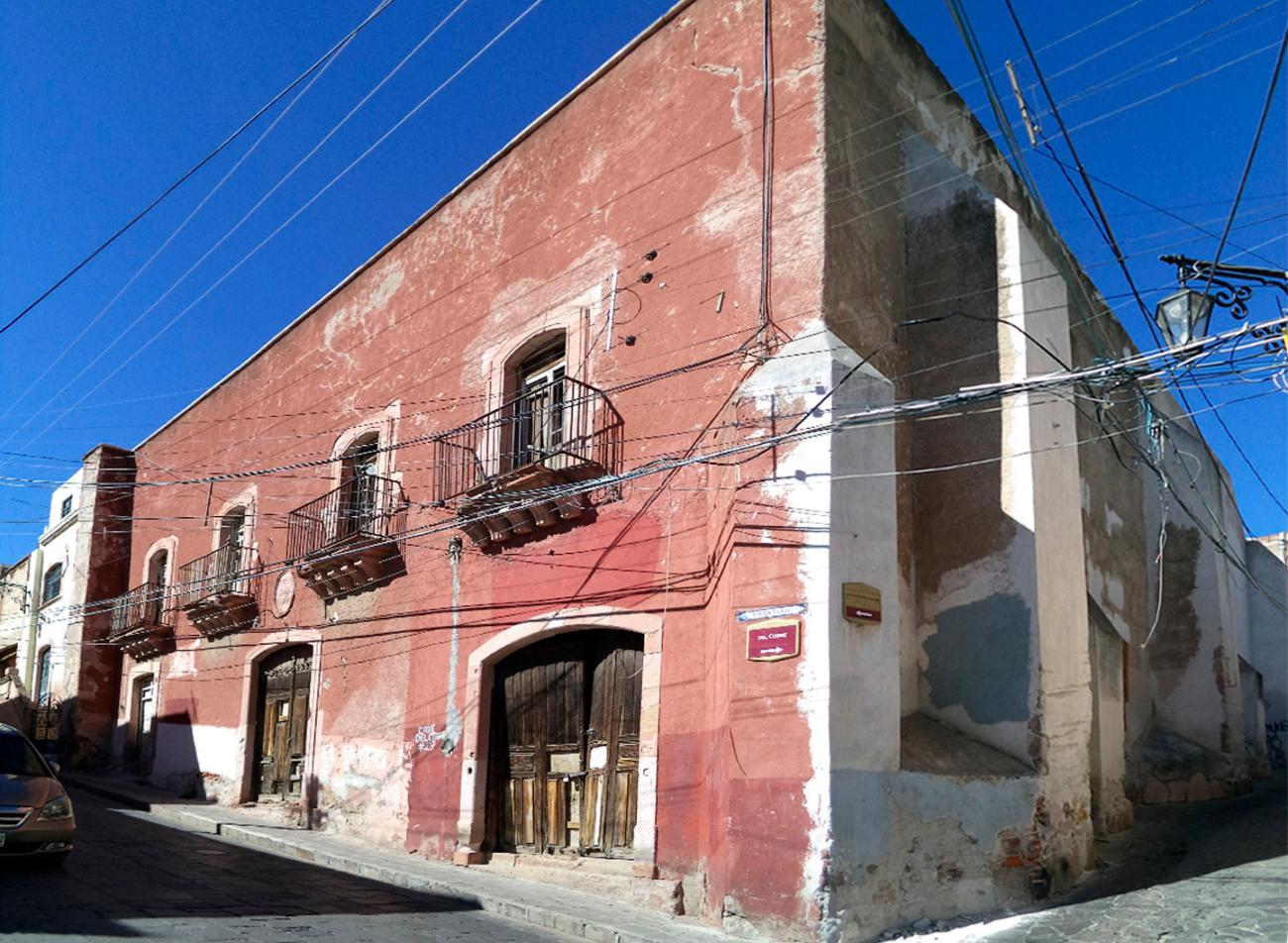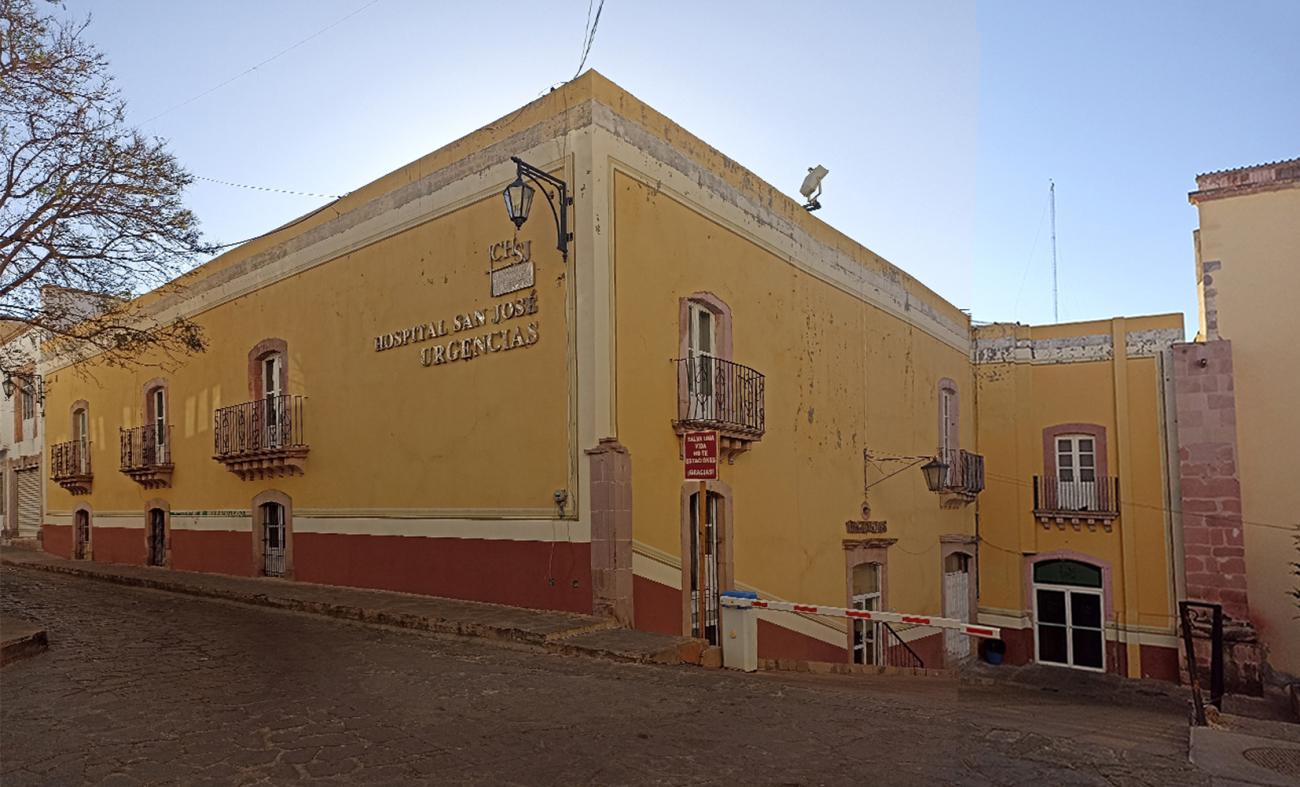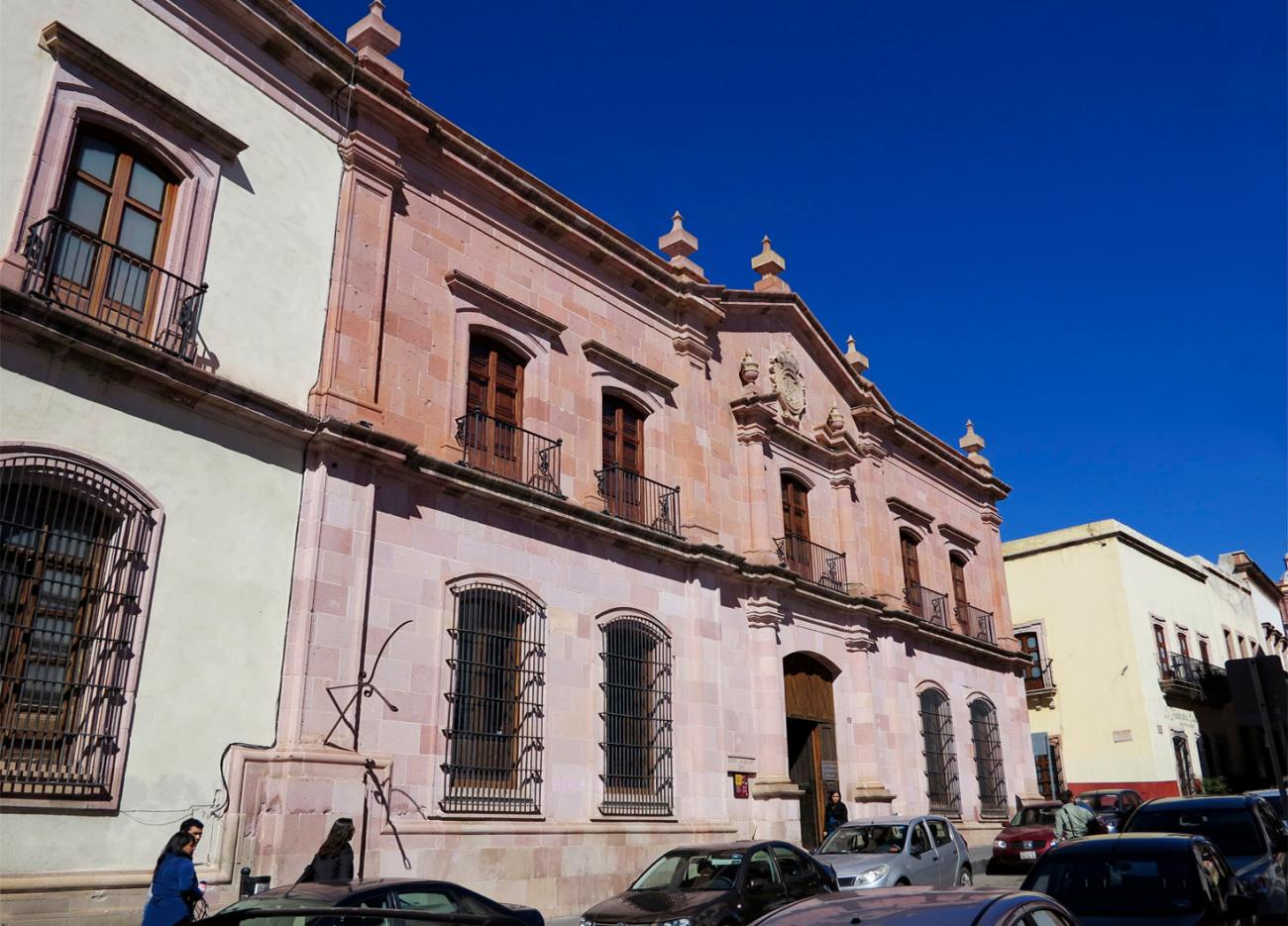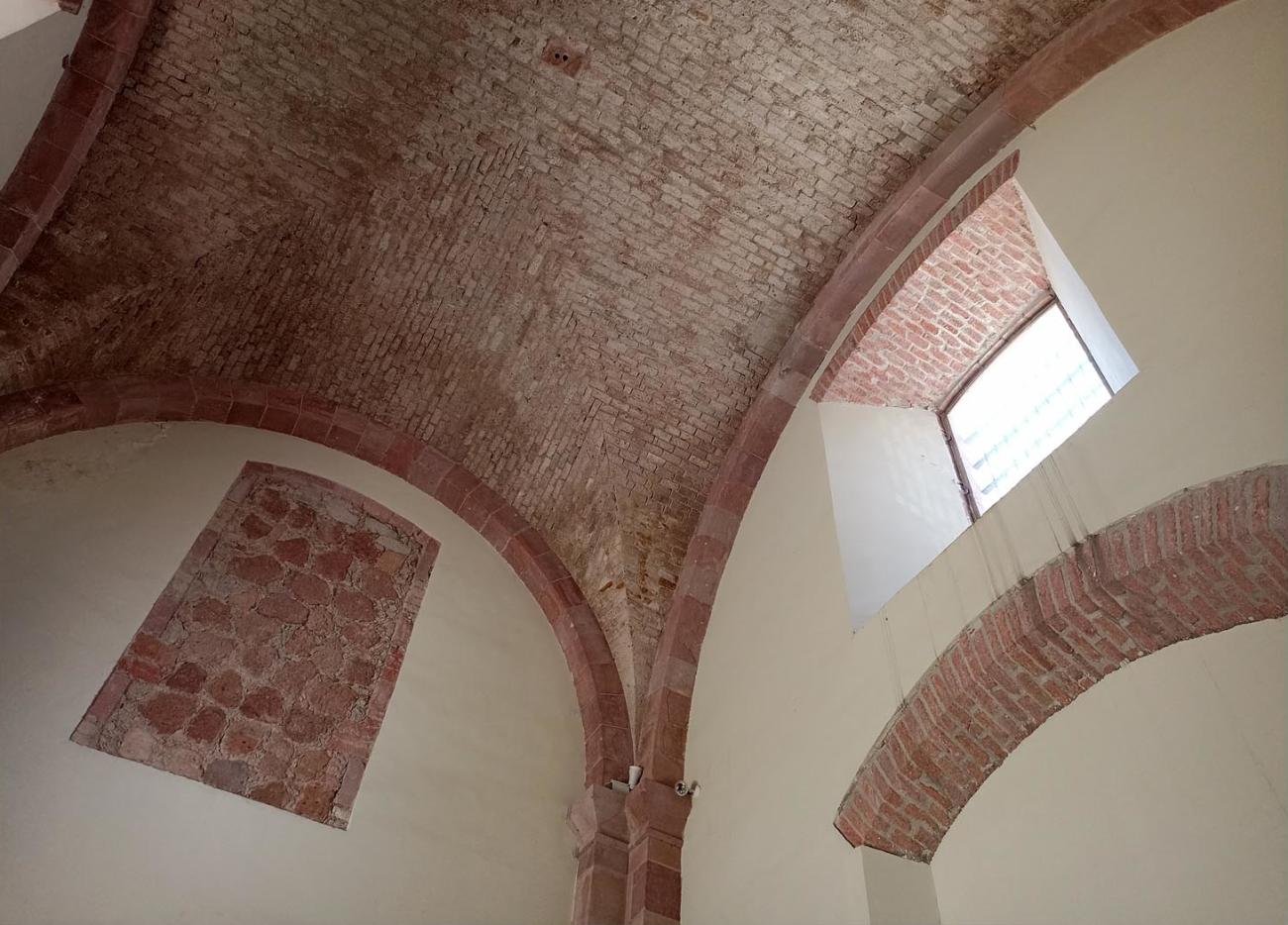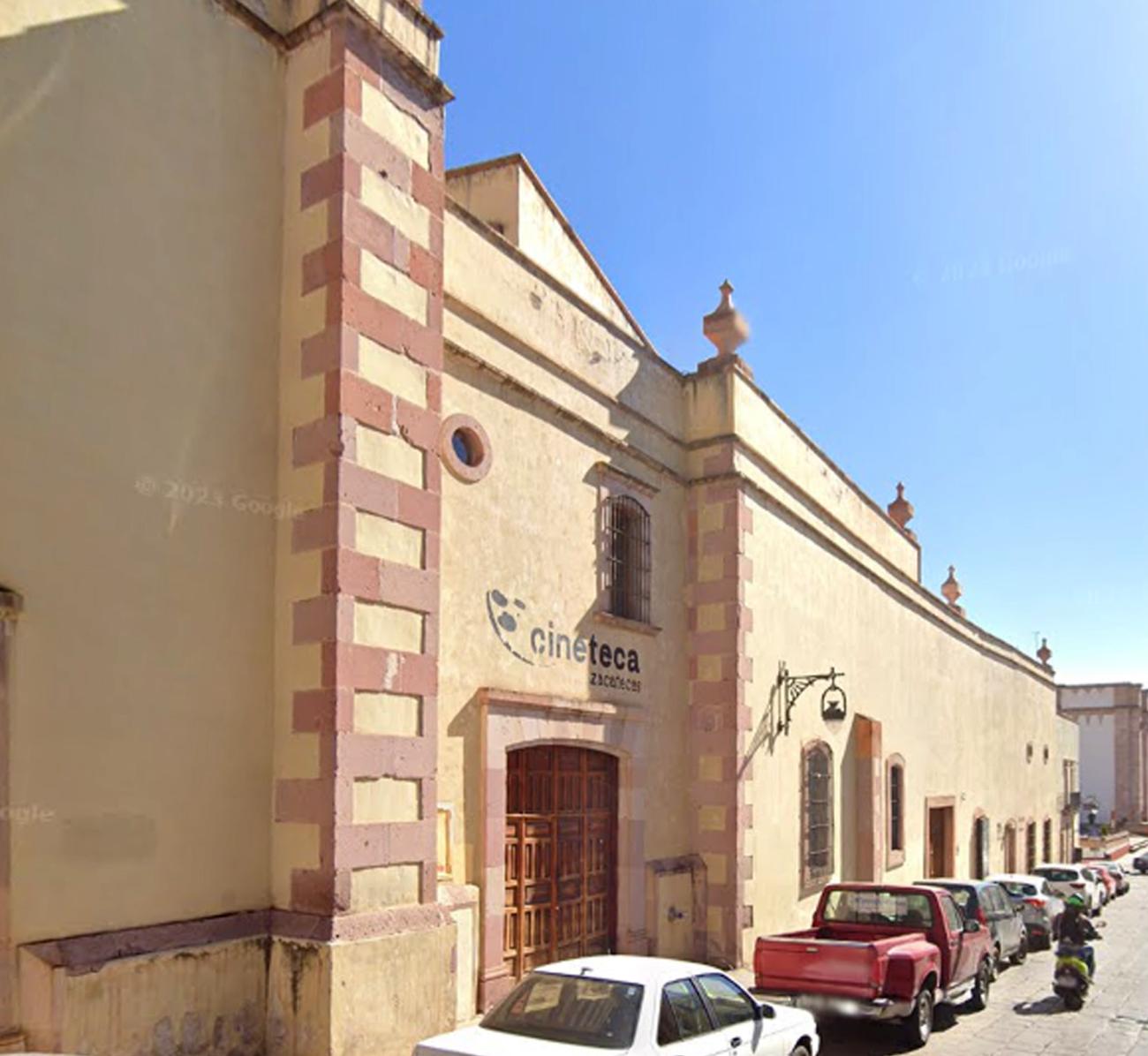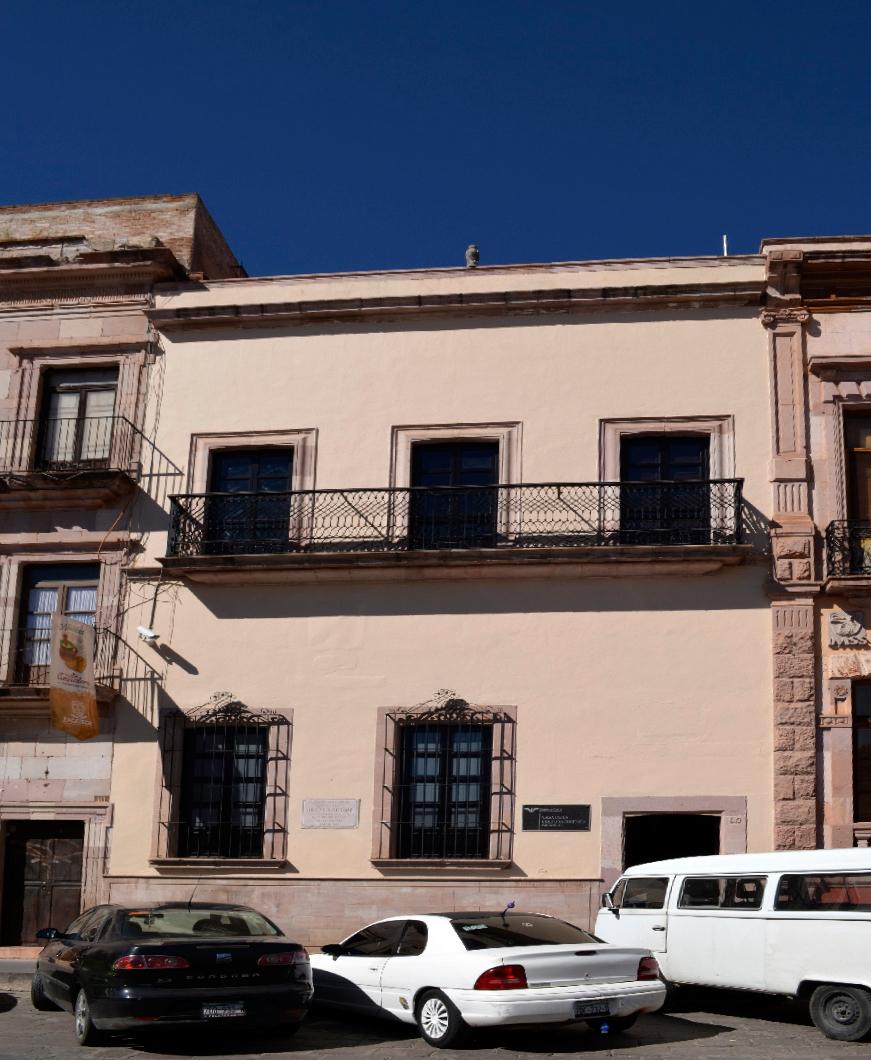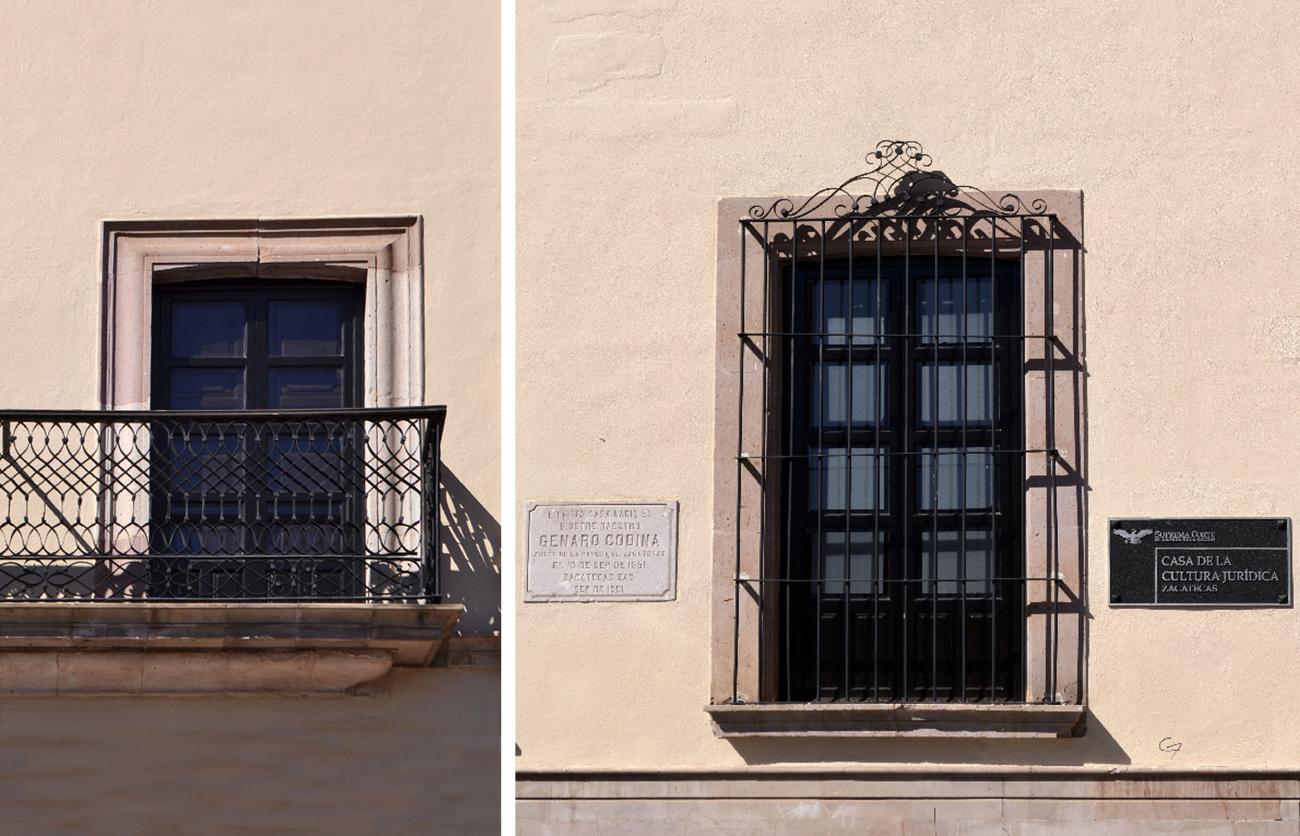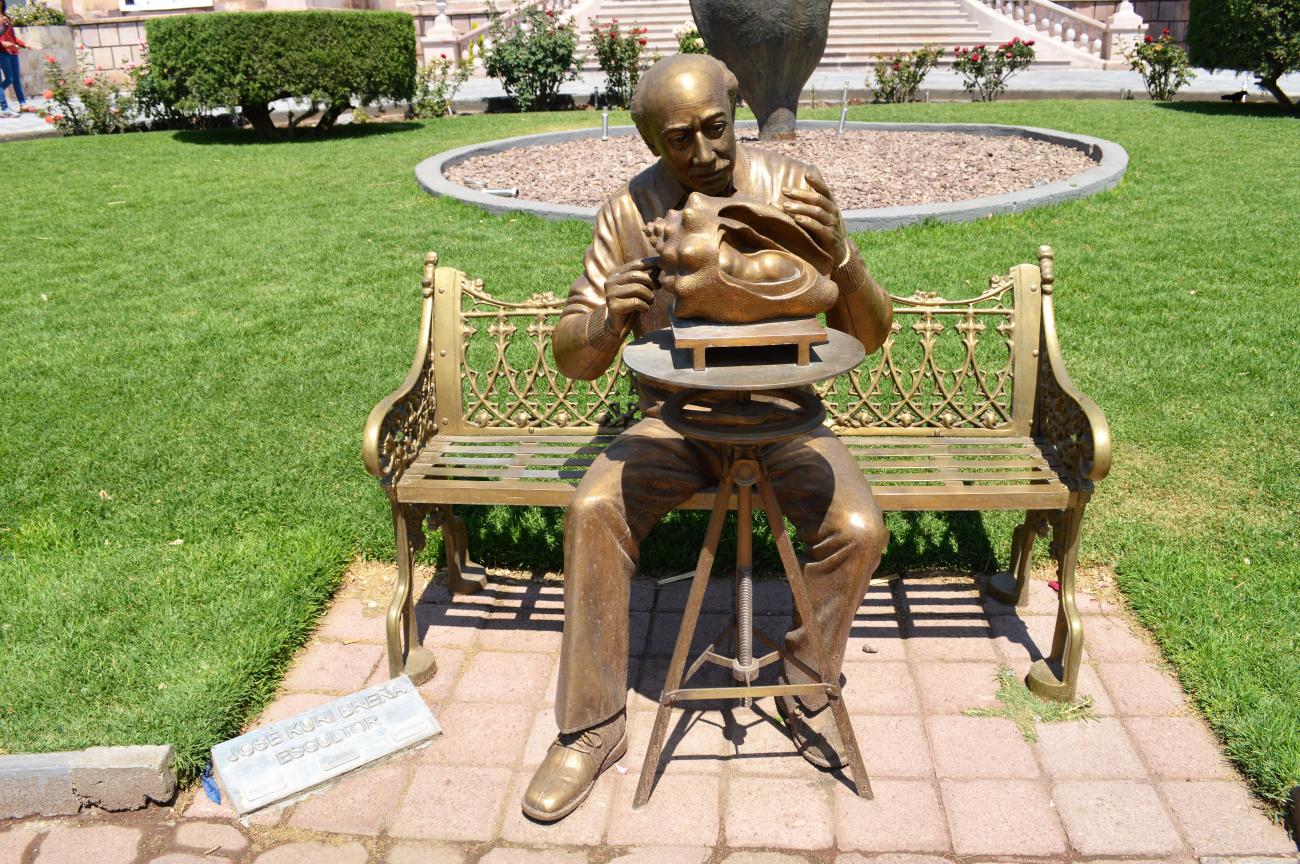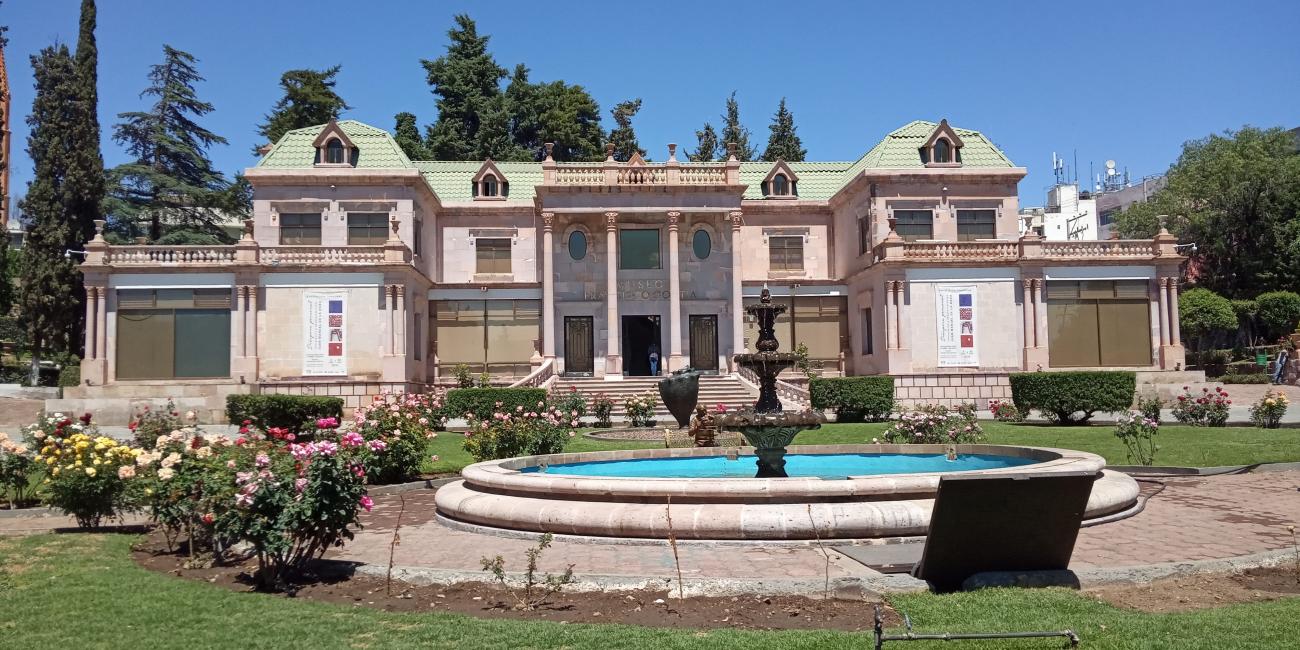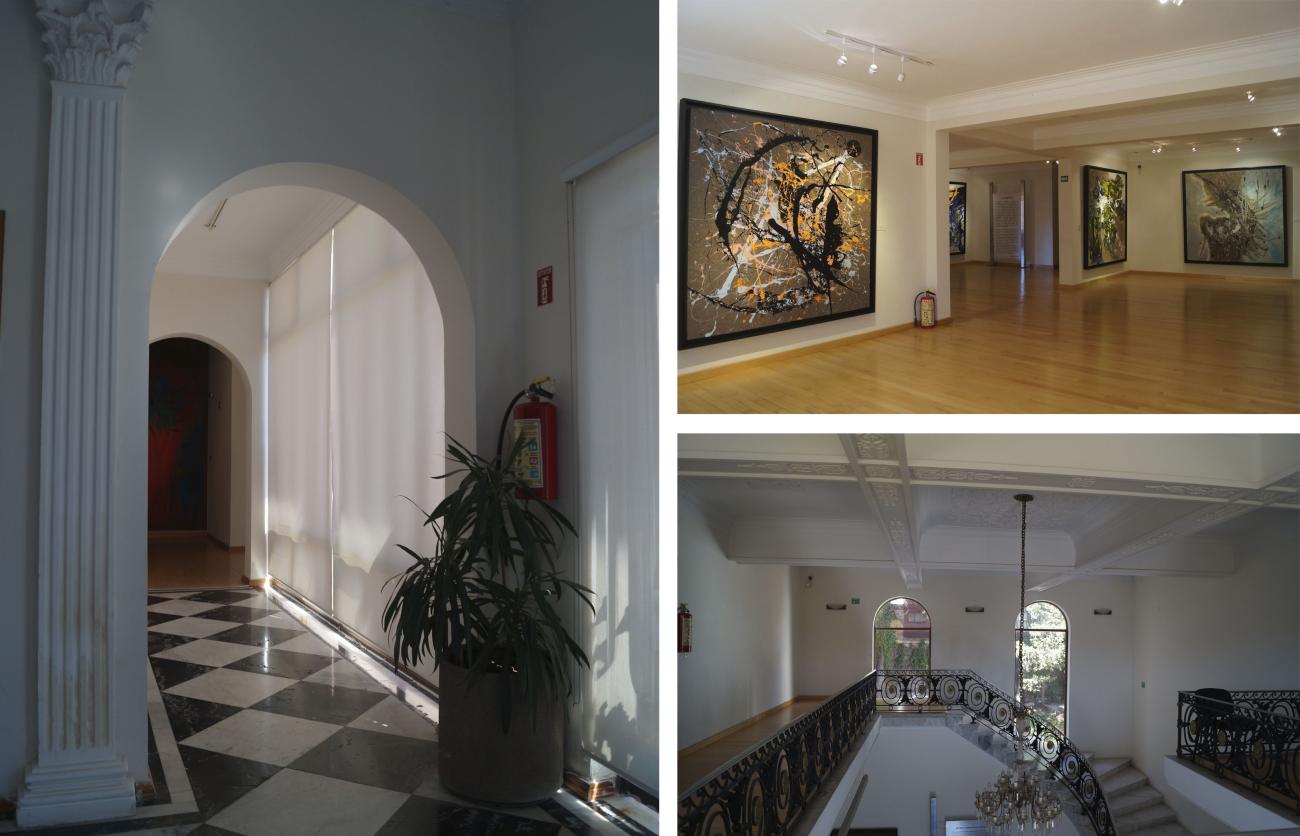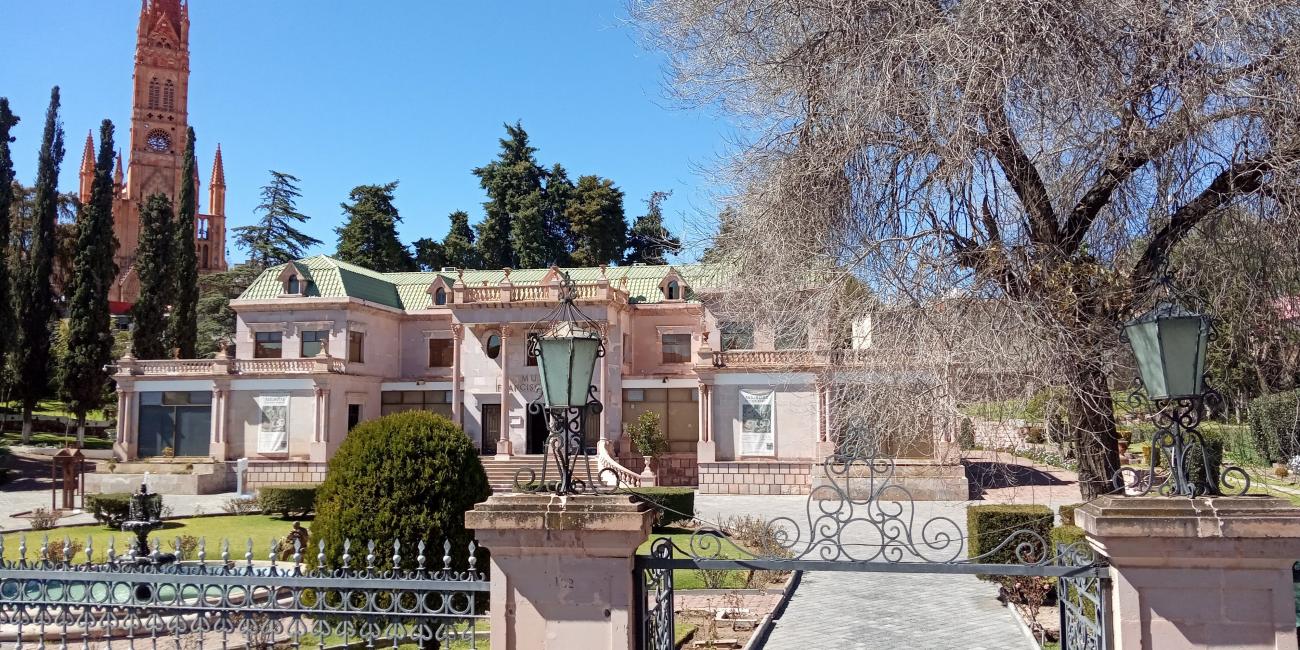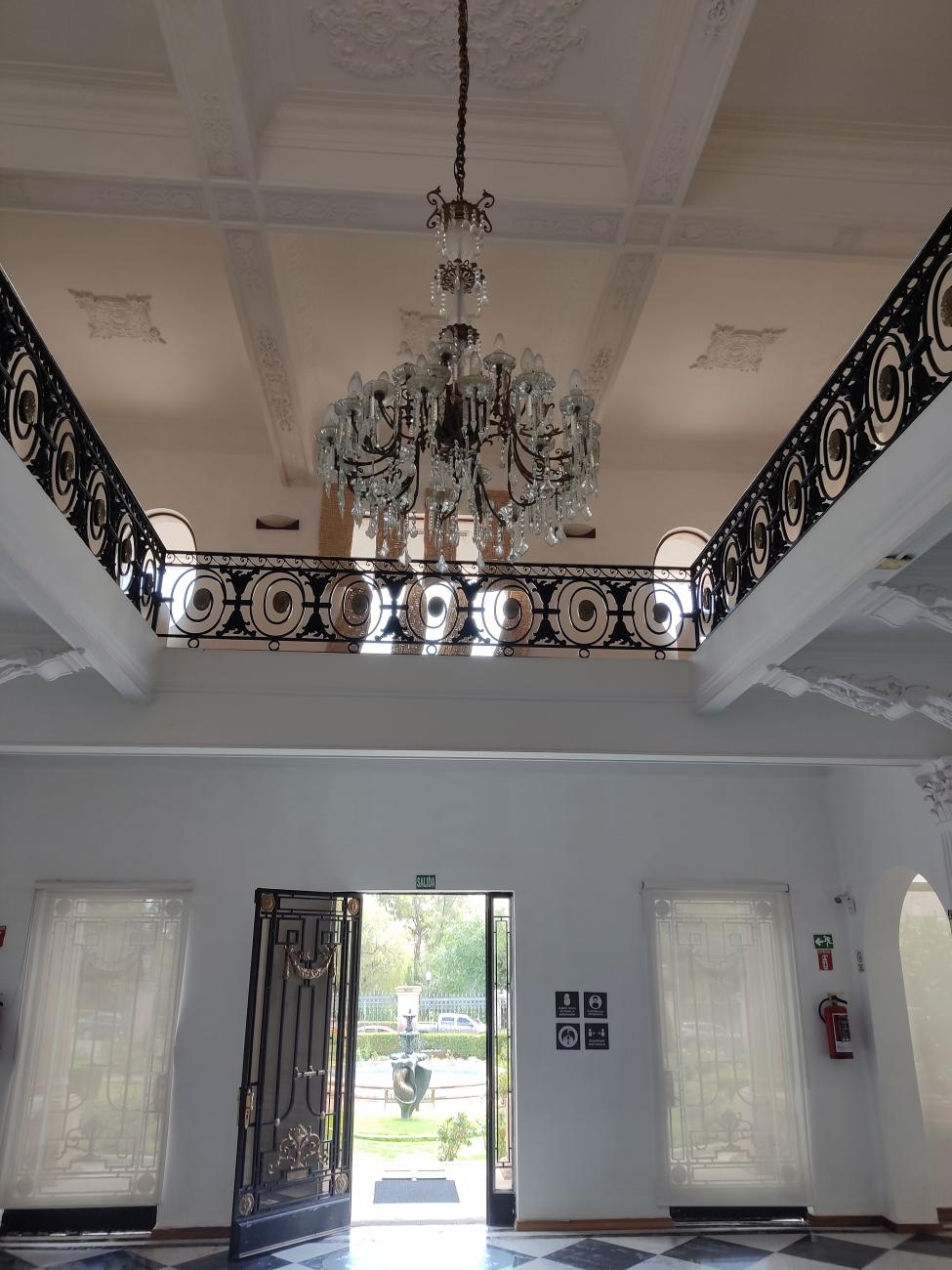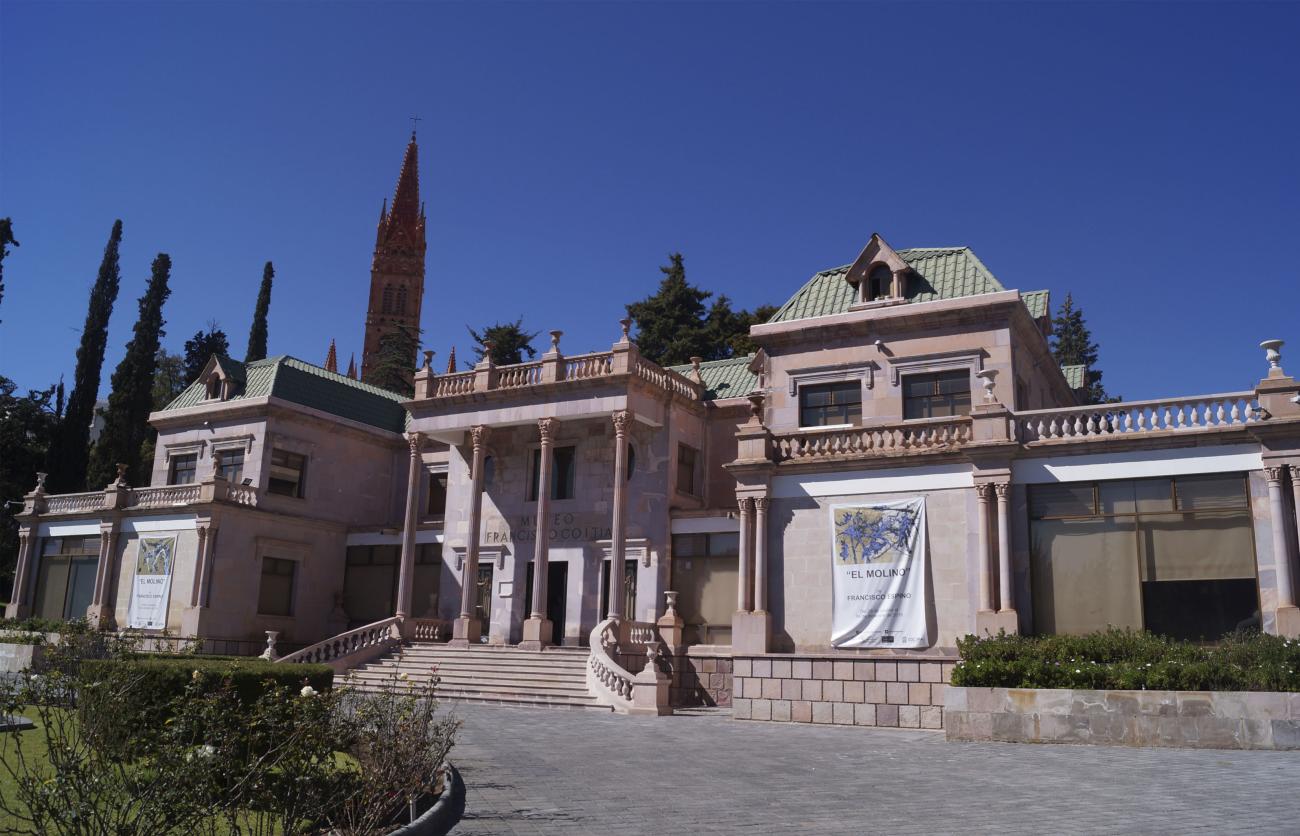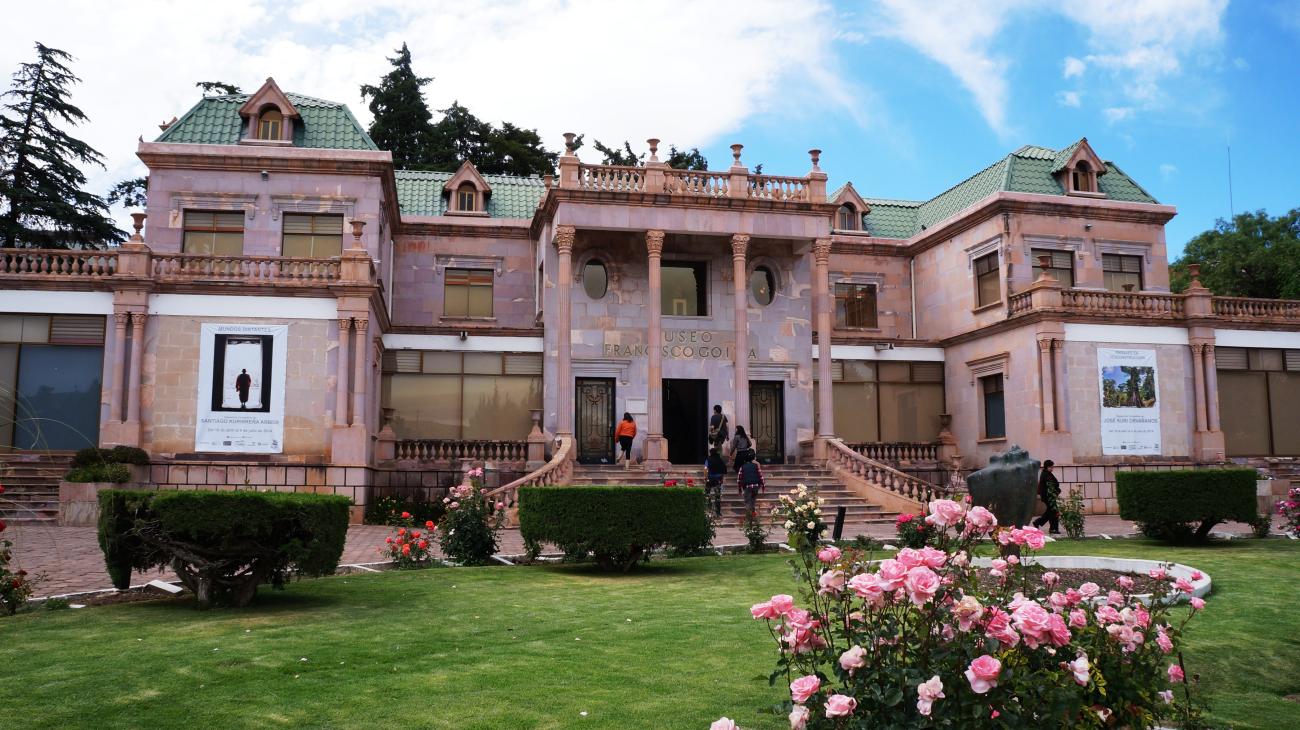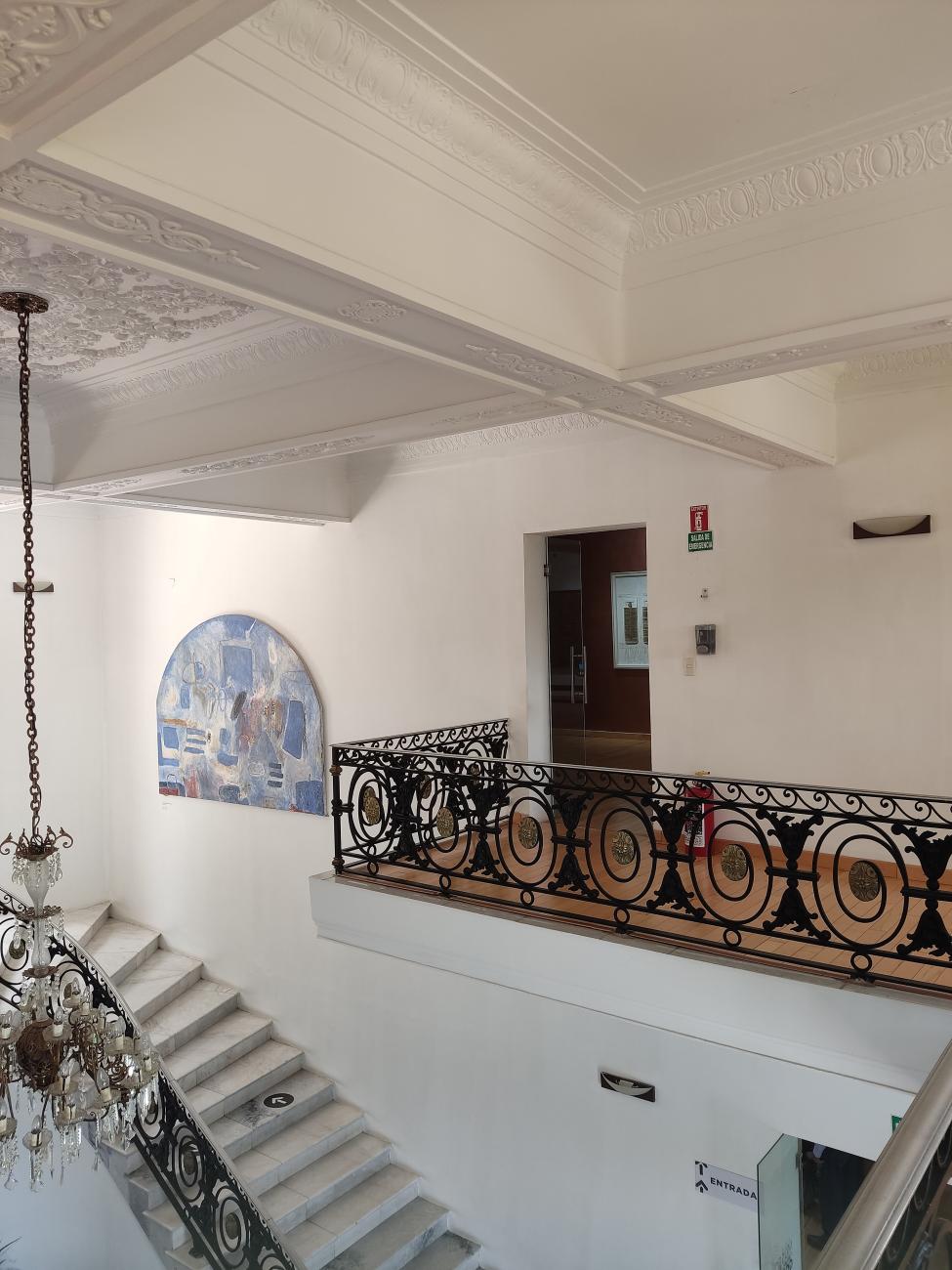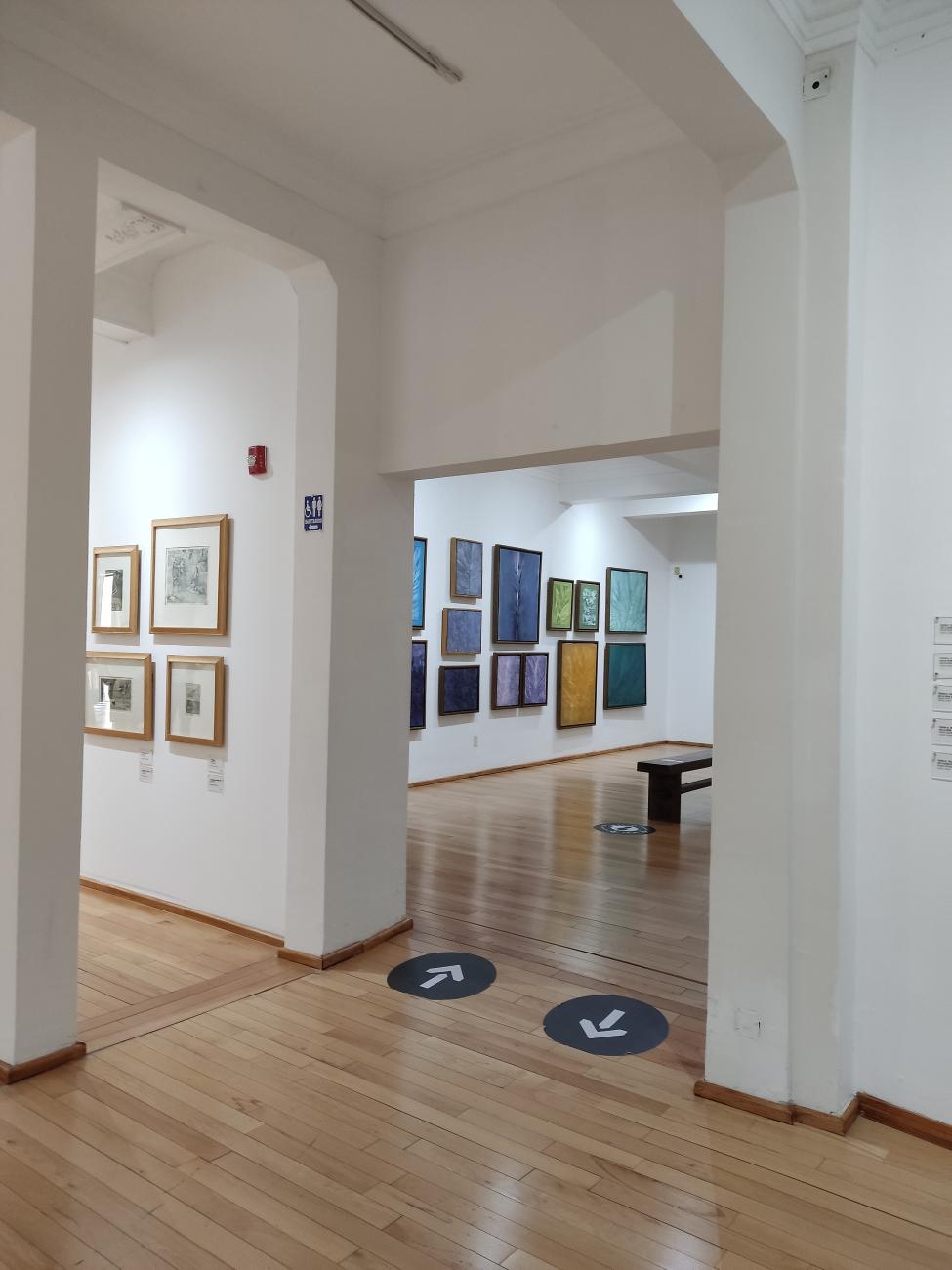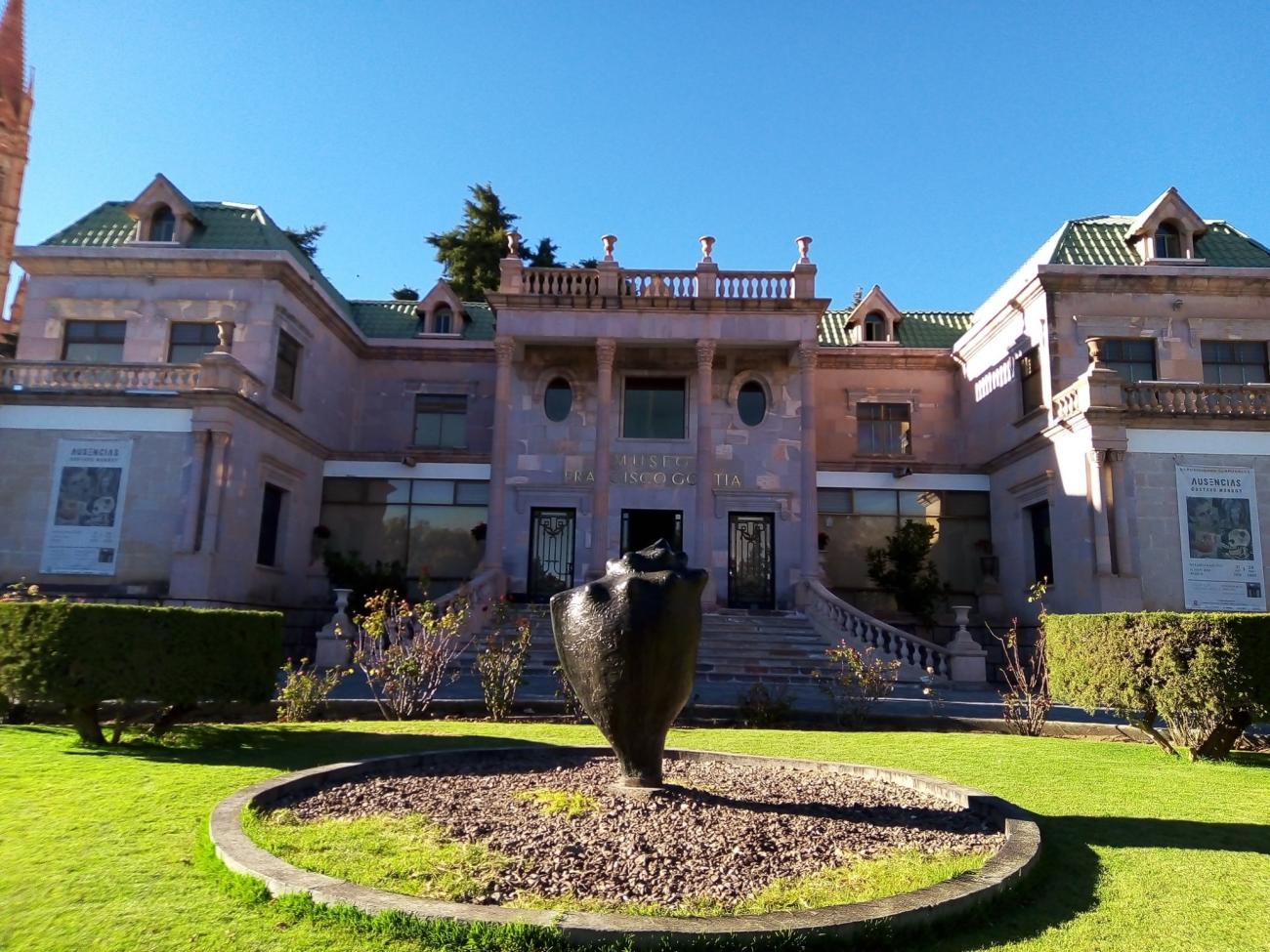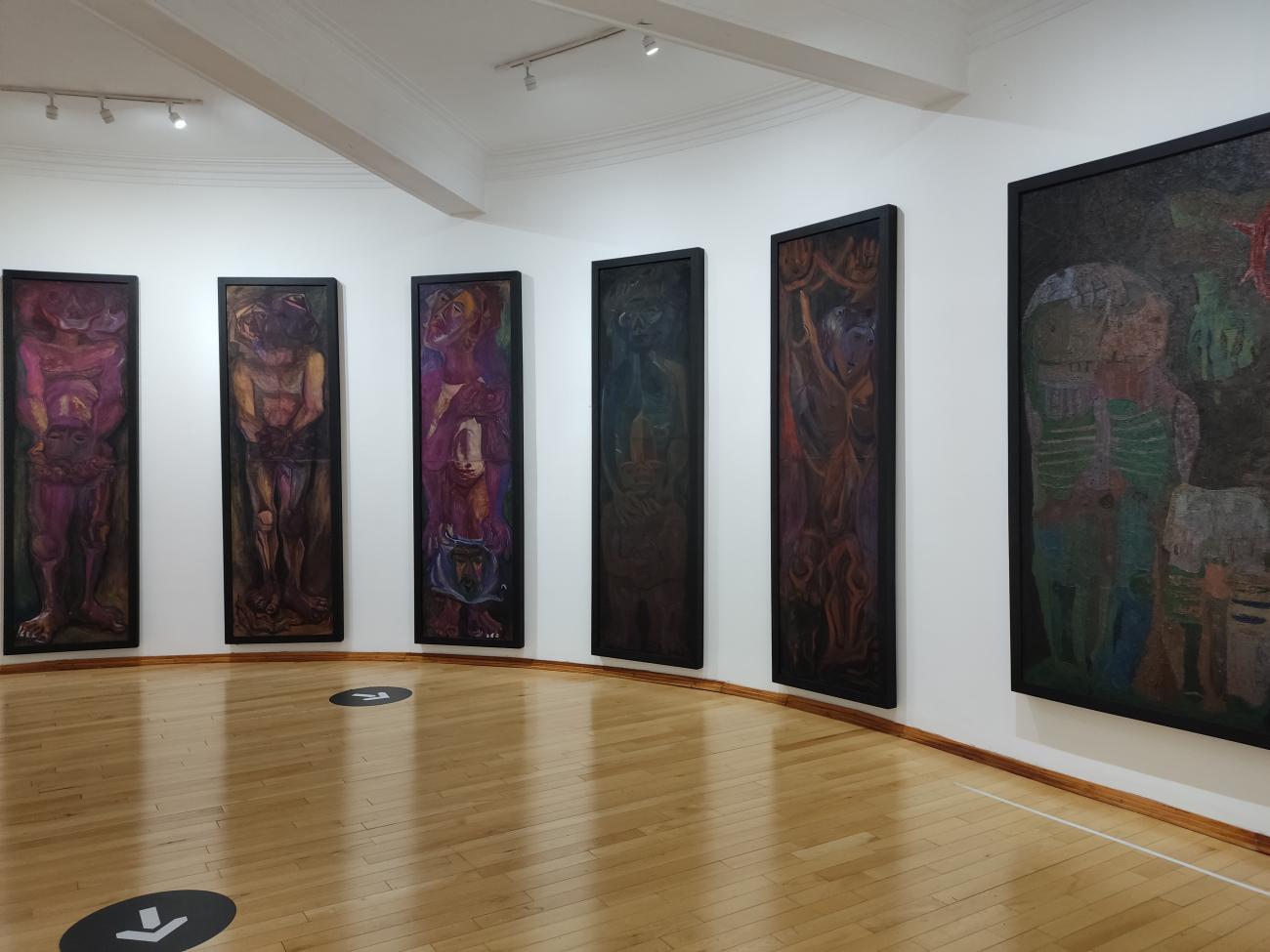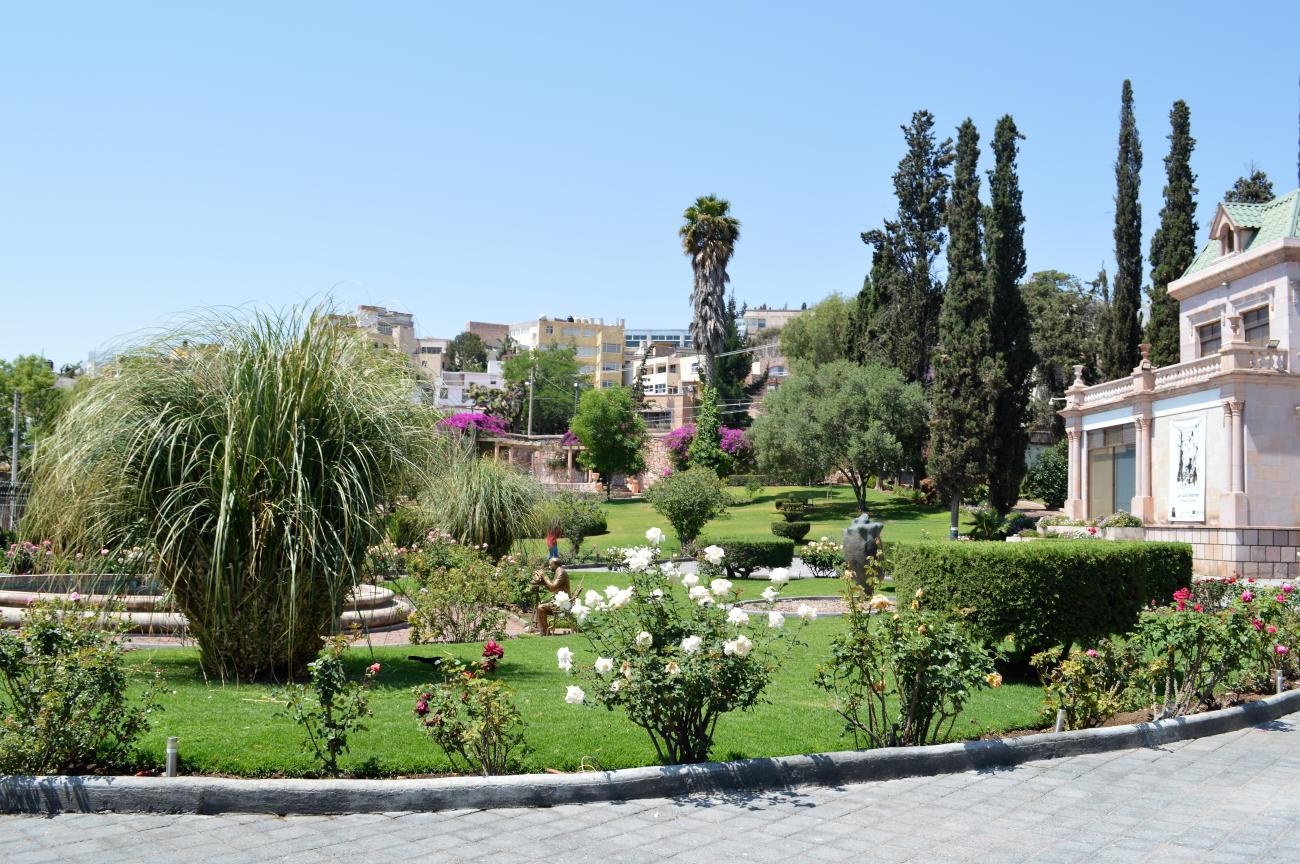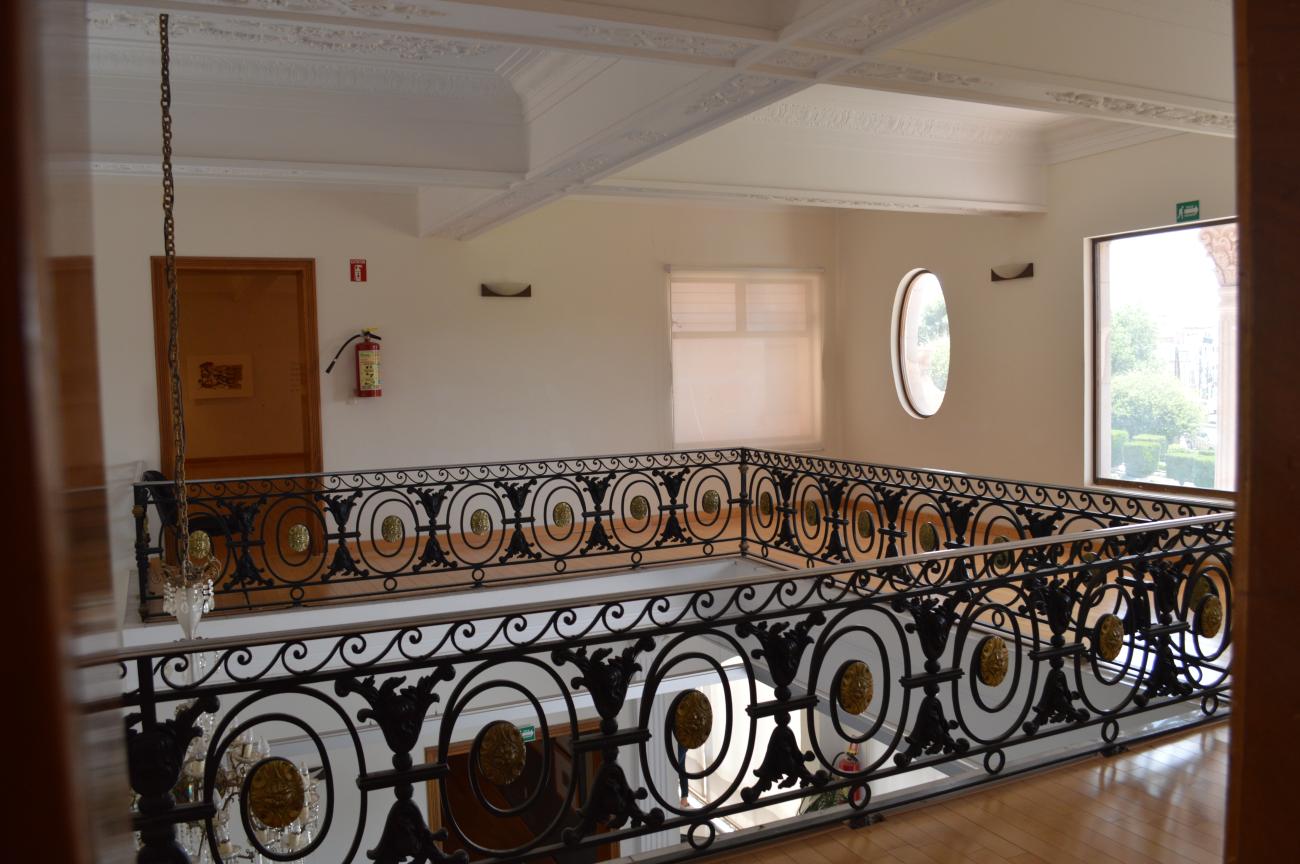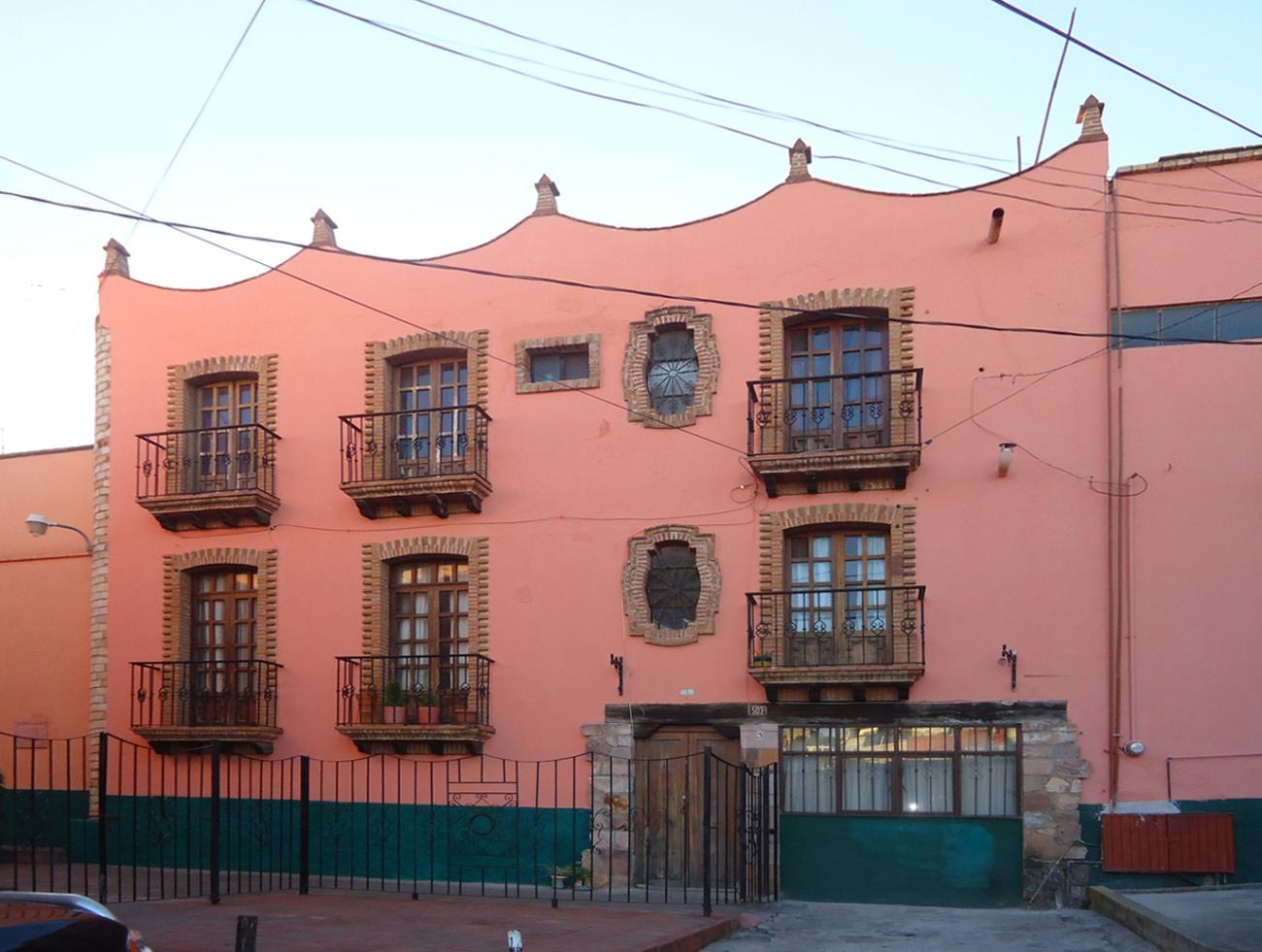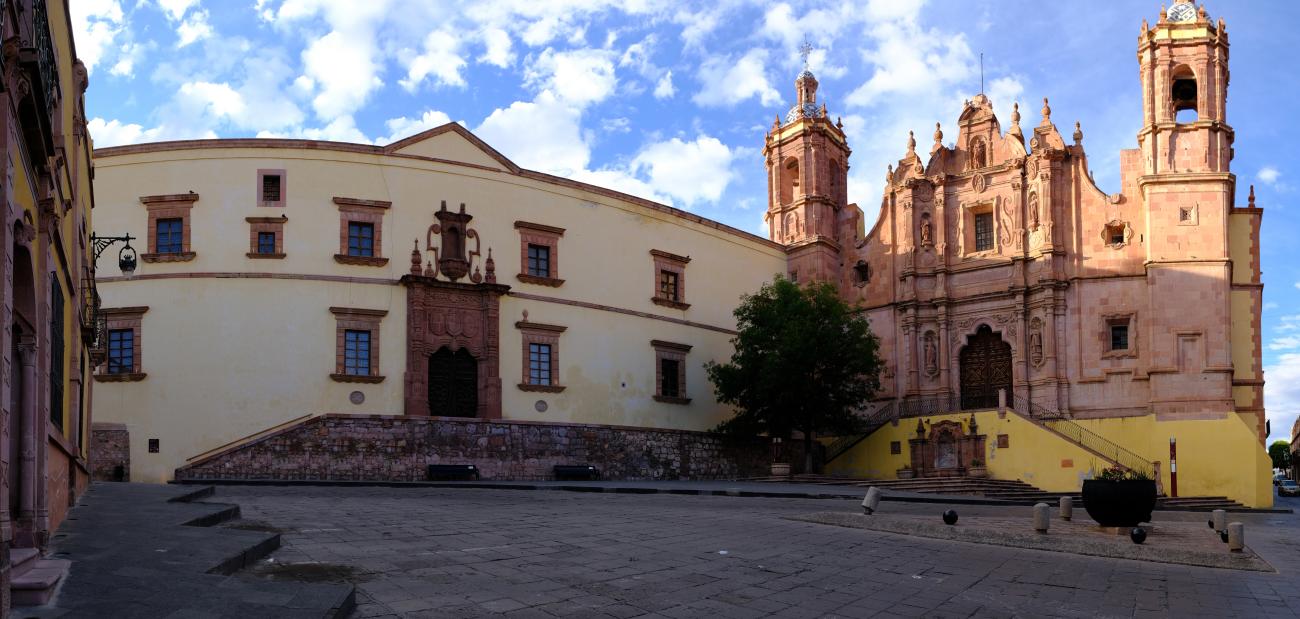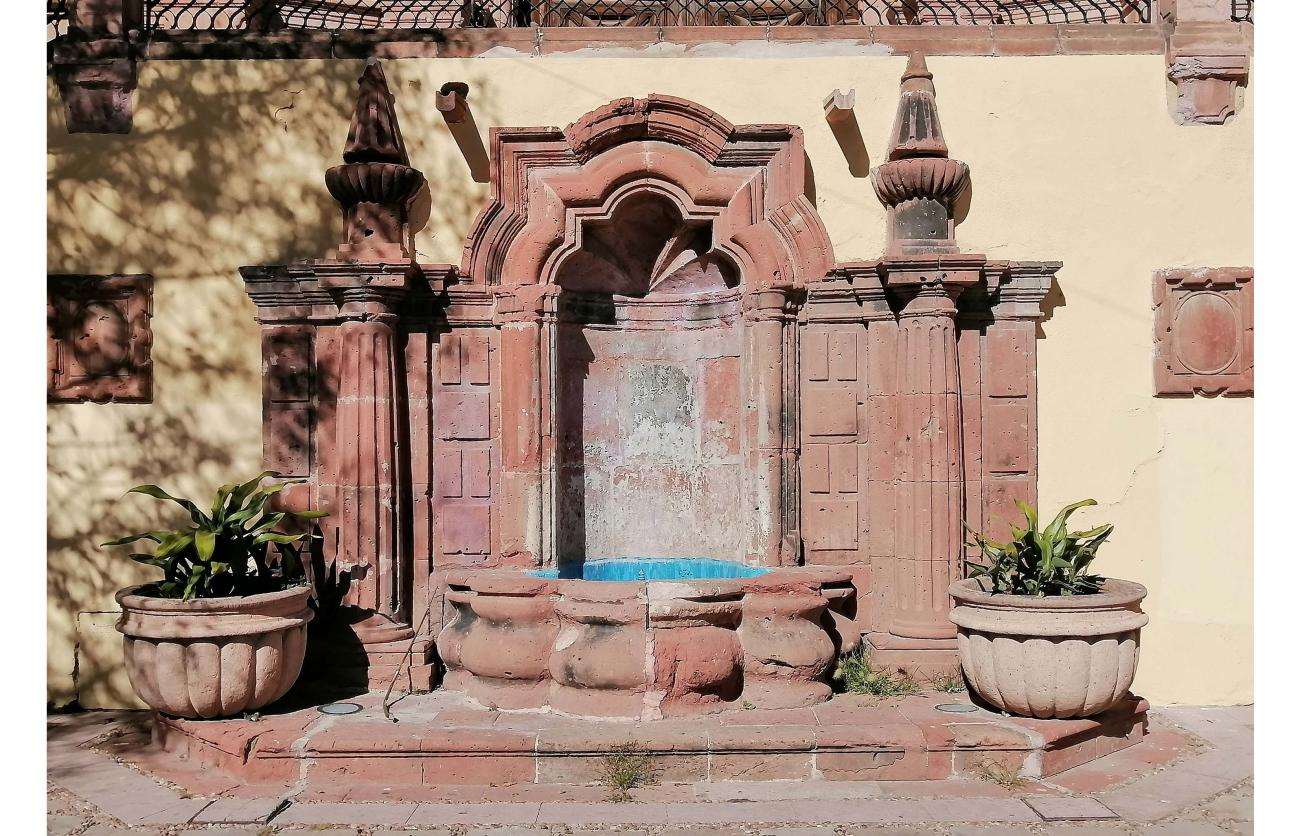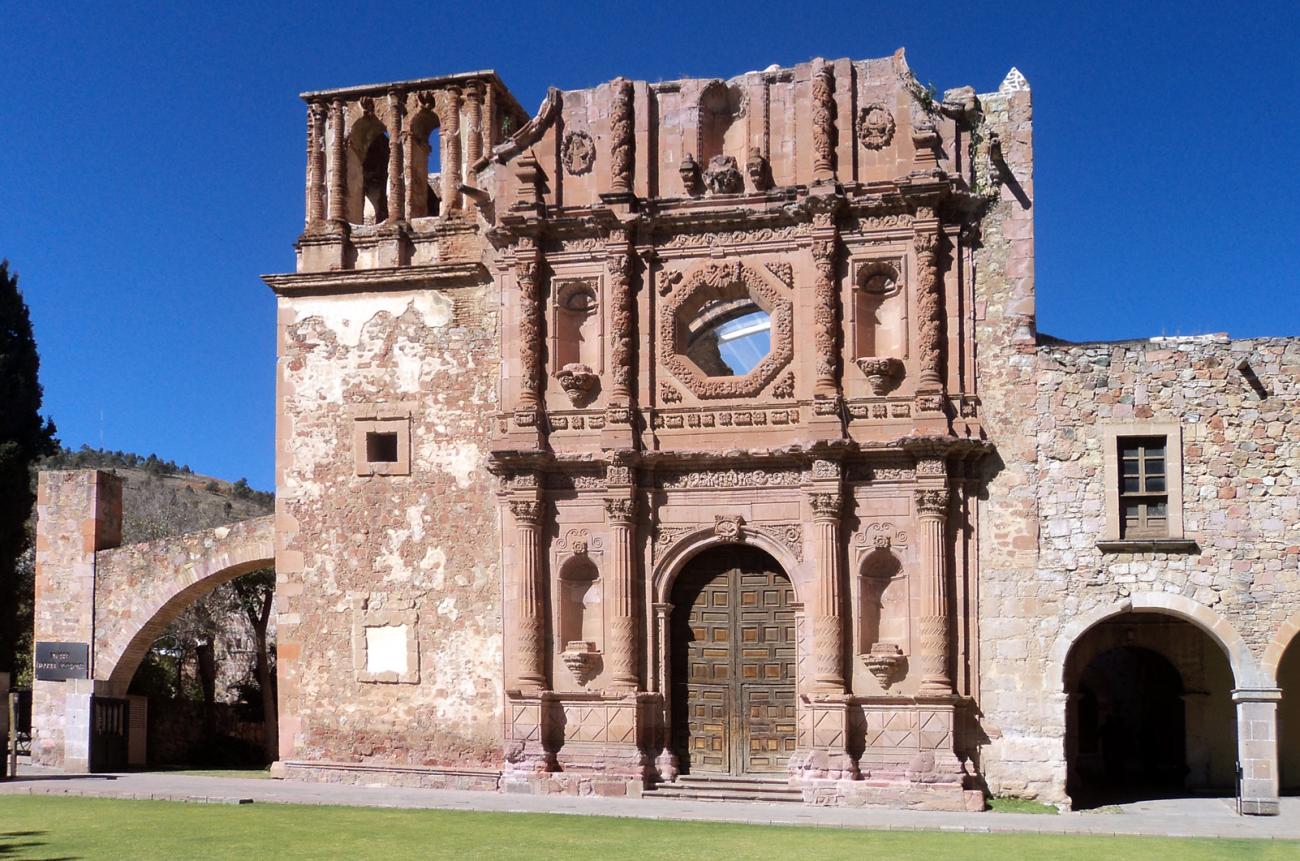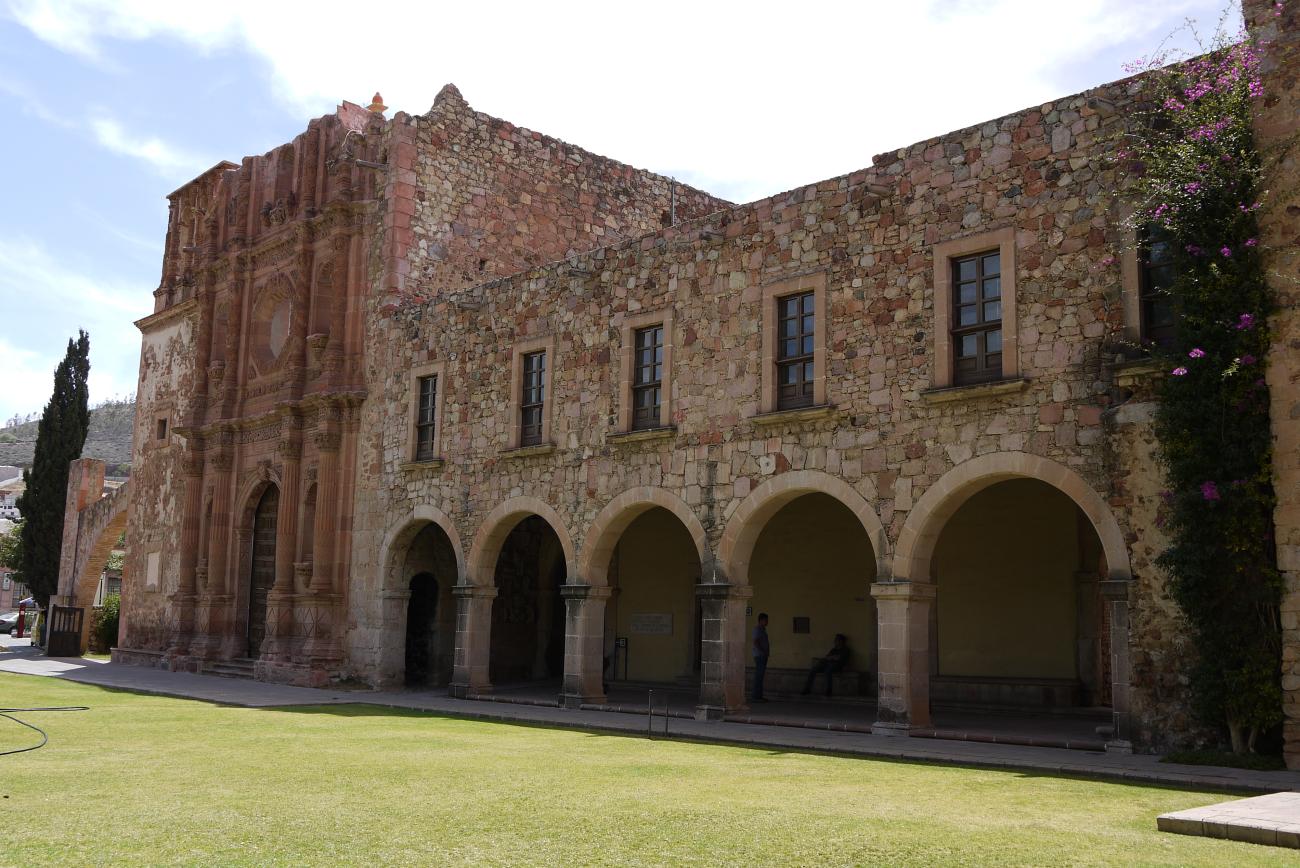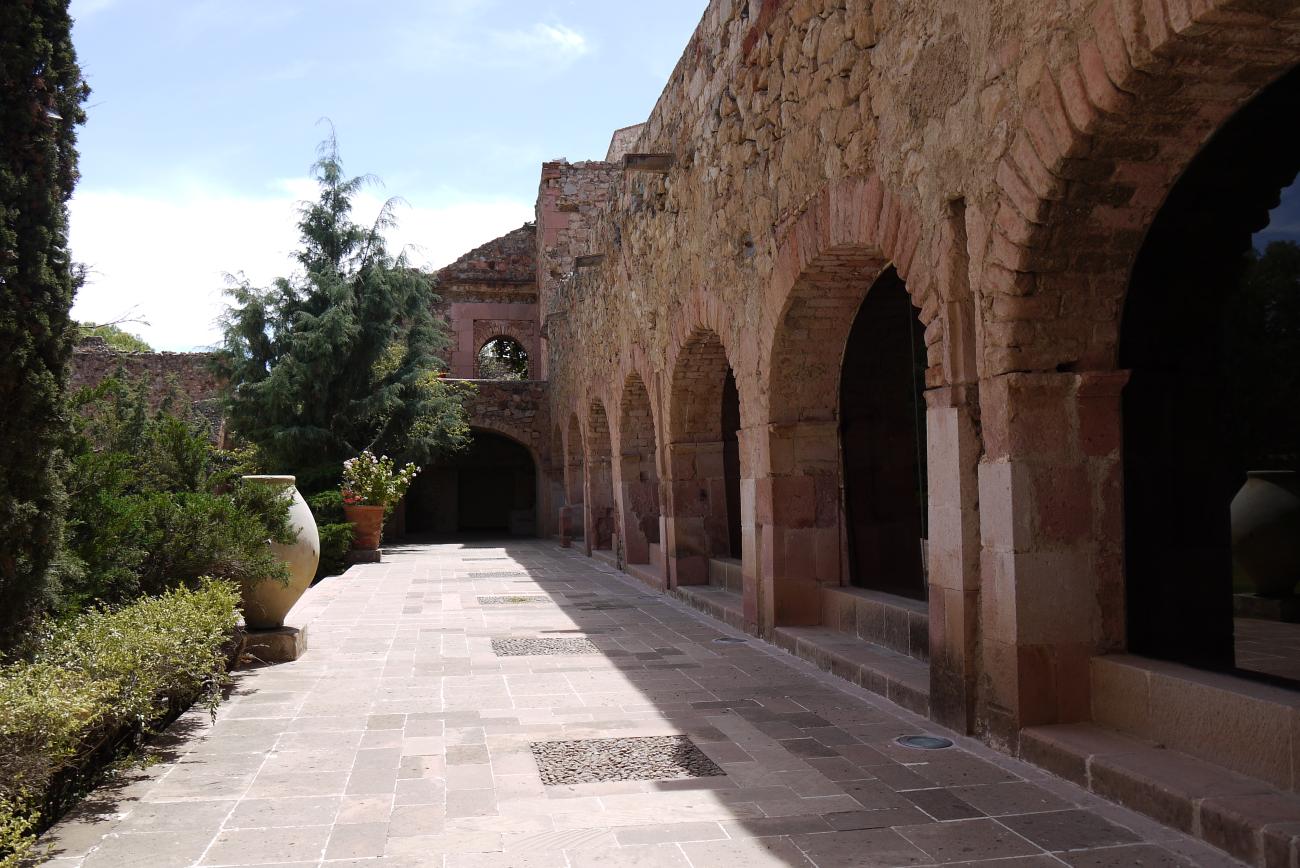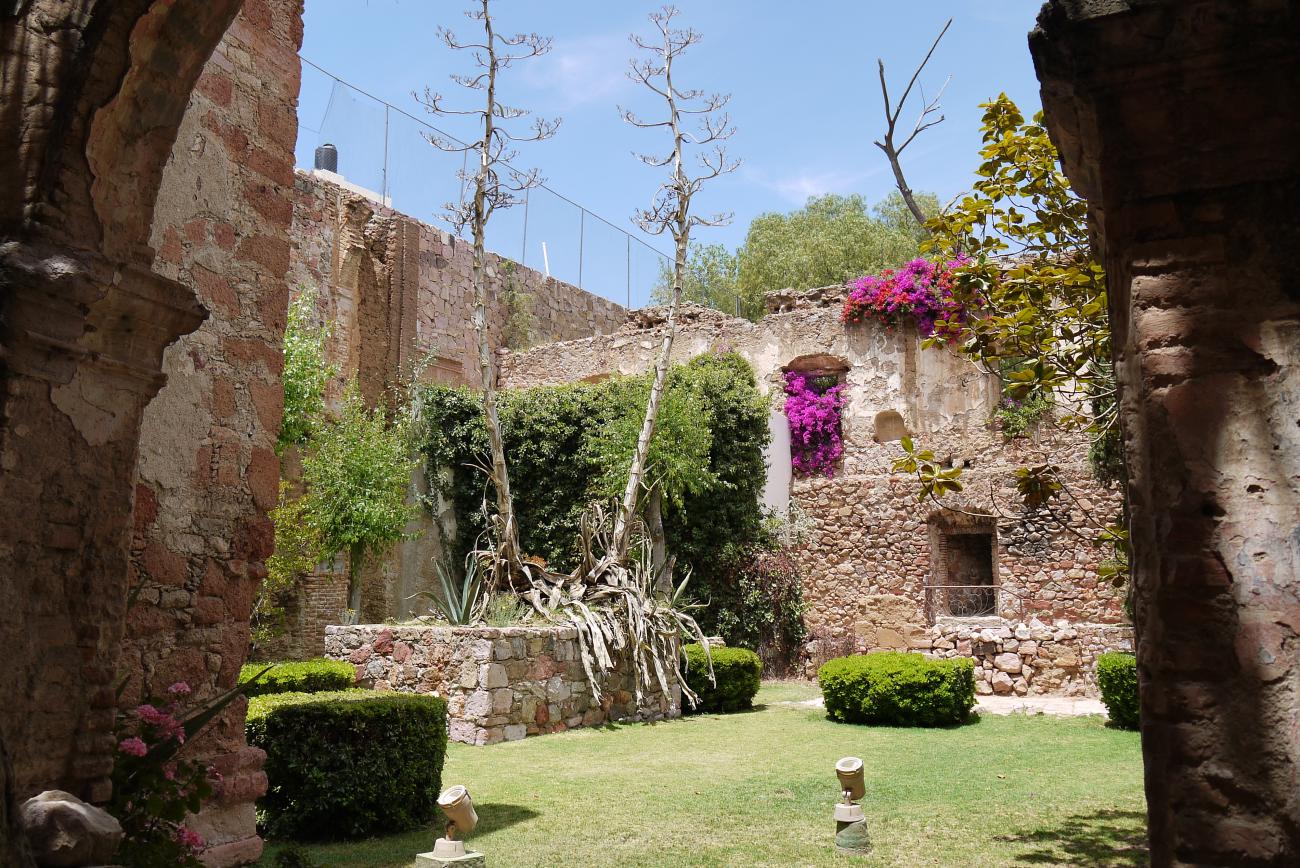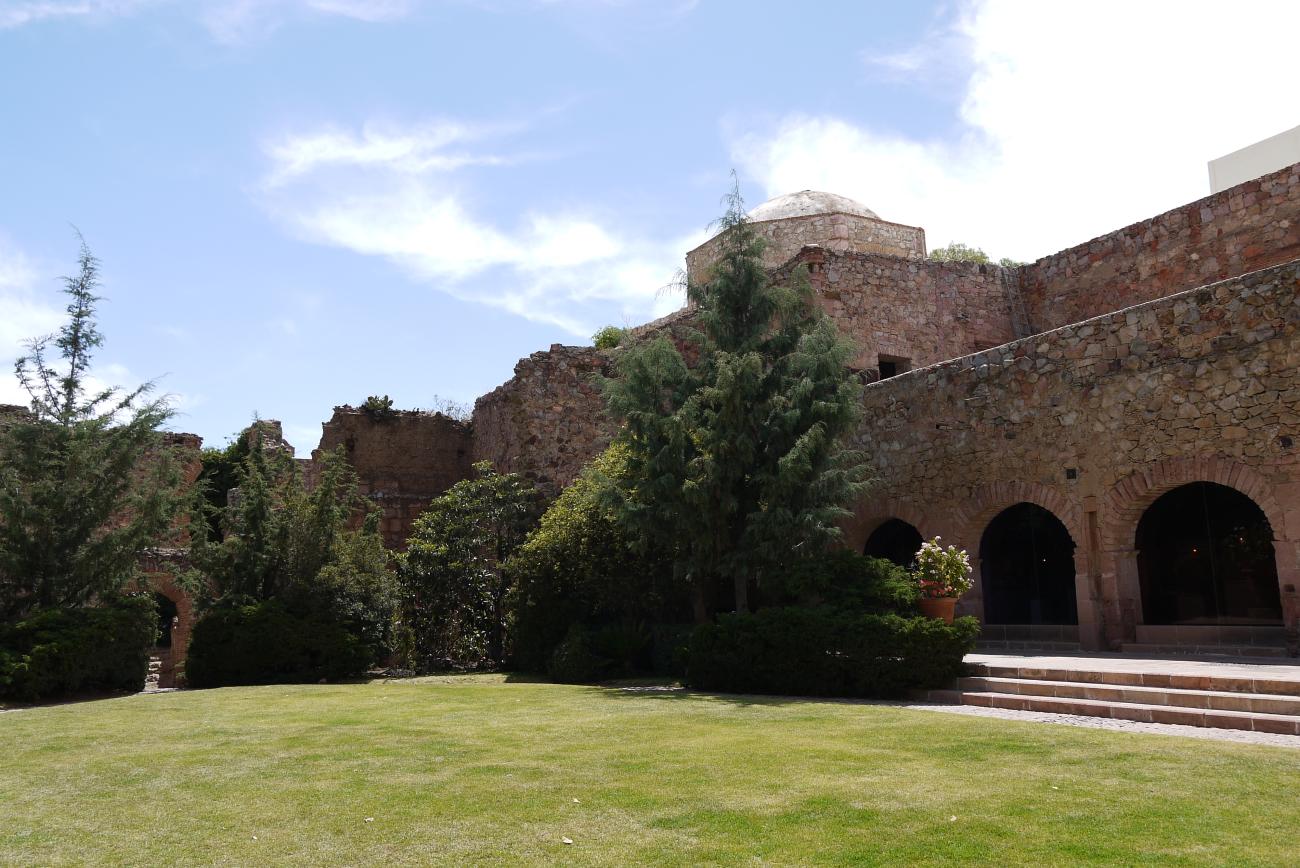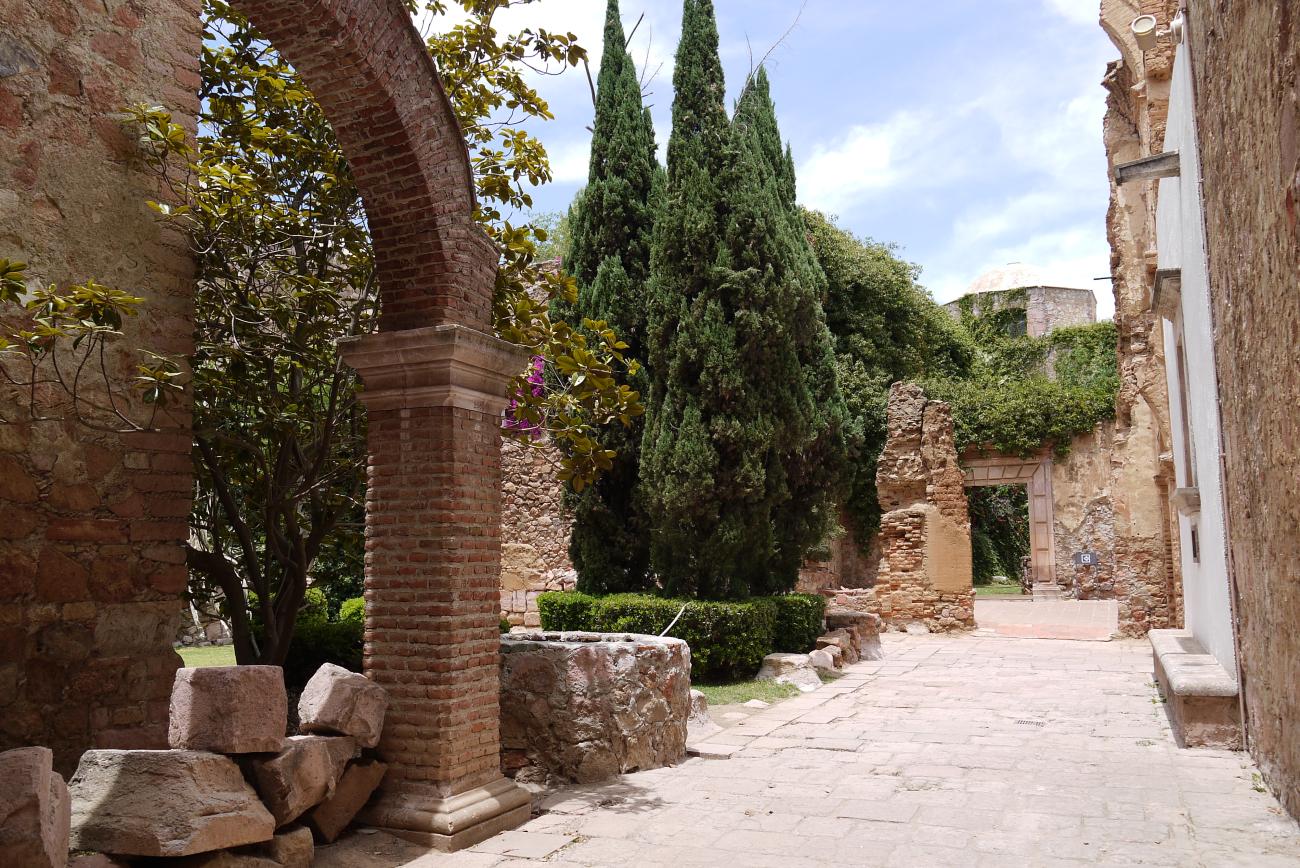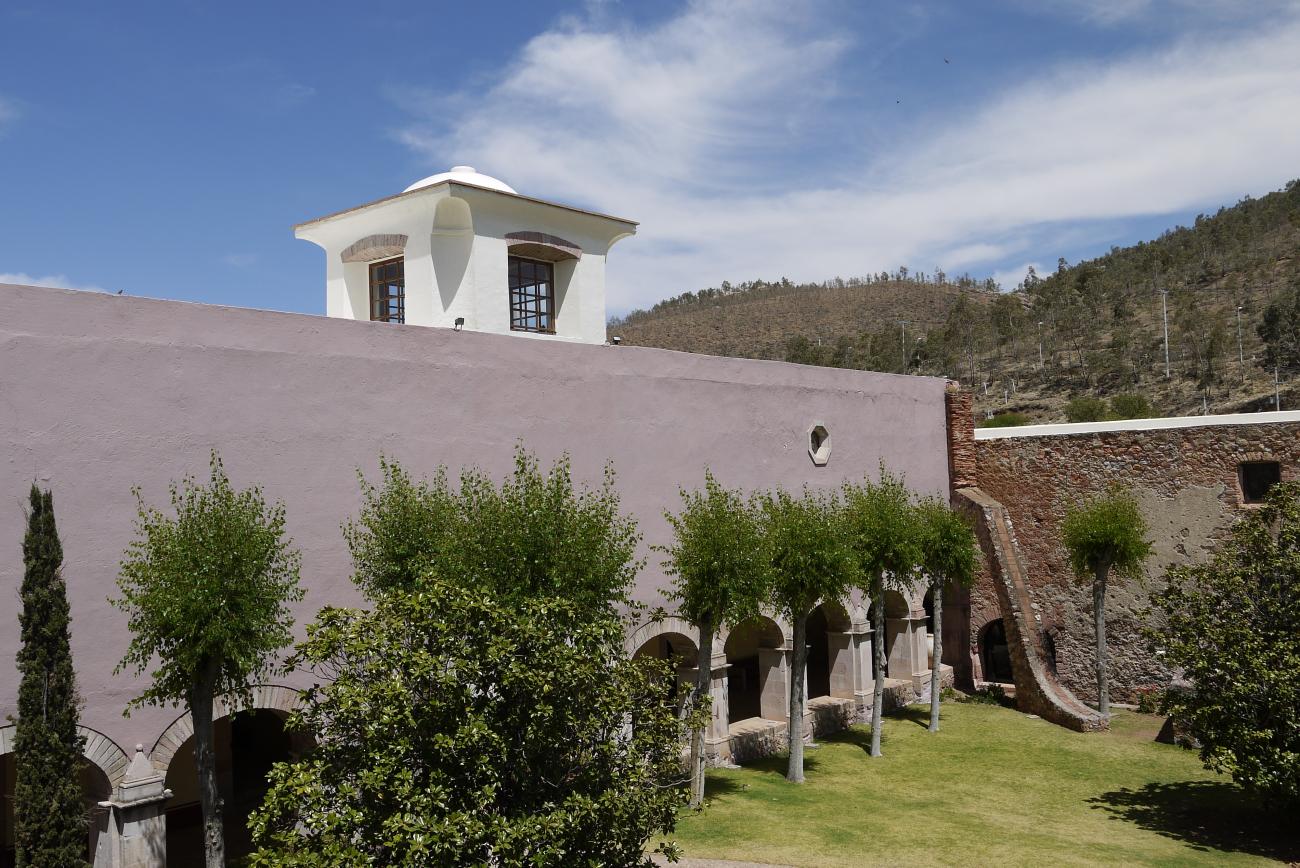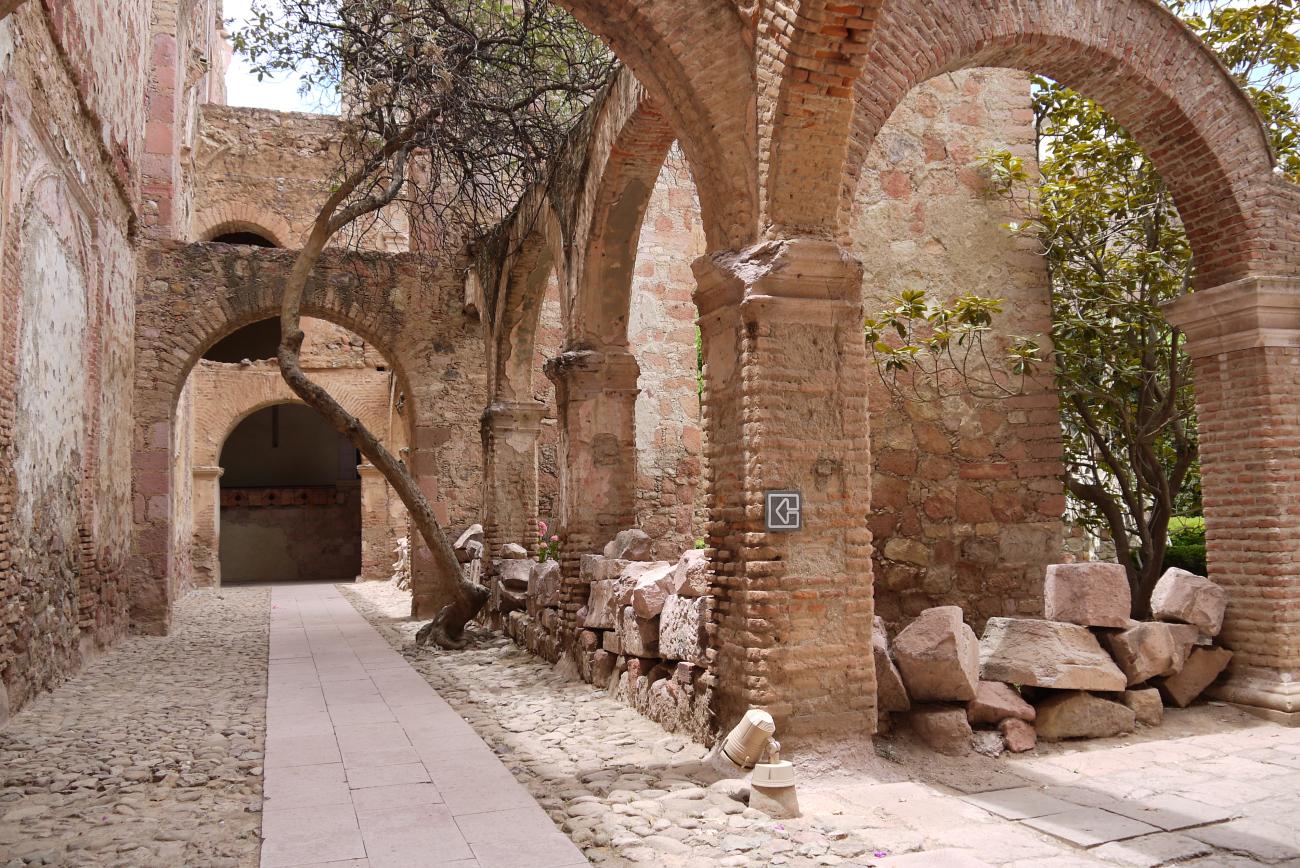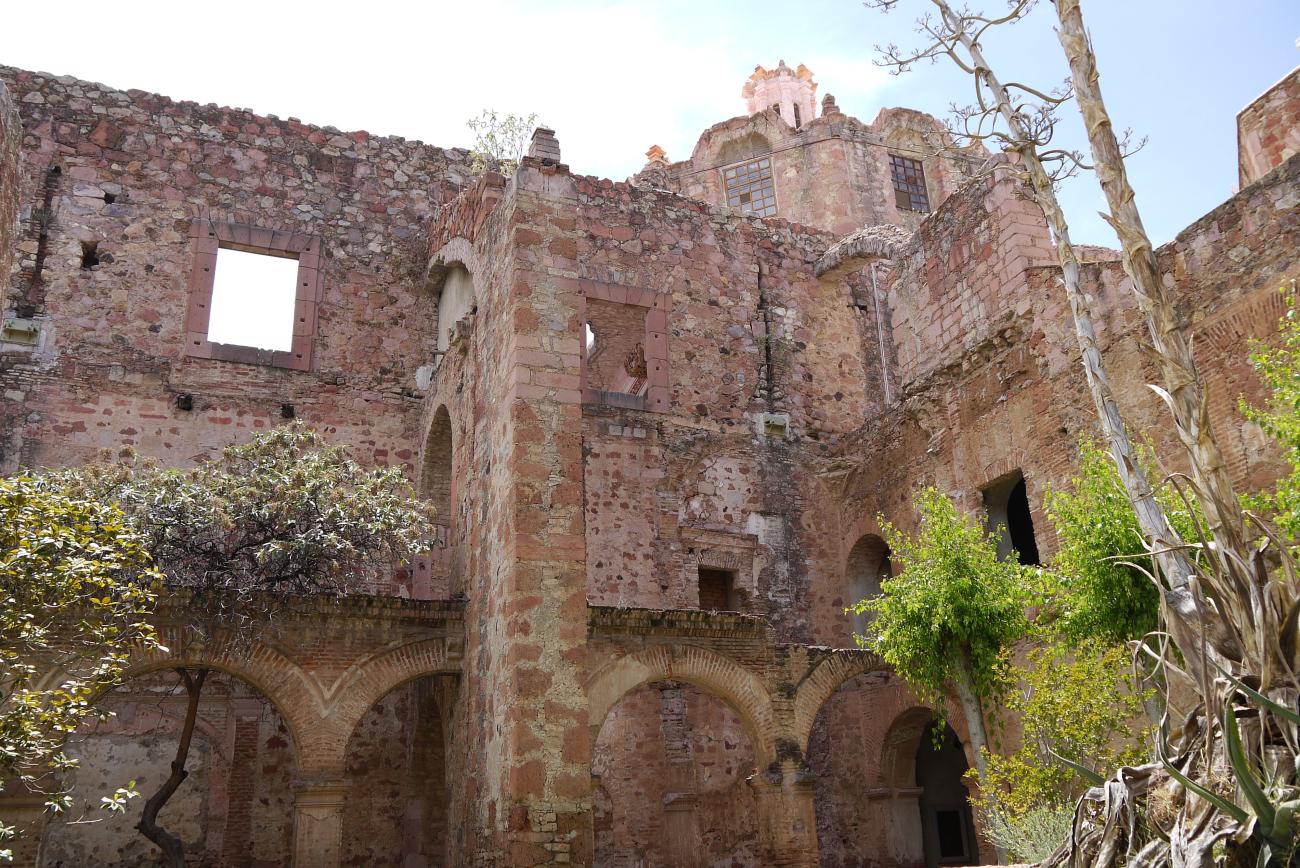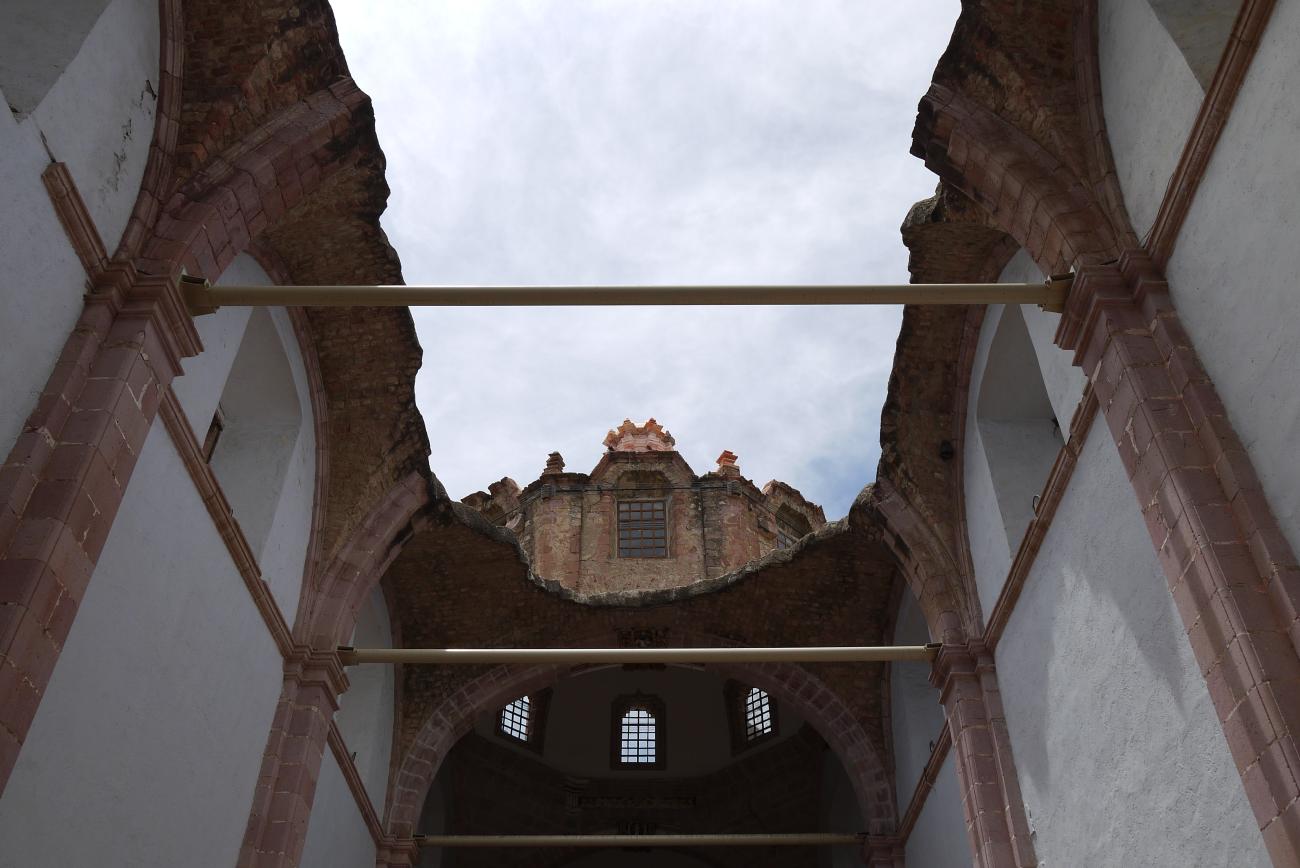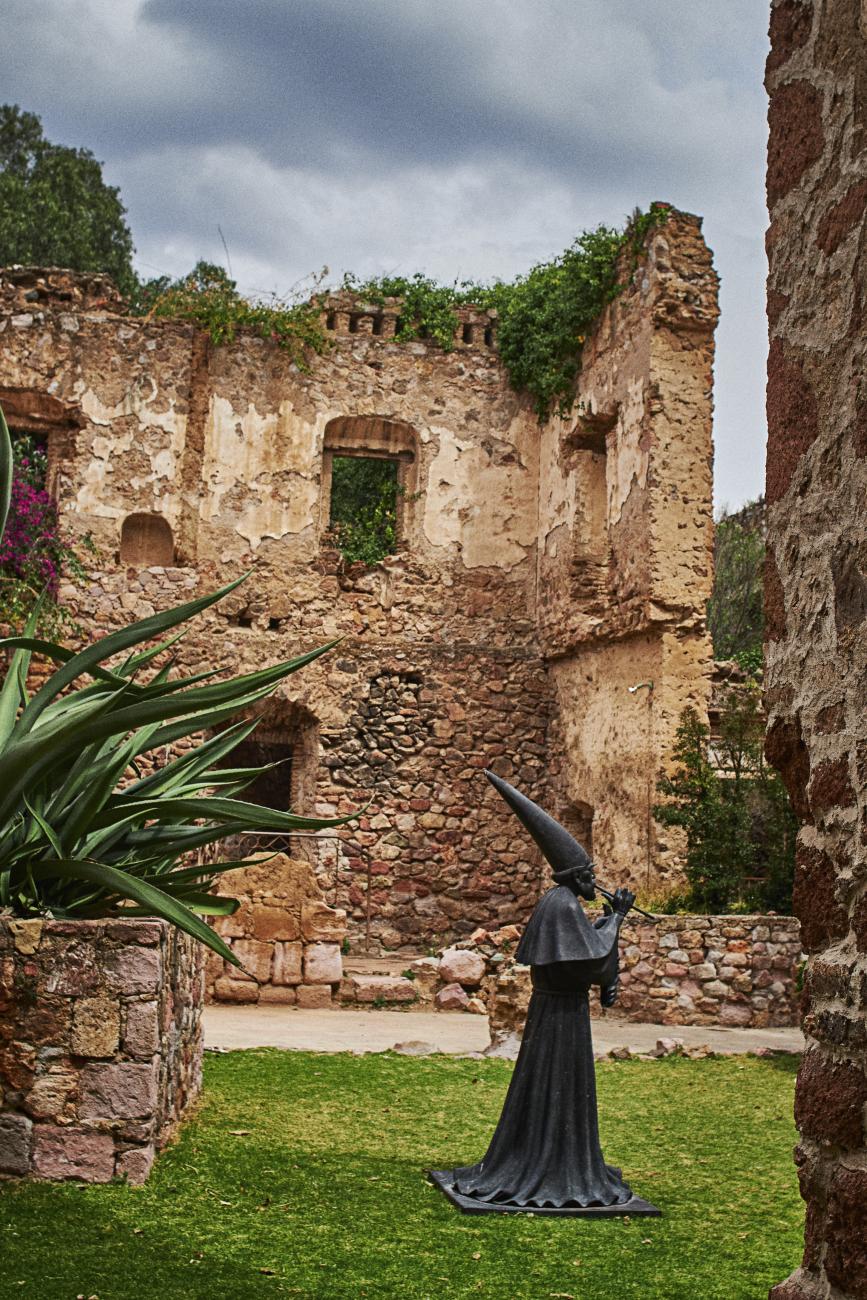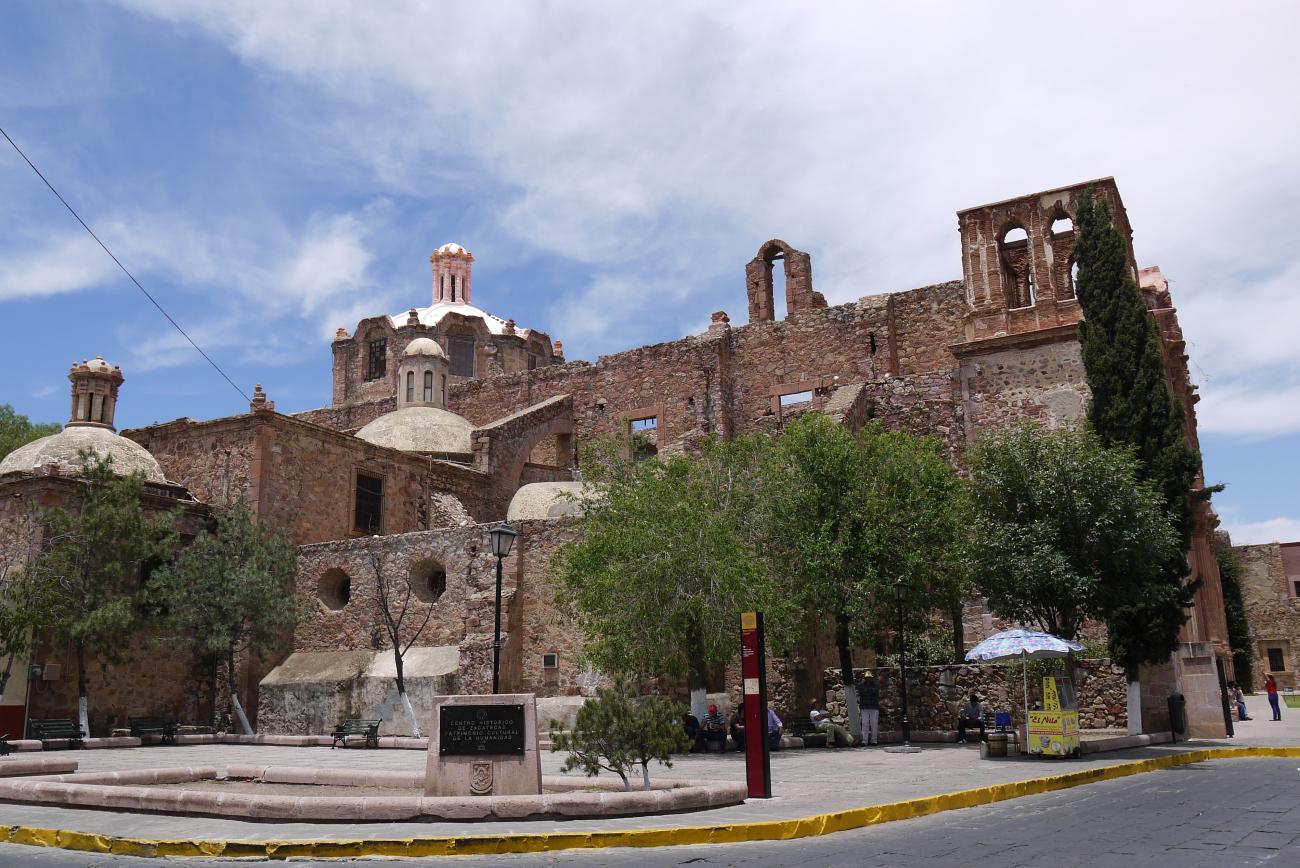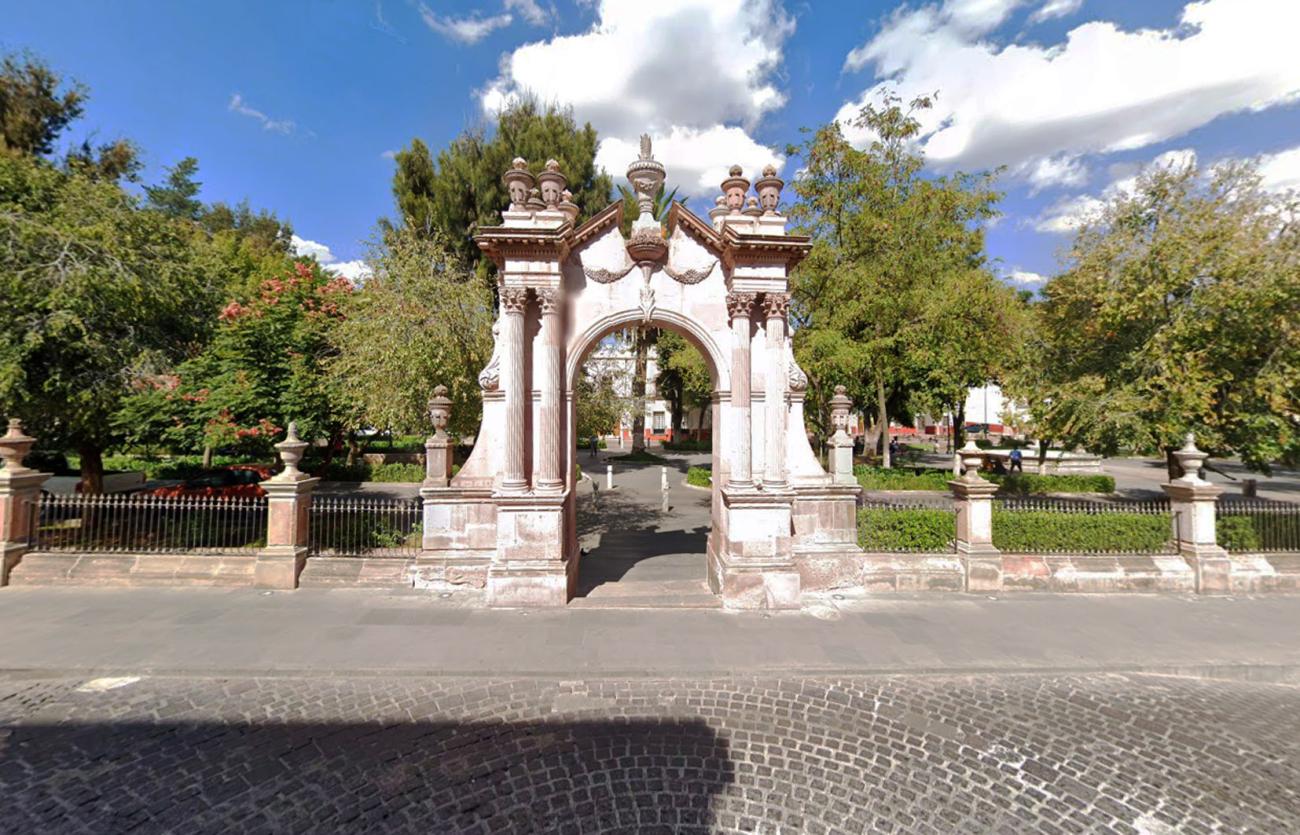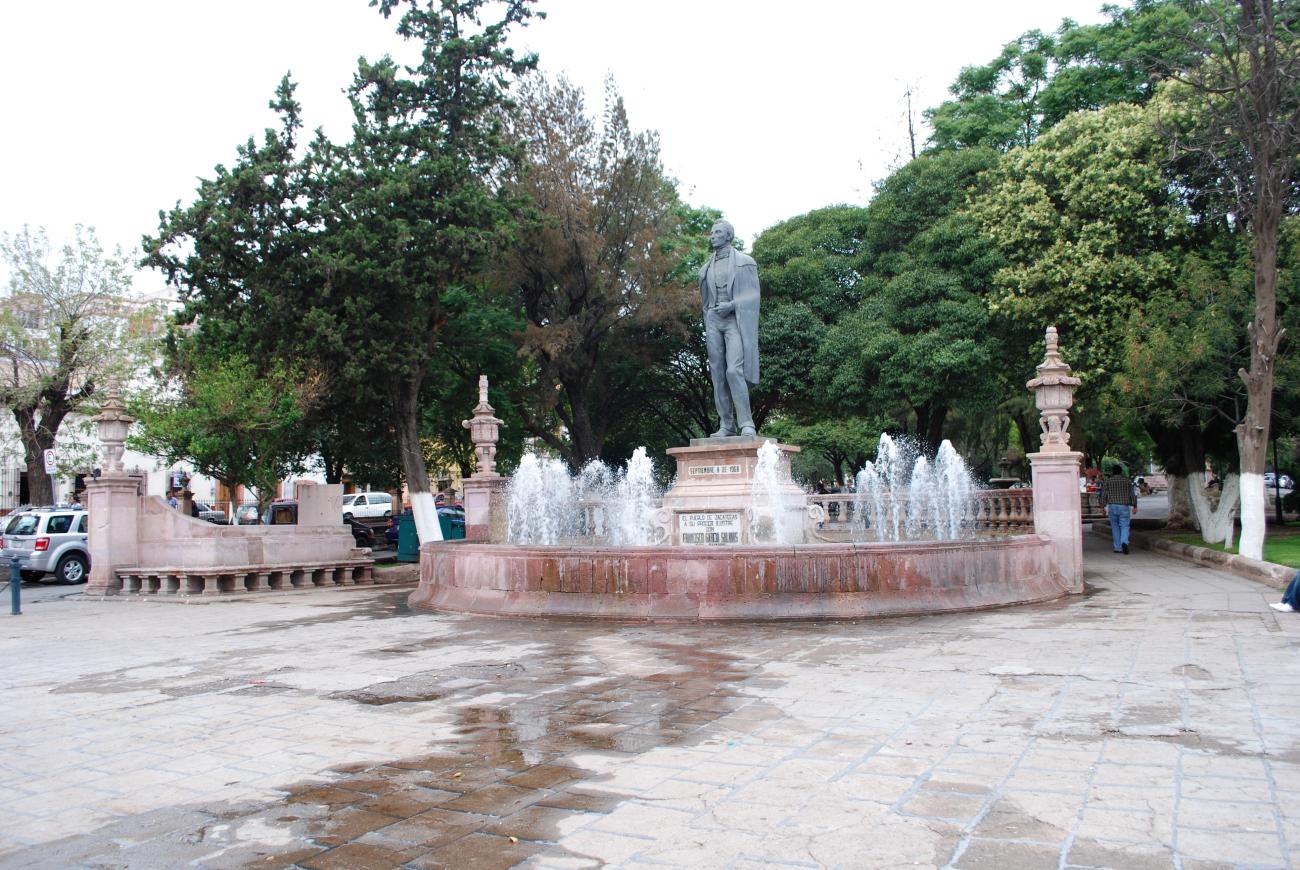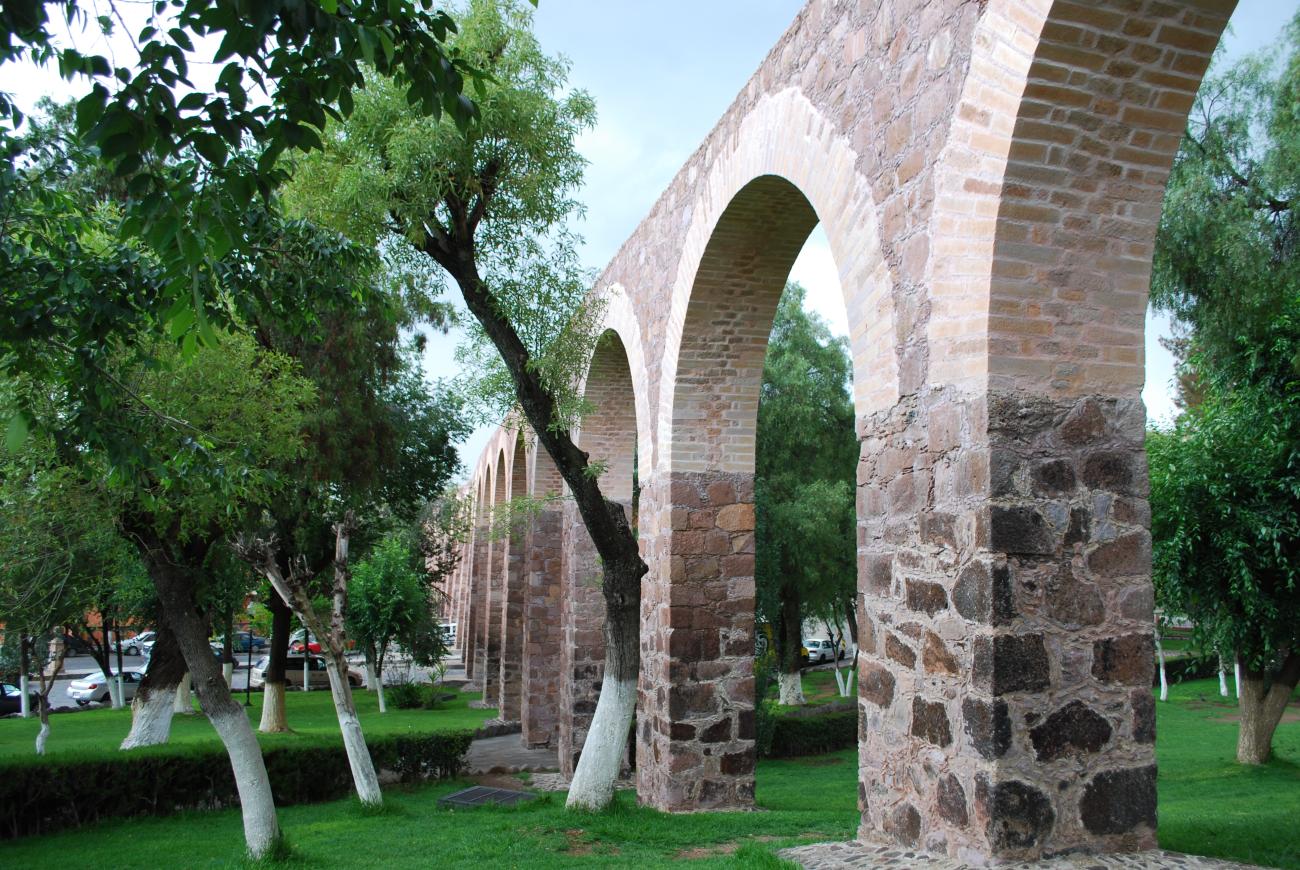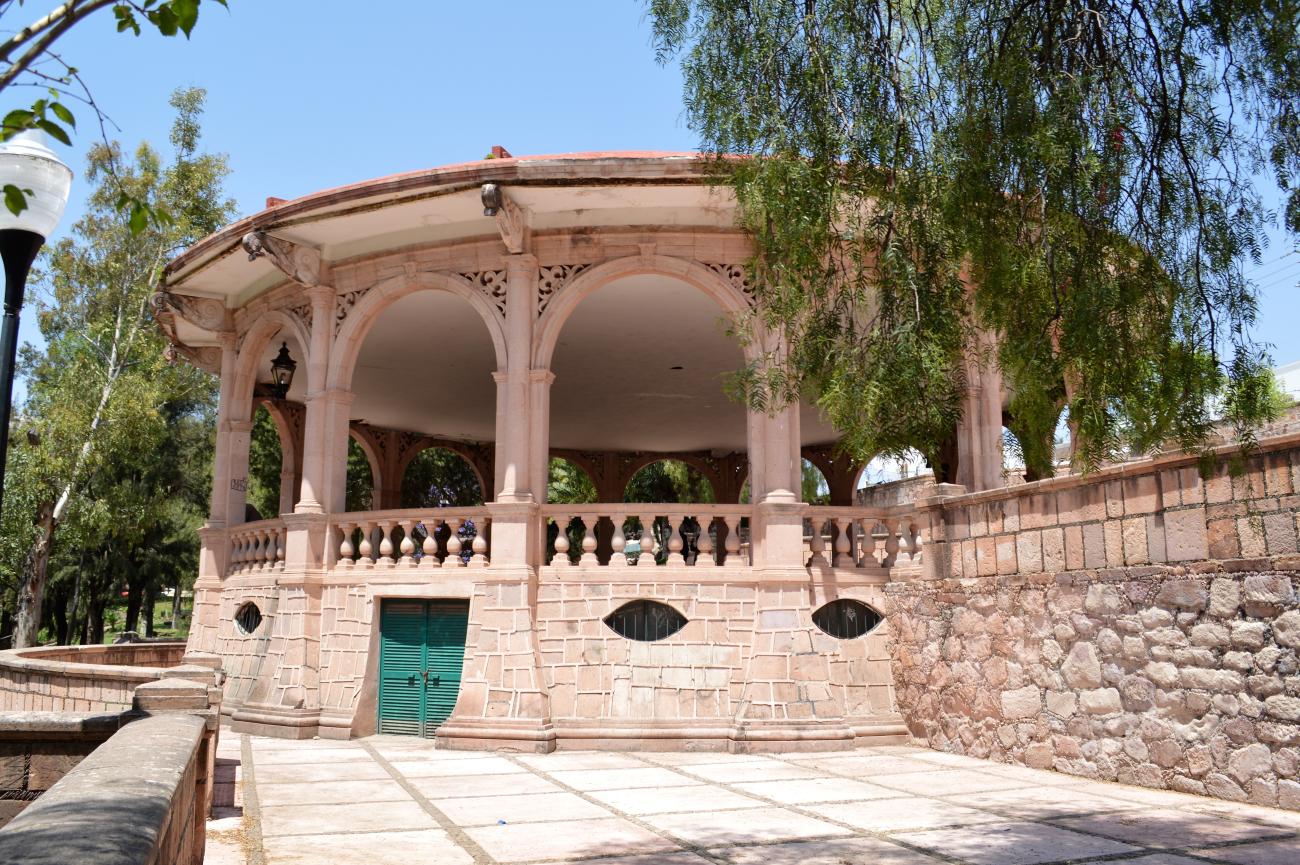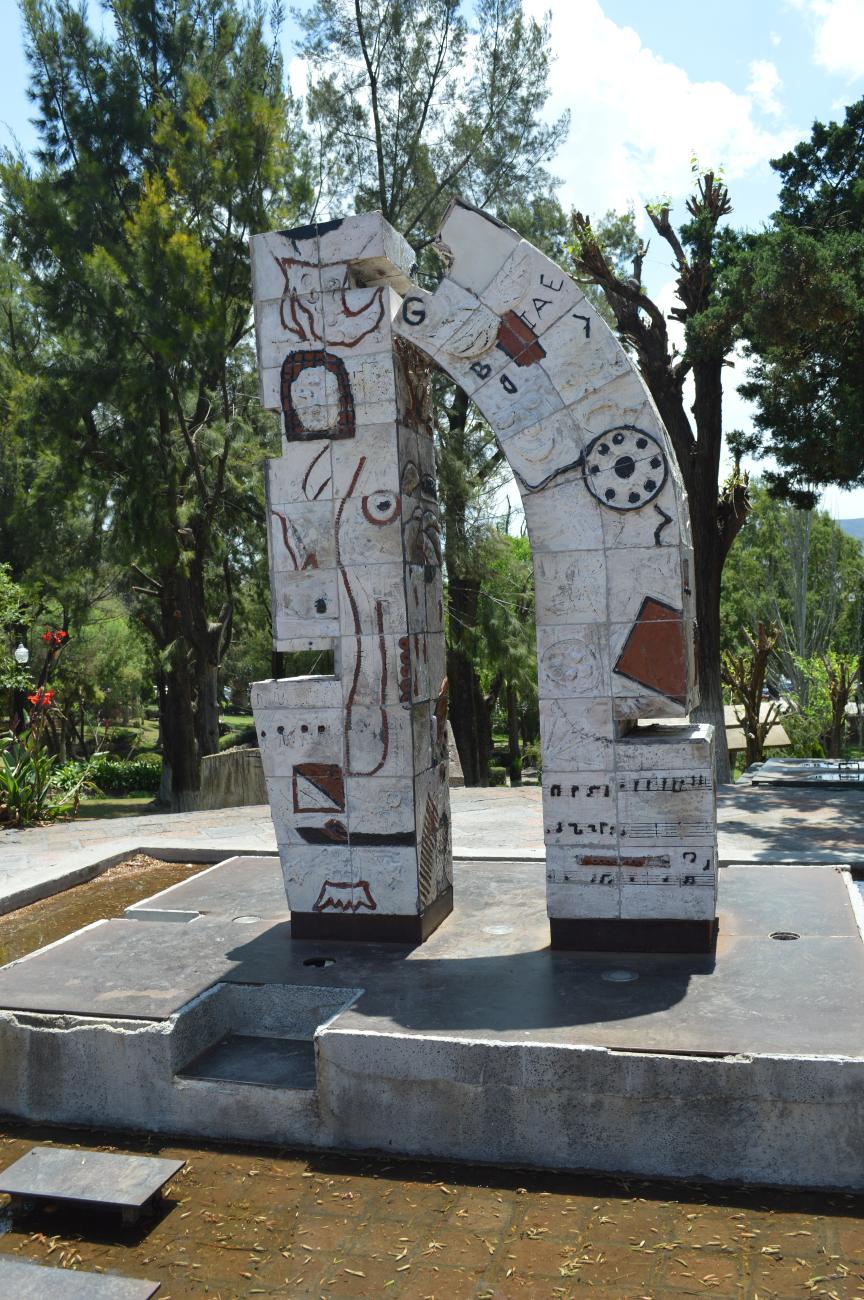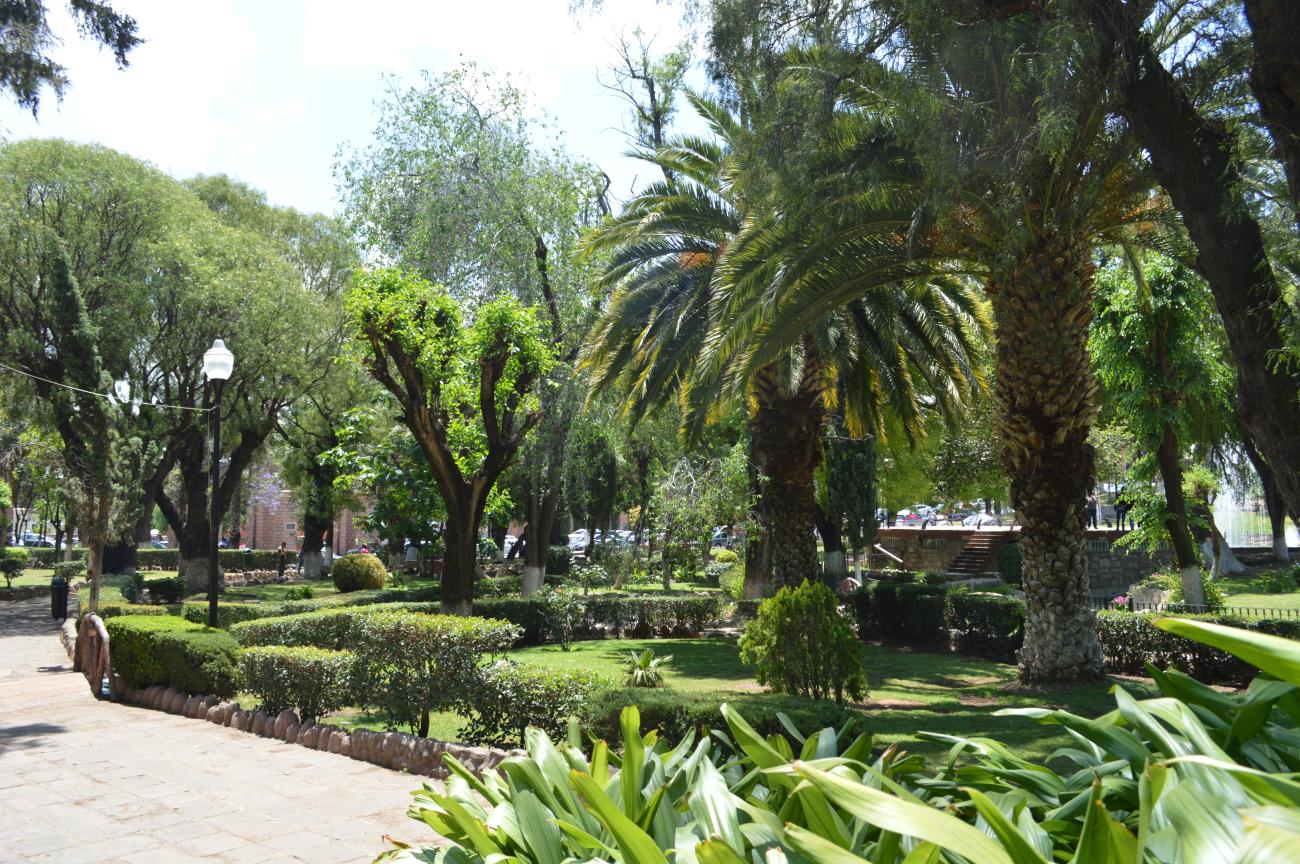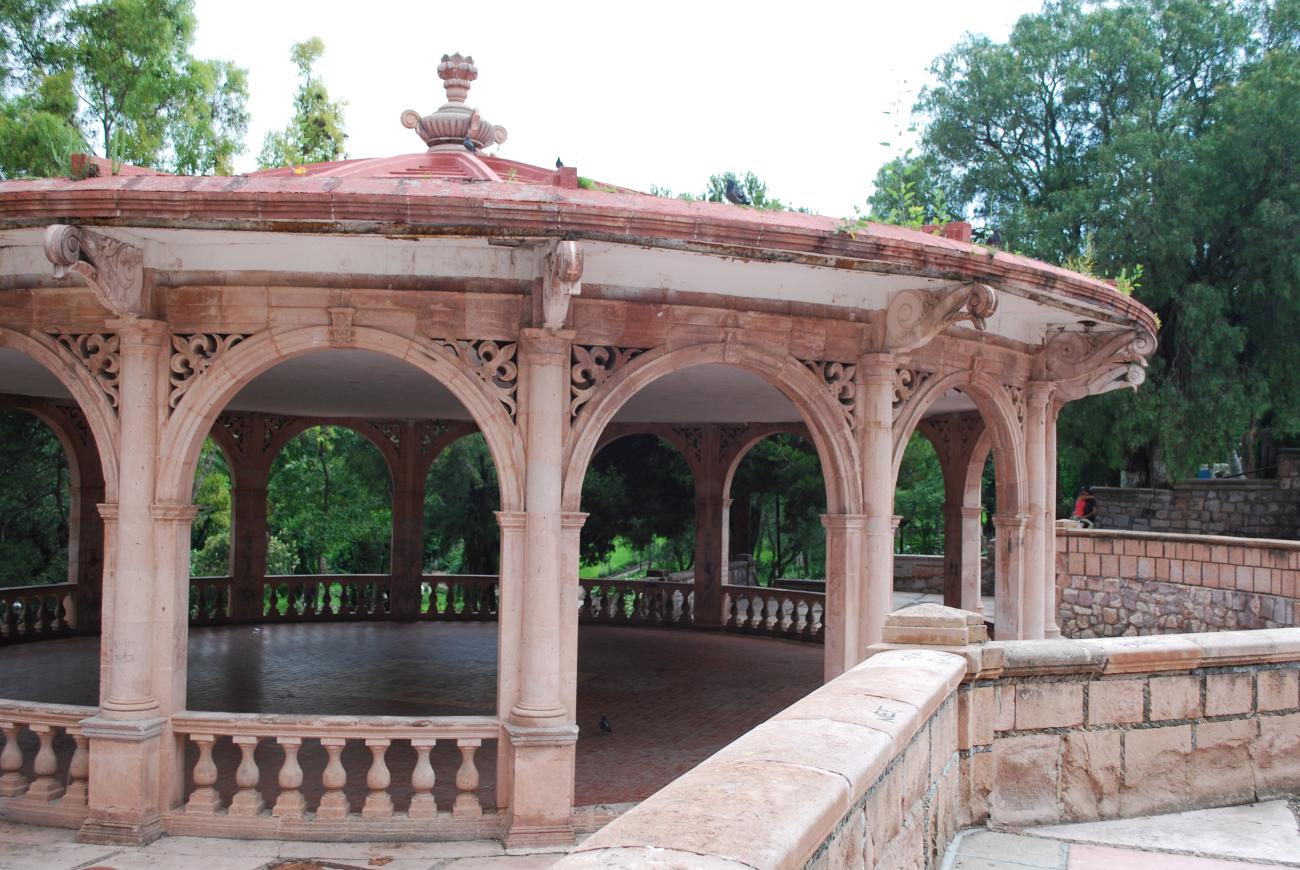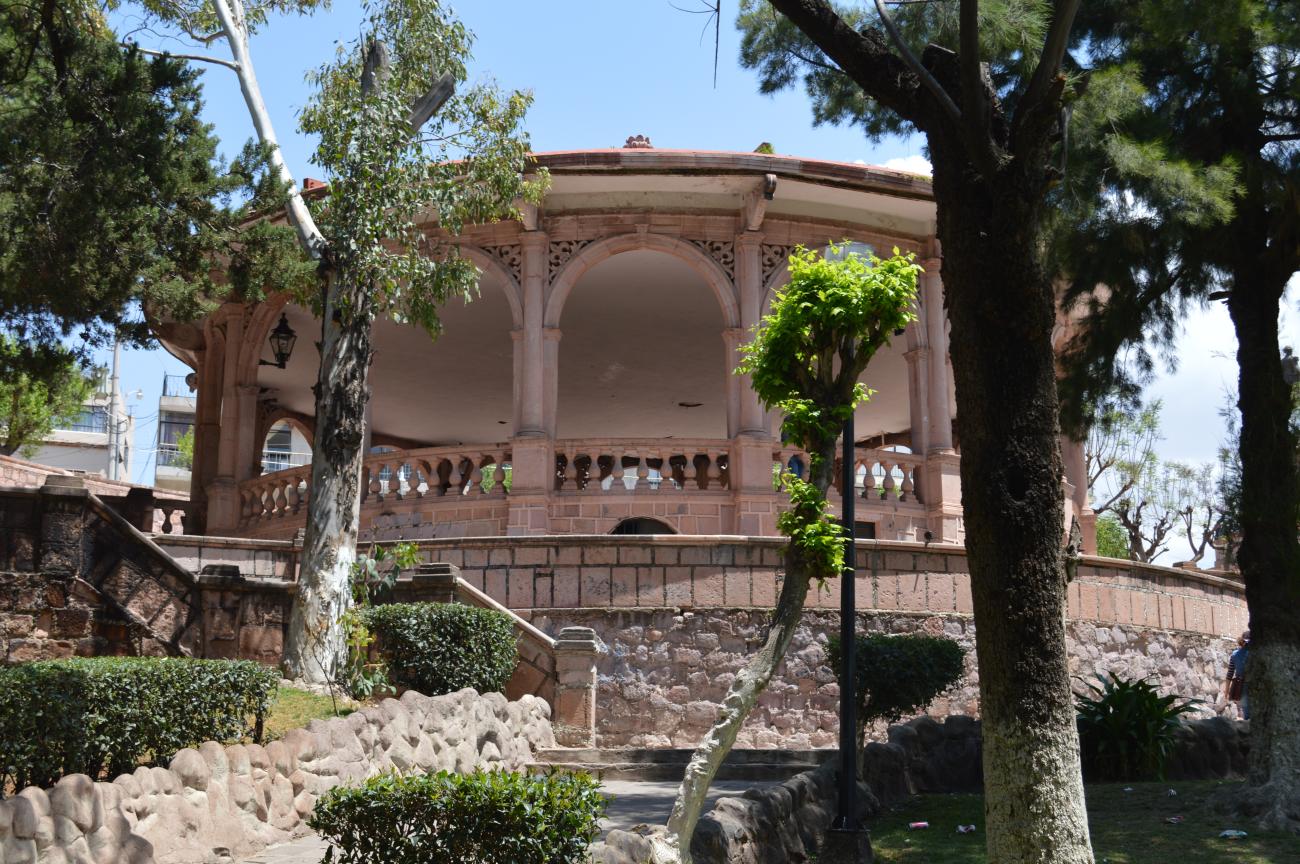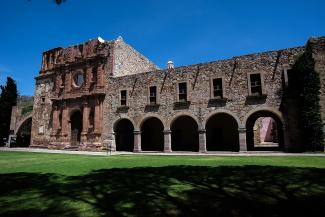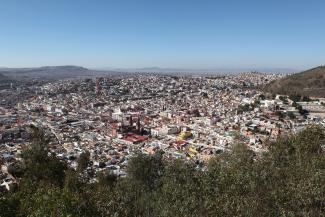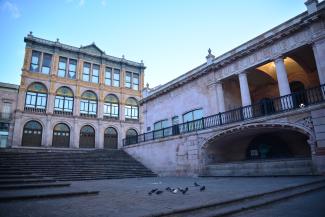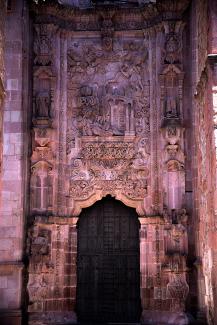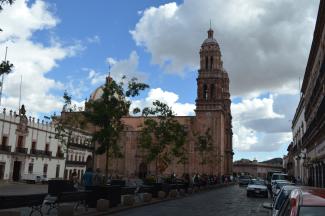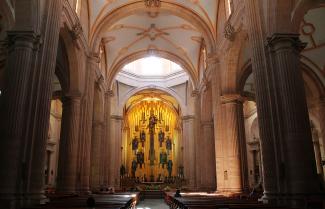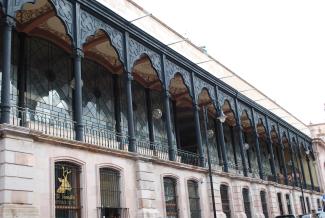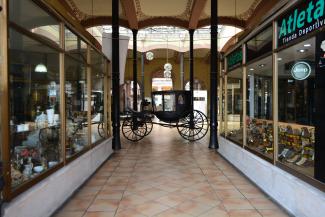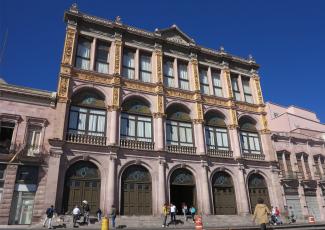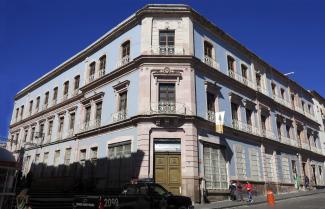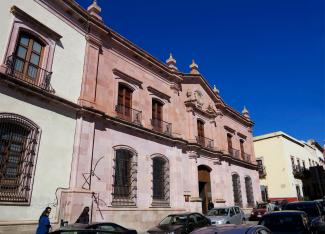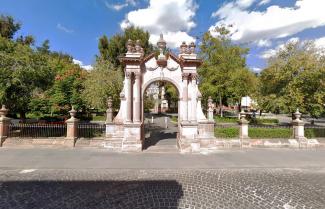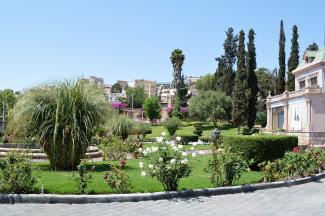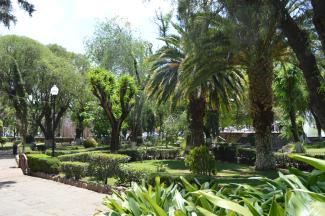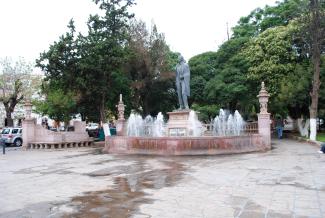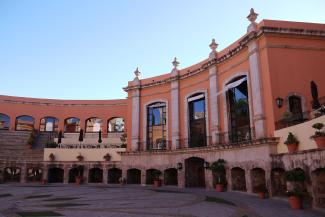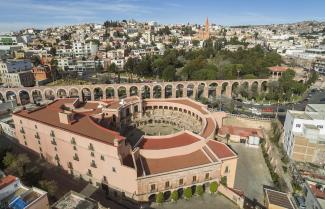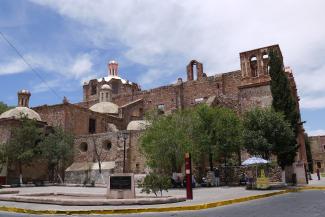Zacatecas
Historical Monuments Zone
Abstract
This city preserves architectural features typical of the Bajío region and is closely linked to significant historical events that took place during the War of Independence, the Second French Intervention, and the Mexican Revolution.
The city originated along a ravine carved by the flow of the Arroyo de la Plata stream, at the foothills of Cerro de la Bufa. Its name comes from the Nahuatl words zacatl (grass or hay) and tlan (place).
Spanish presence in Zacatecas began on September 8, 1546, when an expedition from Guadalajara, Nueva Galicia, led by Juan de Tolosa, discovered rich silver deposits. This discovery triggered the first wave of migration, which soon faced threats from a climate of violence and insecurity. In 1550, the Chichimeca War broke out—a long, continuous, and devastating frontier conflict.
By the mid-16th century, settlements were established with populations coming from central Mexico. King Philip II granted the city its official status on October 17, 1585; in 1588, it was awarded the title “very noble and loyal” and received a coat of arms.
Its economic influence spurred the development of roads connecting Zacatecas to Mexico City, where silver was minted. This route linked to the port of Veracruz and, driven by demand from the mines and surrounding towns, gave rise to a communication network crossing the heart of New Spain known as the Camino Real de Tierra Adentro.
The city also hosted several religious orders: the Franciscans established a convent in 1567, the Augustinians in 1576, the Dominicans in 1604, the Juaninos in 1610, the Mercedarians in 1702, and the Jesuits founded their college in 1616.
During the 18th century, mine owners built a number of monumental structures that have become iconic landmarks, including the parish church (today the Cathedral Basilica), the Sanctuary of La Bufa, and the historic churches of San Francisco and San Agustín.
The Historic Monuments Zone comprises 169 blocks containing 827 historically valuable buildings, constructed between the 16th and 19th centuries.
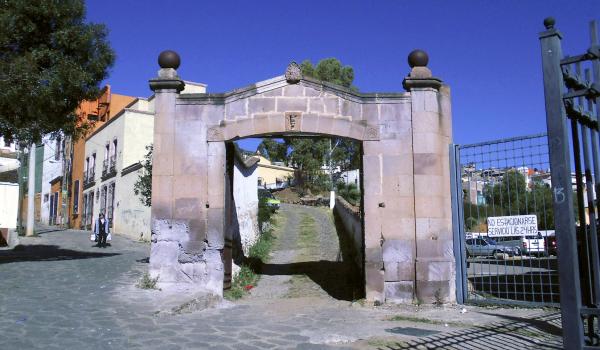
Filarmónicos Portico
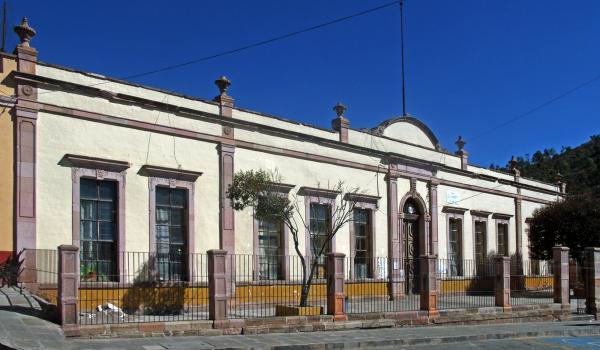
Francisco García Salinas State Primary School
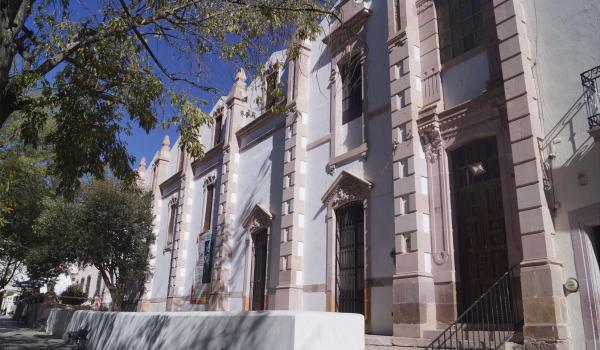
State School of Conservation and Restoration of Zacatecas "Refugio Reyes"
Also known as the Former Chapel of the Capuchin Nuns of Perpetual Adoration.
State School of Conservation and Restoration of Zacatecas "Refugio Reyes"
Also known as the Former Chapel of the Capuchin Nuns of Perpetual Adoration.
The façade features two horizontally proportioned sections divided by eight buttresses. It is topped by triangular parapets and the buttresses themselves
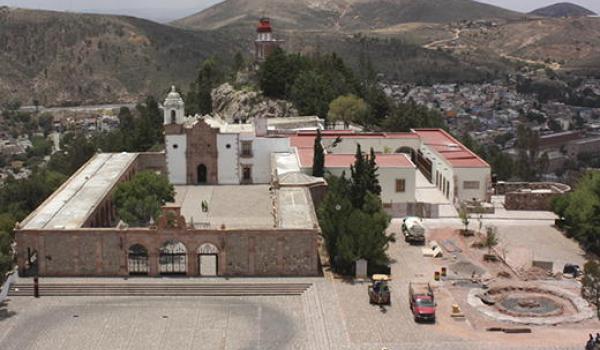
Zacatecas Capture Museum
In 1548, the Bishop of Guadalajara built a sanctuary on Cerro de la Bufa. By 1728, José Rivera de Bernárdez, Count of Santiago de la Laguna, purchased the land between the two peaks and rebuilt the chapel dedicated to the Virgin of the Immaculate Conception.
Zacatecas Capture Museum
In 1548, the Bishop of Guadalajara built a sanctuary on Cerro de la Bufa. By 1728, José Rivera de Bernárdez, Count of Santiago de la Laguna, purchased the land between the two peaks and rebuilt the chapel dedicated to the Virgin of the Immaculate Conception. The chapel was reconstructed again in 1790 under the initiative of José Mariano Bezanilla Mier y Campa. In 1810, a space was built to serve as a center for spiritual exercises. Between 1881 and 1885, the priest José Eugenio Nava rebuilt the chaplain’s house.
Thanks to its strategic location, the site has served as a military stronghold. In 1984, the Zacatecas Capture Museum was inaugurated to commemorate the 70th anniversary of the battle.

Manuel Felguérez Abstract Art Museum
This building’s construction began in 1870 at the request of Zacatecas’s second bishop, José María del Refugio Guerra y Alba, with the purpose of housing the Tridentine Conciliar Seminary of the Immaculate Conception.
Manuel Felguérez Abstract Art Museum
This building’s construction began in 1870 at the request of Zacatecas’s second bishop, José María del Refugio Guerra y Alba, with the purpose of housing the Tridentine Conciliar Seminary of the Immaculate Conception. The architect Sixto Espinoza designed the layout.
The seminary operated until 1924. On June 14 of that year, it was occupied and looted by Villista troops and repurposed as a military barracks and tenement housing.
In 1964, the building was rehabilitated and used as a prison until 1995. That year, the prison was moved to the new Cieneguillas correctional facility, and in 1997, the building was restored and adapted to host the Manuel Felguérez Abstract Art Museum.
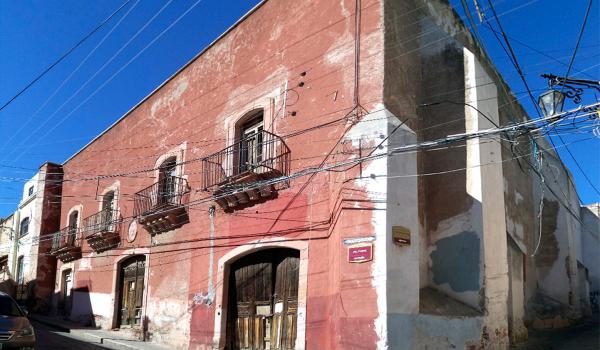
Old Copper House
An 18th-century building, its most recent use was as a private school. It is currently abandoned.
Old Copper House
An 18th-century building, its most recent use was as a private school. It is currently abandoned.

Hospital of San José
A 16th-century building originally occupied by the Jesuits, it was taken over in 1785 by the Hospitaller Order of Saint John of God, who continued to provide services both in the church and the hospital. By 1827, due to neglect, the state leader J. M.
Hospital of San José
A 16th-century building originally occupied by the Jesuits, it was taken over in 1785 by the Hospitaller Order of Saint John of God, who continued to provide services both in the church and the hospital. By 1827, due to neglect, the state leader J. M. García Rojas transferred the complex to the city government and later to the municipality, renaming it the Civil Hospital. Years later, it was converted into a psychiatric hospital. In 1921, the Sisters of the Congregation of the Daughters of Mary Immaculate transformed the building into the Hospital of San José. After their departure in 1992, the hospital came under the administration of the Diocese of Zacatecas.
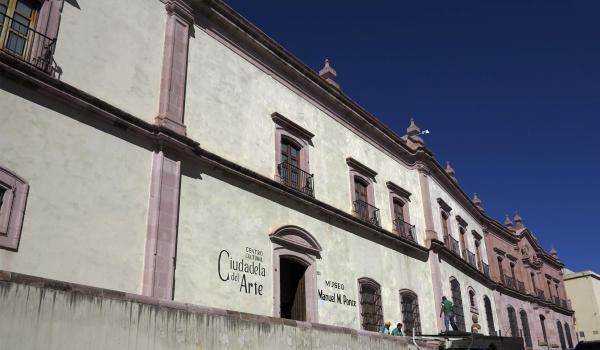
Citadel of Art – Manuel M. Ponce Museum
This 18th-century building was originally part of the Old Mint House of Zacatecas.
Citadel of Art – Manuel M. Ponce Museum
This 18th-century building was originally part of the Old Mint House of Zacatecas. It first served as the residence of the last Count of Santiago de la Laguna, and underwent two significant expansions during the second and third decades of the 19th century to meet the growing spatial demands of coin minting.
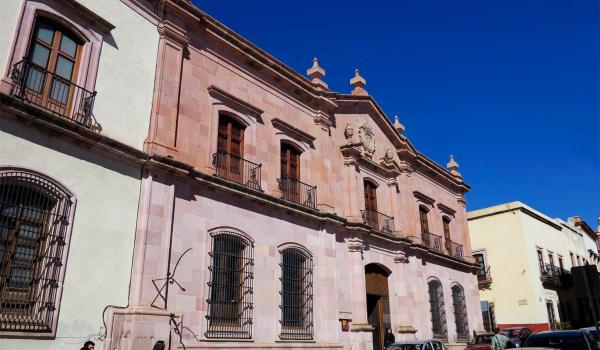
Old Mint House of Zacatecas – Museo Zacatecano
This 18th-century building has roots reaching back a century earlier, when it served as the home of the first Count of Santiago de la Laguna.
Old Mint House of Zacatecas – Museo Zacatecano
This 18th-century building has roots reaching back a century earlier, when it served as the home of the first Count of Santiago de la Laguna. It was later inherited by Spanish infantry colonel José de Urquiola, and eventually housed the last count, Don Miguel de Rivera Bernárdez, who authorized its transformation into a minting facility.
The mint was expanded in 1824 and 1831 until it occupied an entire city block and remained operational well into the 19th century. In 1905, it was shut down following the adoption of the gold standard under President Porfirio Díaz, which centralized all coin production in the Mexico City Mint.
From 1905 to 1912, it functioned as an Assay Office. In 1912, it became home to the School of Dentistry, and in 1987, the building was used by the Autonomous University of Zacatecas. In 1998, the State Department of Finance moved into the premises.
On September 7 (year not specified), the Zacatecano Museum was established by Federico Sescosse.
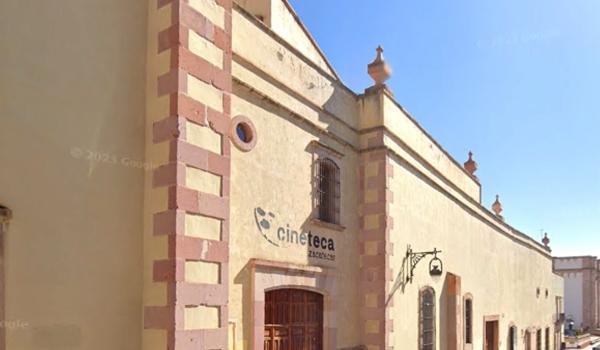
Cineteca Zacatecas
This 18th-century building was once part of the former Mint House of Zacatecas. Today, it houses the Cineteca Zacatecas, a cultural venue dedicated to cinema.
Cineteca Zacatecas
This 18th-century building was once part of the former Mint House of Zacatecas. Today, it houses the Cineteca Zacatecas, a cultural venue dedicated to cinema. The reuse of this historic structure reflects the city's commitment to preserving its architectural heritage while promoting contemporary artistic expression.
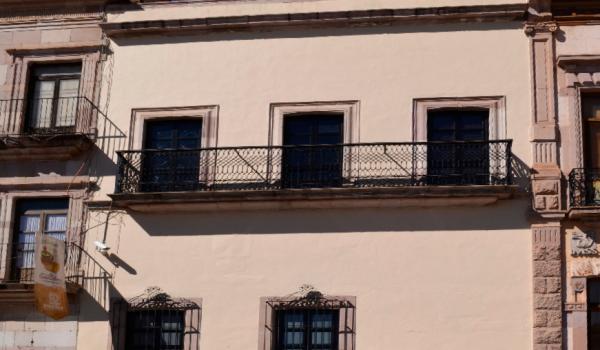
Former House of Composer Genaro Codina
This 18th-century building is the birthplace of the distinguished composer Genaro Codina, best known for writing the Marcha de Zacatecas (Zacatecas March).
Former House of Composer Genaro Codina
This 18th-century building is the birthplace of the distinguished composer Genaro Codina, best known for writing the Marcha de Zacatecas (Zacatecas March). Today, the house stands as a testament to the cultural legacy of one of the most celebrated musicians in the history of Zacatecas.

Portal de Rosales
A 19th-century building, the Portal de Rosales was restored in the late 19th and early 20th centuries. Its elegant arches and historical presence make it a significant architectural landmark in the city’s urban landscape.
Portal de Rosales
A 19th-century building, the Portal de Rosales was restored in the late 19th and early 20th centuries. Its elegant arches and historical presence make it a significant architectural landmark in the city’s urban landscape.
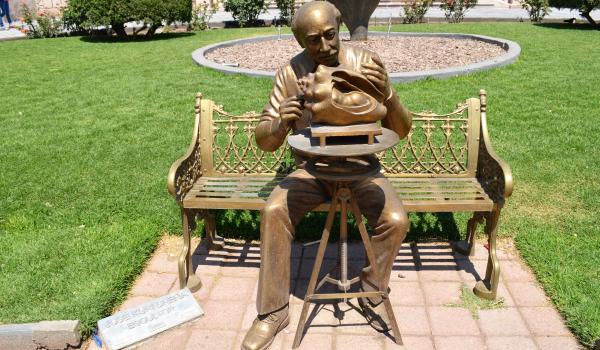
Francisco Goitia Museum
This 20th-century building was constructed in the 1940s at the request of the state governor, who commissioned architect Máximo Pedraja to design an official residence for the governors. The building was inaugurated in 1948.
n>
Francisco Goitia Museum
This 20th-century building was constructed in the 1940s at the request of the state governor, who commissioned architect Máximo Pedraja to design an official residence for the governors. The building was inaugurated in 1948. Starting in 1962, it housed distinguished visitors and some areas were repurposed as public offices, earning it the name Casa del Pueblo (House of the People).
In 1978, the Government of Zacatecas and the National Institute of Fine Arts (INBA) transformed the building into a museum dedicated to showcasing Zacatecan art, naming it after the painter Francisco Goitia.
The museum exhibits works by prominent Zacatecan artists such as José Kuri Breña, Rafael Coronel, Manuel Felguérez, Pedro Coronel, and Francisco Goitia.

n>
Old Soap Factory
A 20th-century building composed of three sections.
Plaza de Santo Domingo
The houses located in front of the Jesuit temple and college had fallen into ruin. Doña Isabel Rosa Catarina Ceballos Villegas, Countess of San Mateo, exchanged one of her own properties in order to donate the land to the Jesuits.
Plaza de Santo Domingo
The houses located in front of the Jesuit temple and college had fallen into ruin. Doña Isabel Rosa Catarina Ceballos Villegas, Countess of San Mateo, exchanged one of her own properties in order to donate the land to the Jesuits. After the Jesuits were expelled from New Spain in 1767, the Dominicans took over the complex, and the area became a public square named Plaza de Santo Domingo in reference to their presence.

Former Franciscan Convent Complex of San Francisco – Rafael Coronel Museum
This 16th-century Franciscan complex was one of the earliest religious centers established to evangelize the native populations and support missions to the northern territories of New Spain.
Former Franciscan Convent Complex of San Francisco – Rafael Coronel Museum
This 16th-century Franciscan complex was one of the earliest religious centers established to evangelize the native populations and support missions to the northern territories of New Spain. The Franciscans arrived in the region under commission from Viceroy Luis de Velasco to carry out evangelization in the areas of Zacatecas and Durango. Their first convent was located where the Bishop’s Palace of Zacatecas now stands.
In 1567, the new complex was built and dedicated to the Immaculate Conception of the Blessed Virgin Mary. At the time, the Franciscan community consisted of fewer than forty friars. On December 7, 1648, the temple was devastated by a fire that left it in ruins and destroyed numerous altars and religious ornaments. Reconstruction began on March 10 of the following year, led by Fray Domingo de Arteaga. In the second half of the 18th century, Father Antonio de Mendigutia rebuilt the church, expanded the Chapel of Saint Anthony with an additional section, and added a dressing room for the image.
In 1856, the Law of Nationalization of Ecclesiastical Properties brought an end to the Franciscan mission. The temple remained in use until 1924, when part of the vaults in the nave collapsed.
In 1987, historian Federico Sescosse led a restoration effort that recovered the original dome, presbytery vault, and sacristy. Following its restoration, the complex was transformed into a museum, which opened on July 5, 1990. In 2010, the museum was expanded in both facilities and collection. Today, it houses over 5,000 traditional Mexican masks.
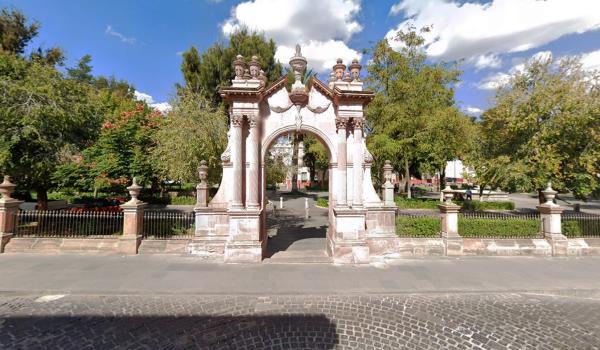
Alameda Trinidad García de la Cadena
This alameda has long been regarded as a majestic site, a promoter of family values and civic unity. Its origins date back to 1781, when the construction of a promenade in Zacatecas began, transforming it into a popular Sunday gathering spot.
Alameda Trinidad García de la Cadena
This alameda has long been regarded as a majestic site, a promoter of family values and civic unity. Its origins date back to 1781, when the construction of a promenade in Zacatecas began, transforming it into a popular Sunday gathering spot. In 1789, a group of merchants and miners planted poplars, willows, and mulberry trees, and installed a protective fence around the area.
In 1831, it was officially designated as an alameda, and its territory was expanded. A fountain was built in 1835. Following the death of Francisco García Salinas in 1841, a mausoleum was erected to house his remains. On the northwest side of the alameda, a water reservoir was constructed, fed by the Socavón de la Esperanza from the El Edén mine. In 1902, the original fountains and kiosk were replaced.
The space also inspired Genaro Codina, who composed the "Marcha Aréchiga," also known as the "Marcha de Zacatecas," regarded as Mexico’s second national anthem.
A complete renovation took place in 1940 under the direction of architect Roberto Álvarez Espinosa.
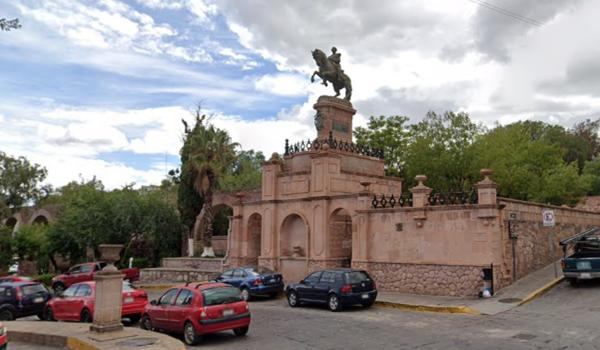
Enrique Estrada Park
A 19th-century green space, by 1894 it covered approximately 77,000 square meters. It was officially developed into a park during the 1950s, with the project led by master builder Juan José Martínez Calvillo.
Enrique Estrada Park
A 19th-century green space, by 1894 it covered approximately 77,000 square meters. It was officially developed into a park during the 1950s, with the project led by master builder Juan José Martínez Calvillo.

